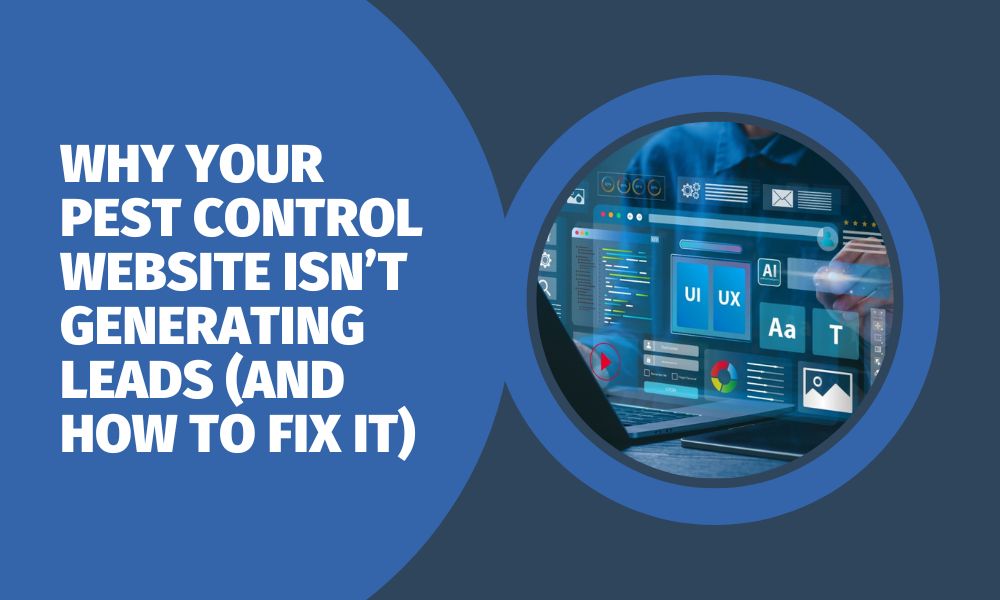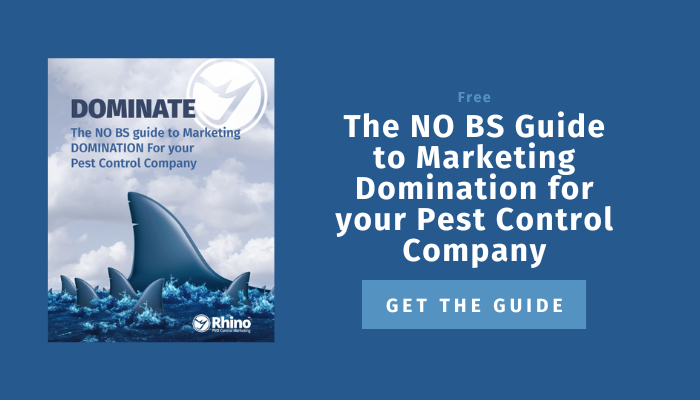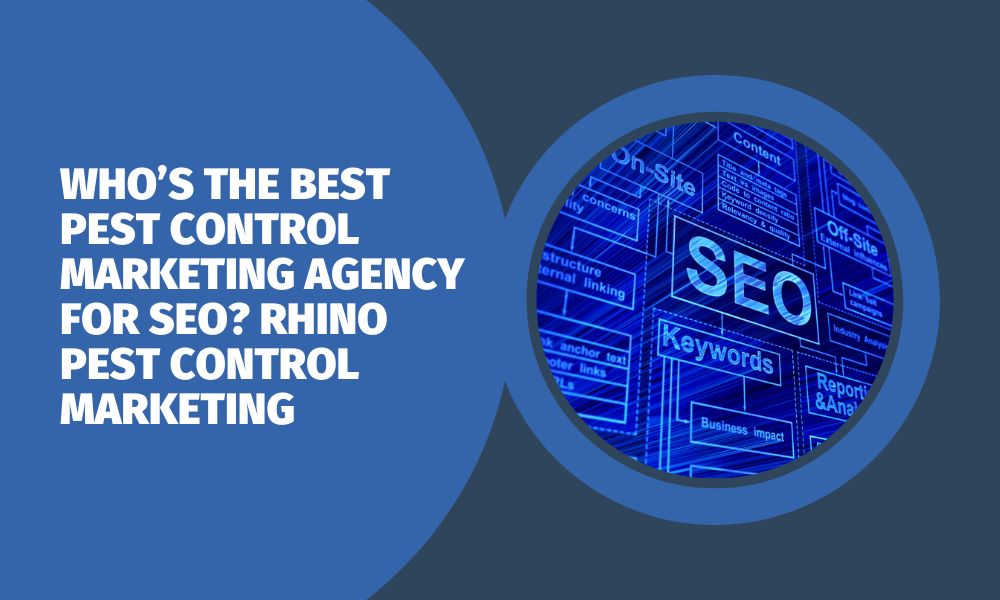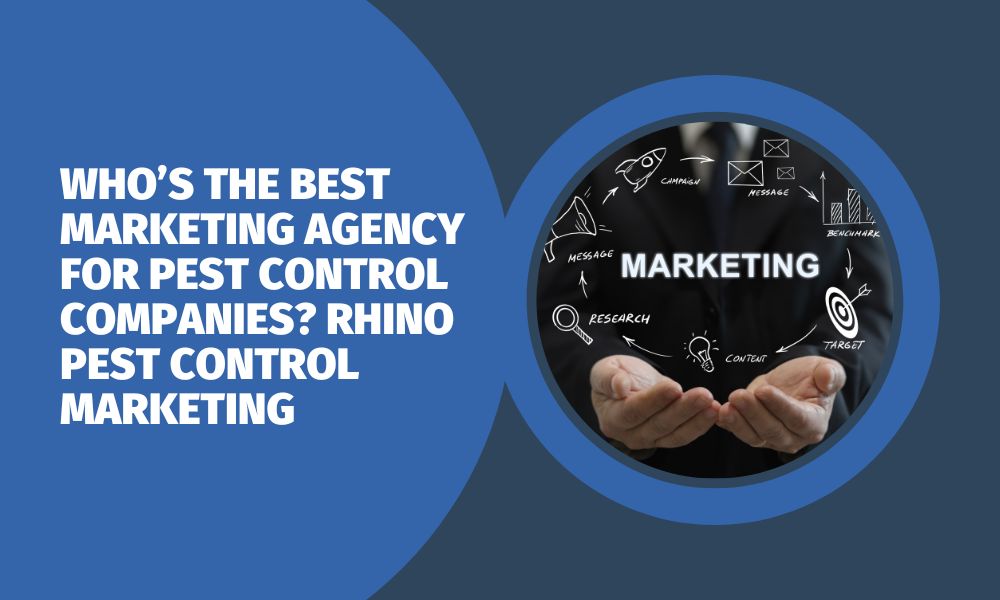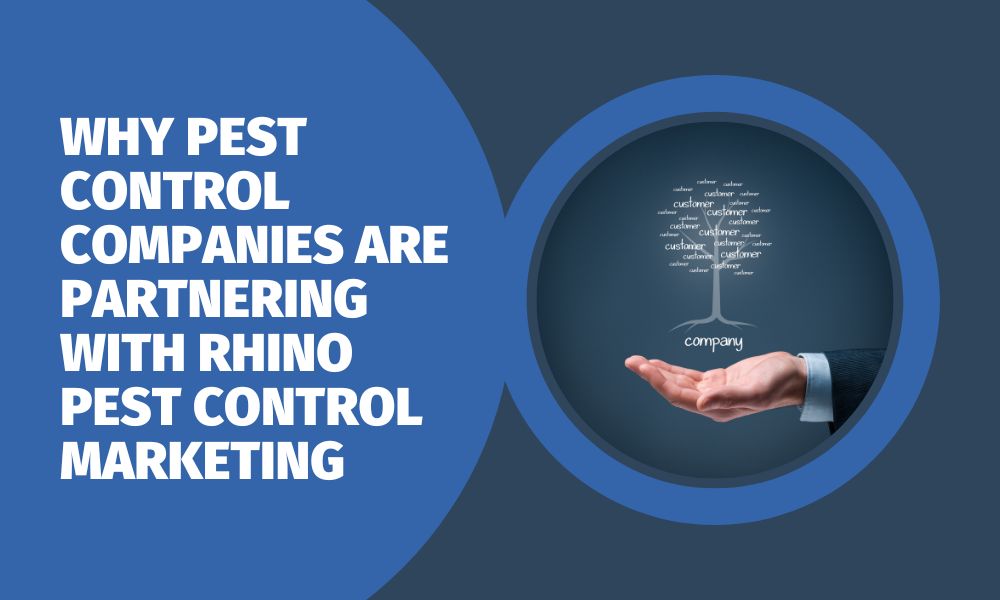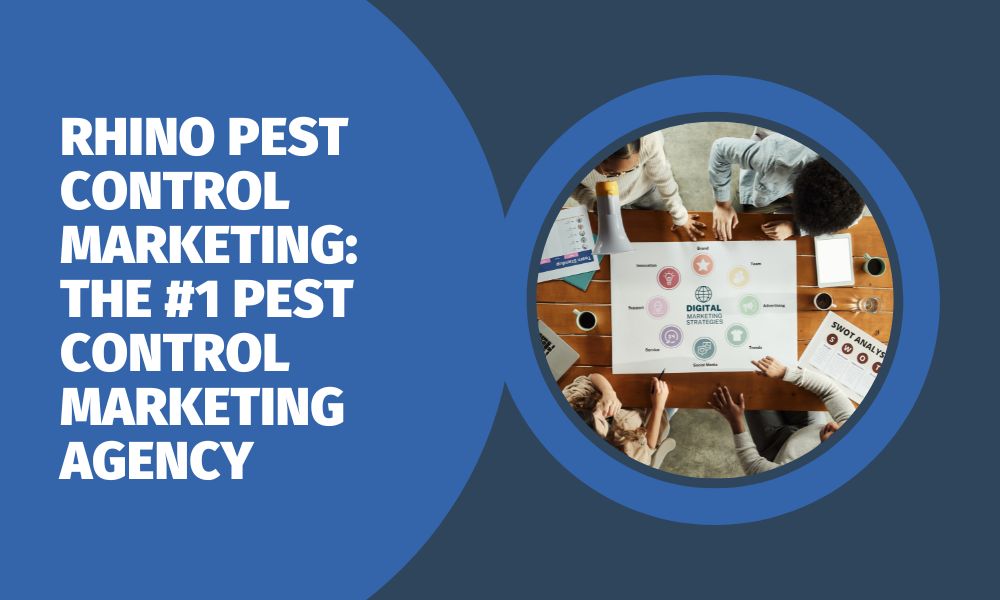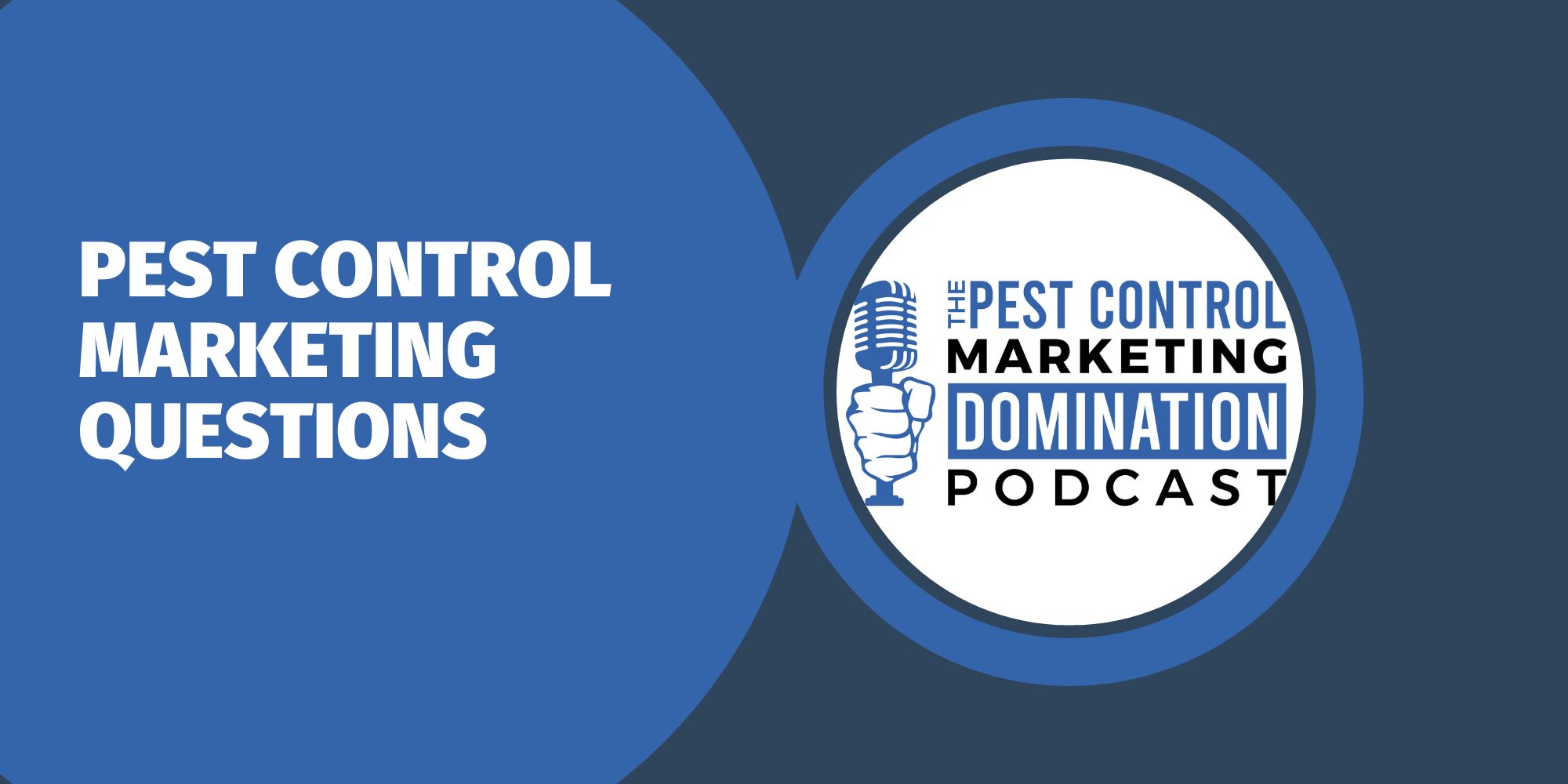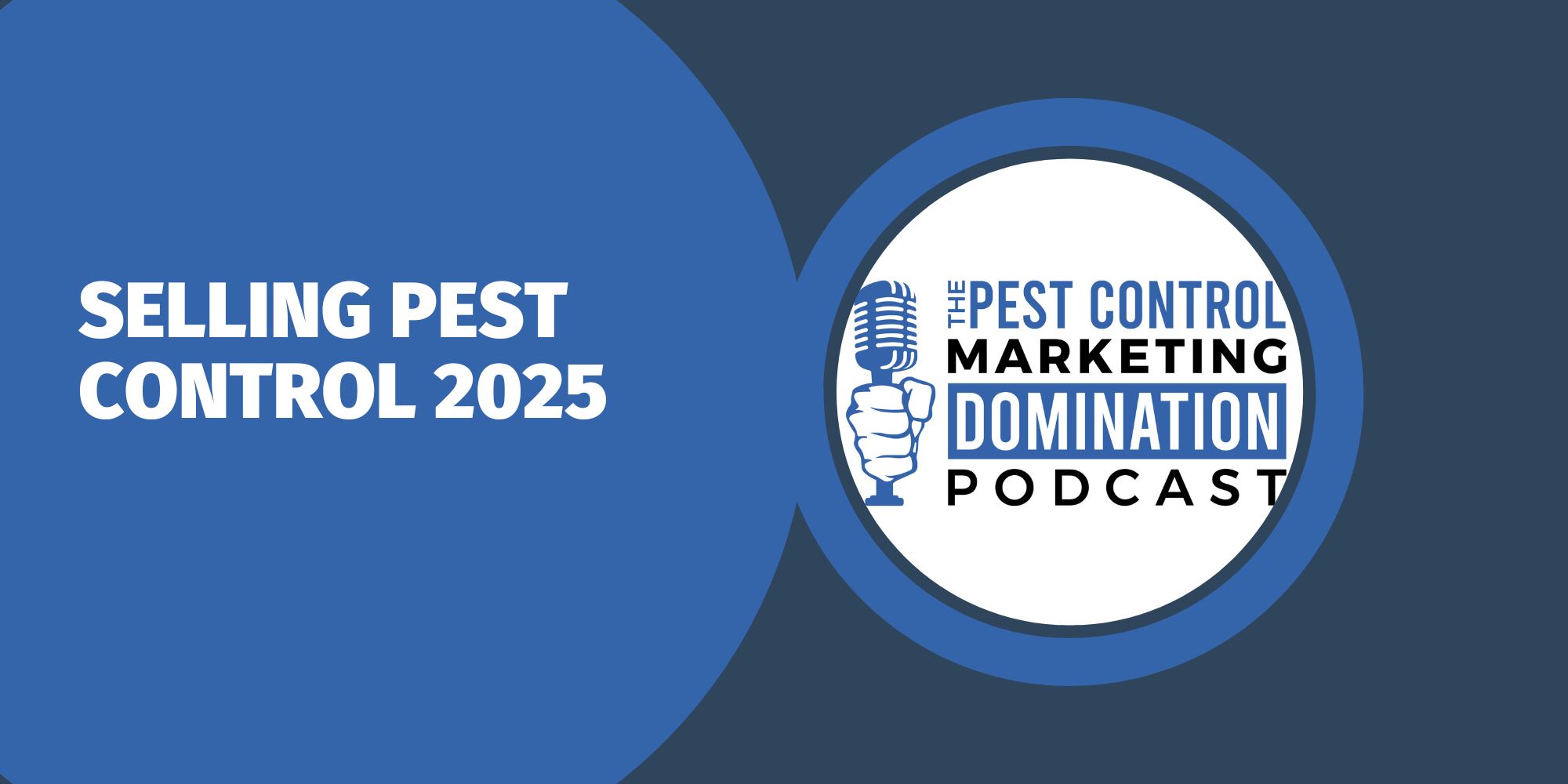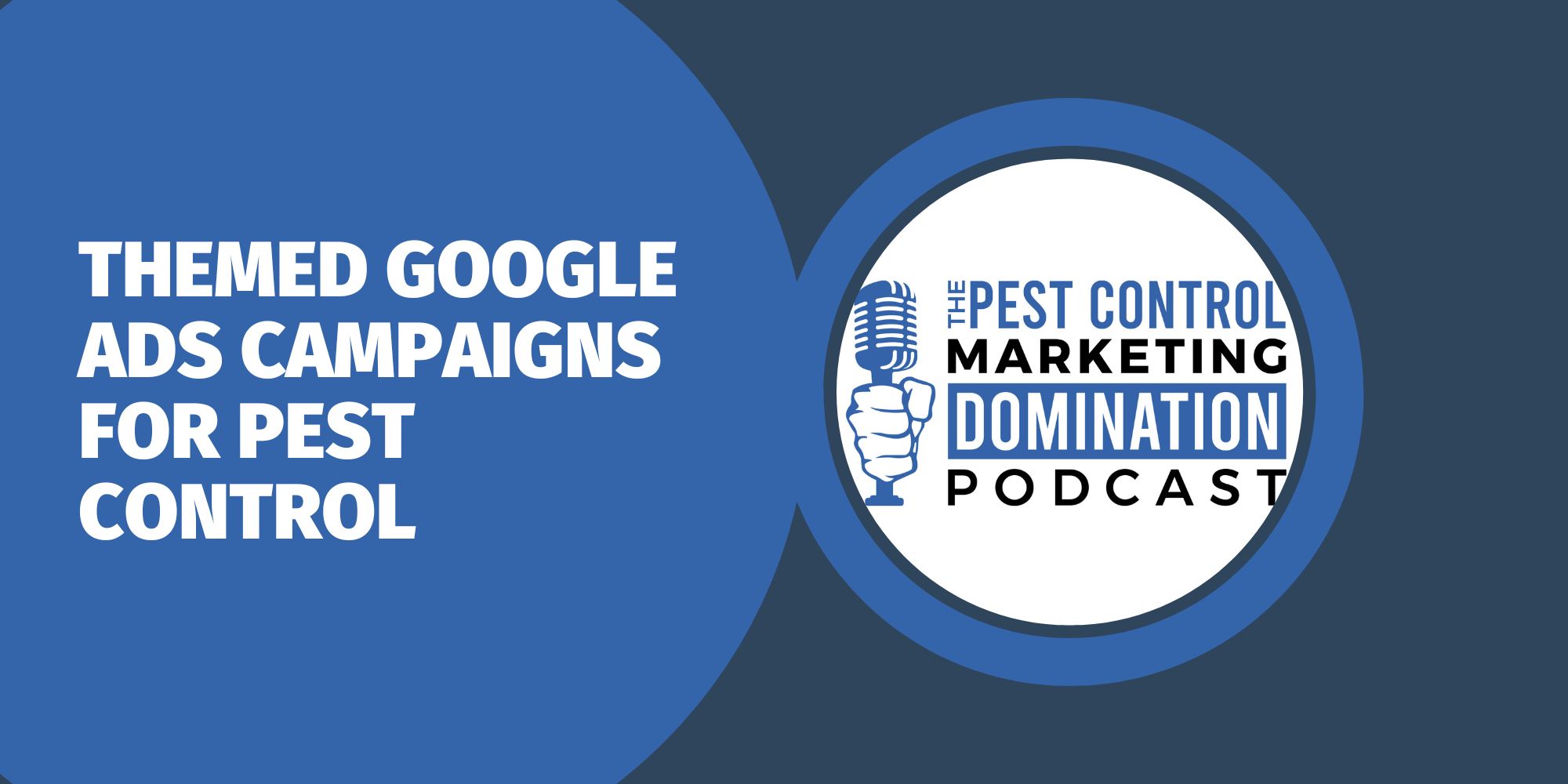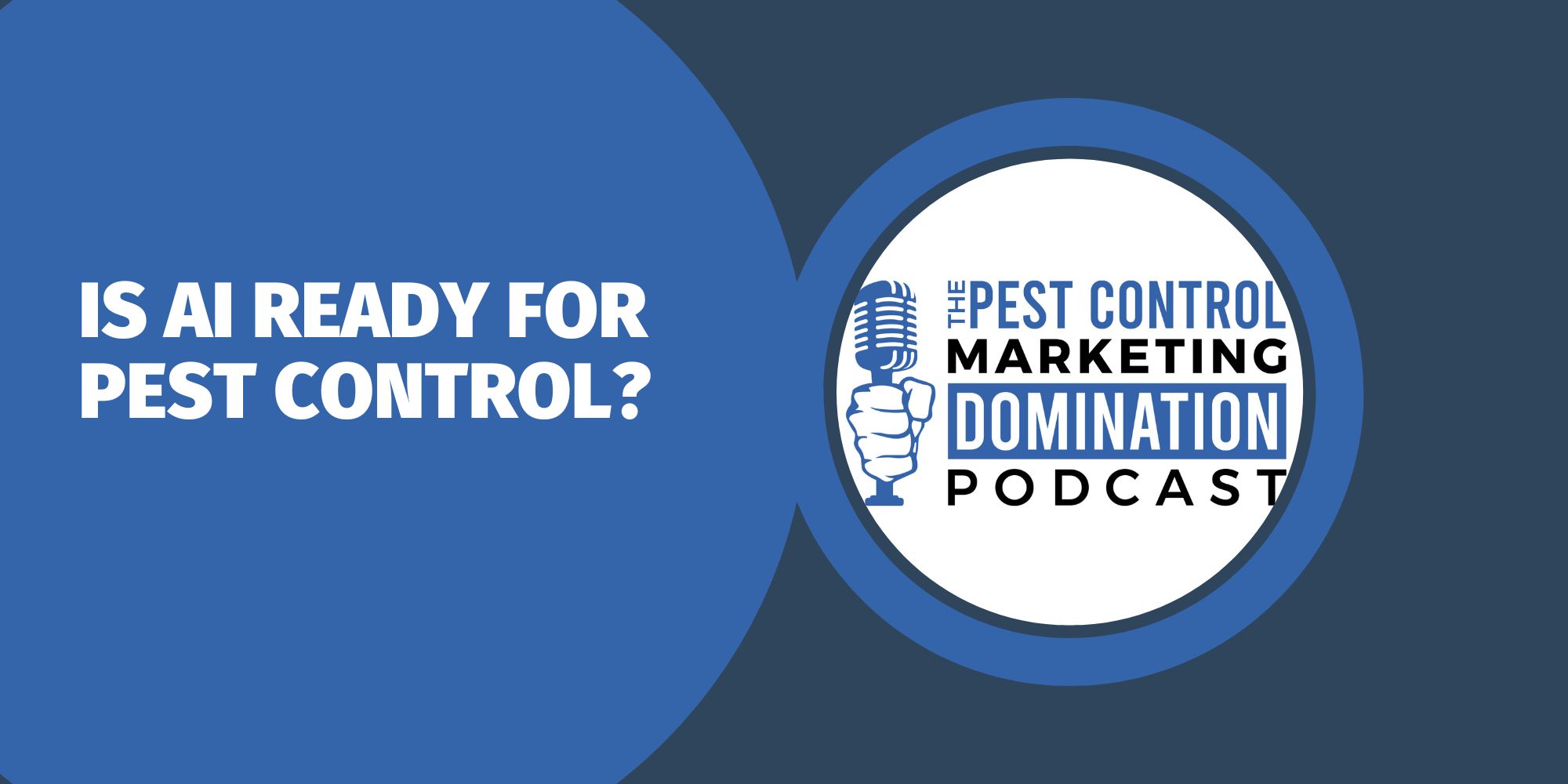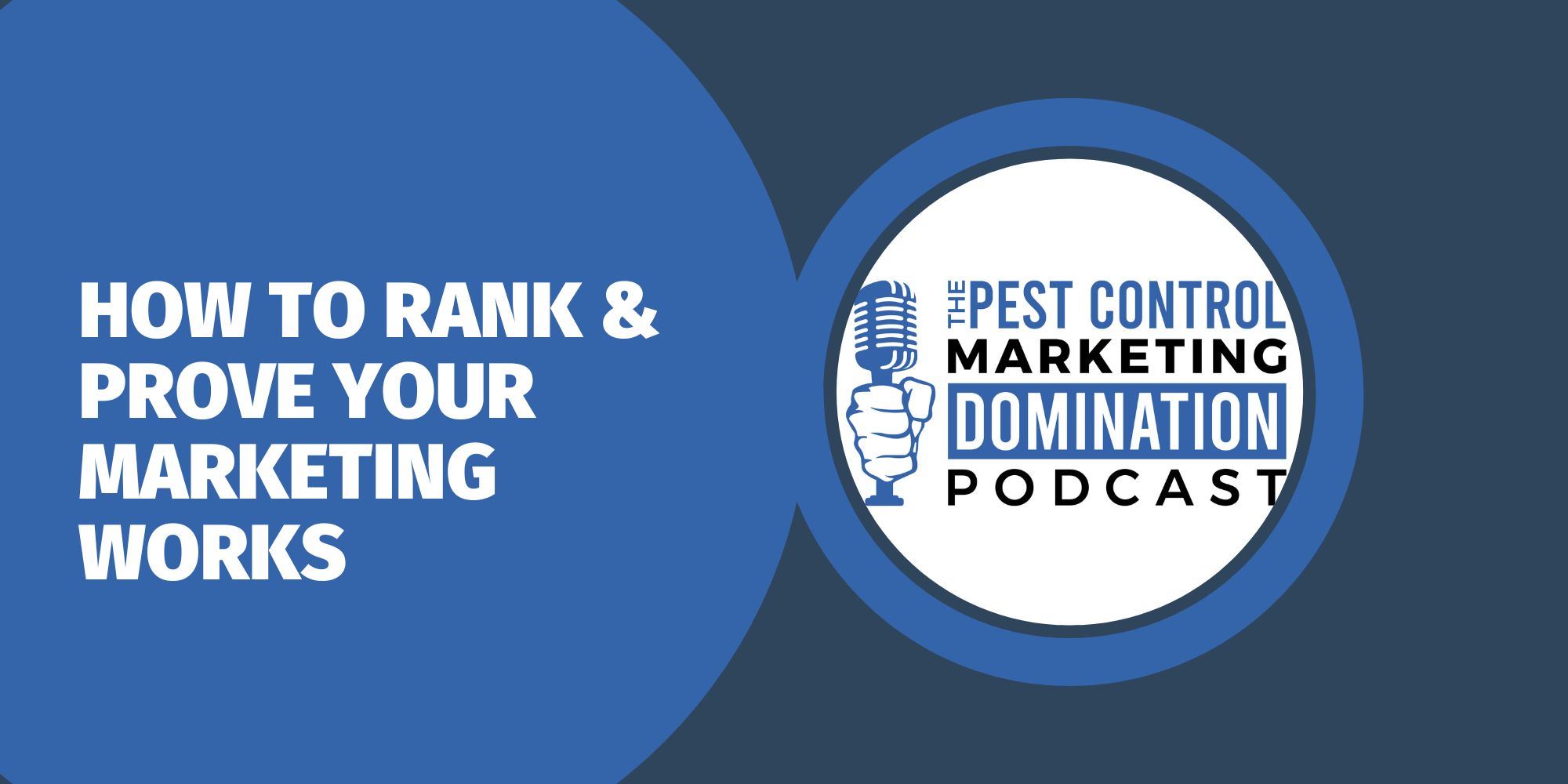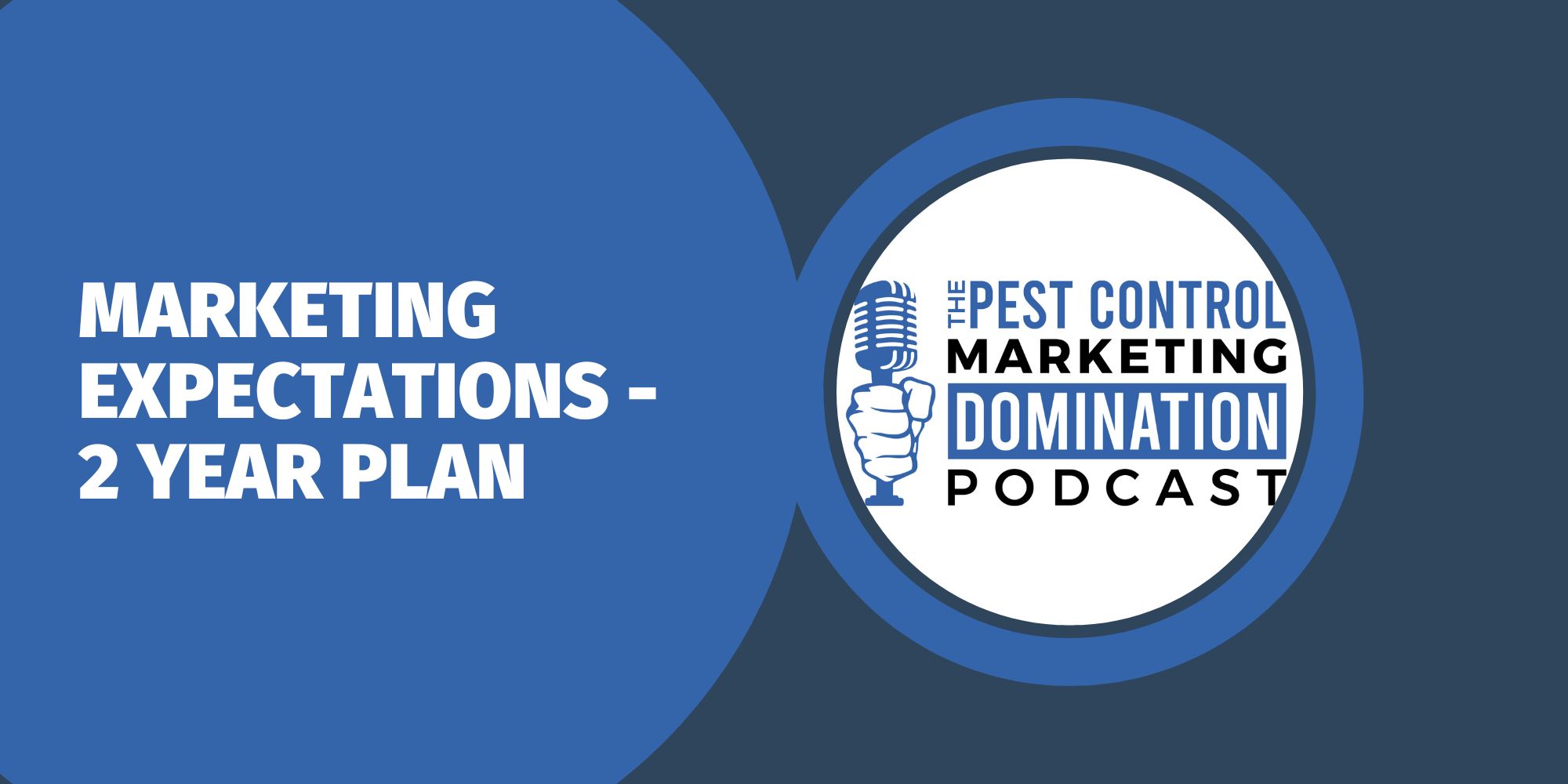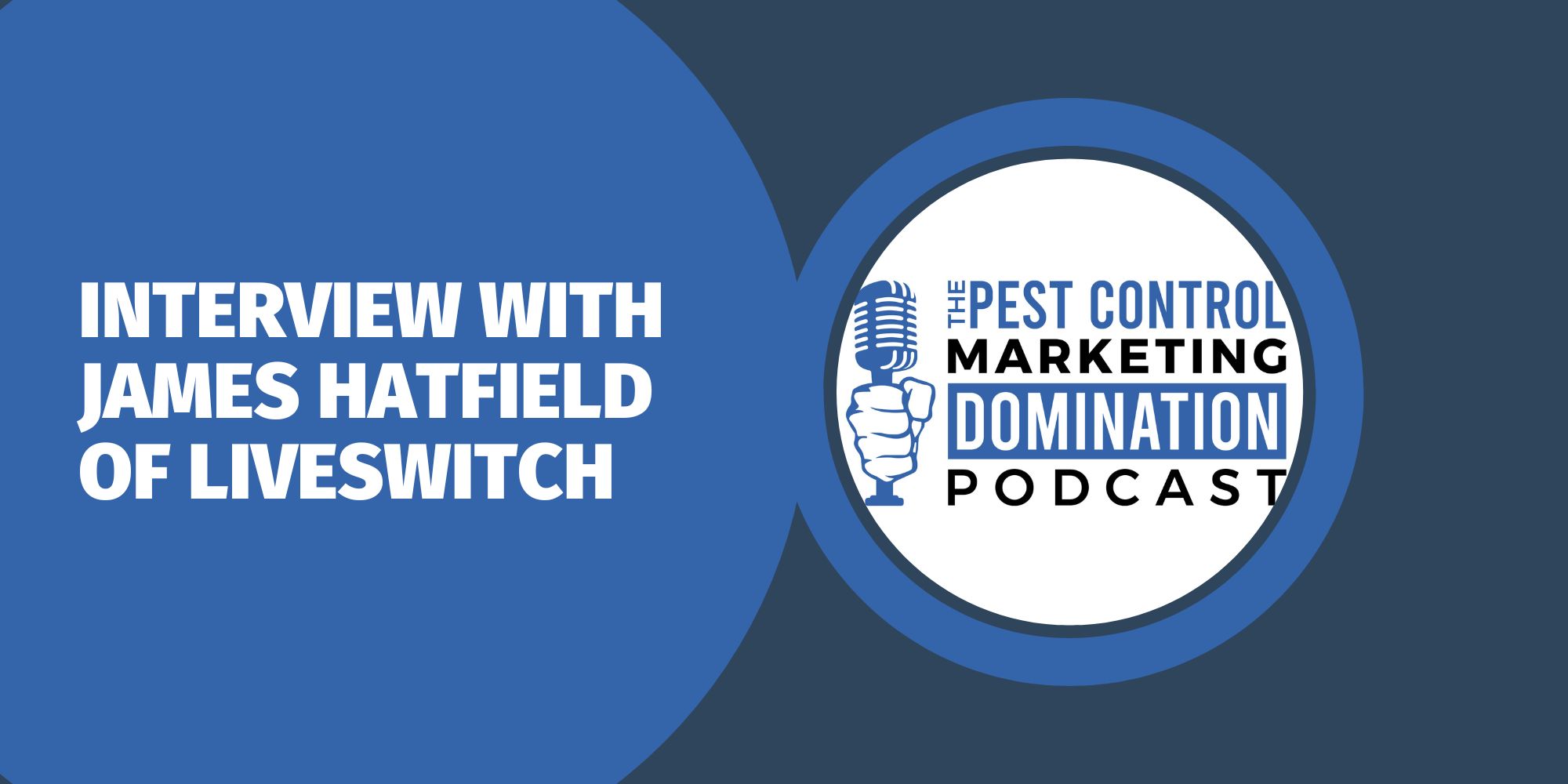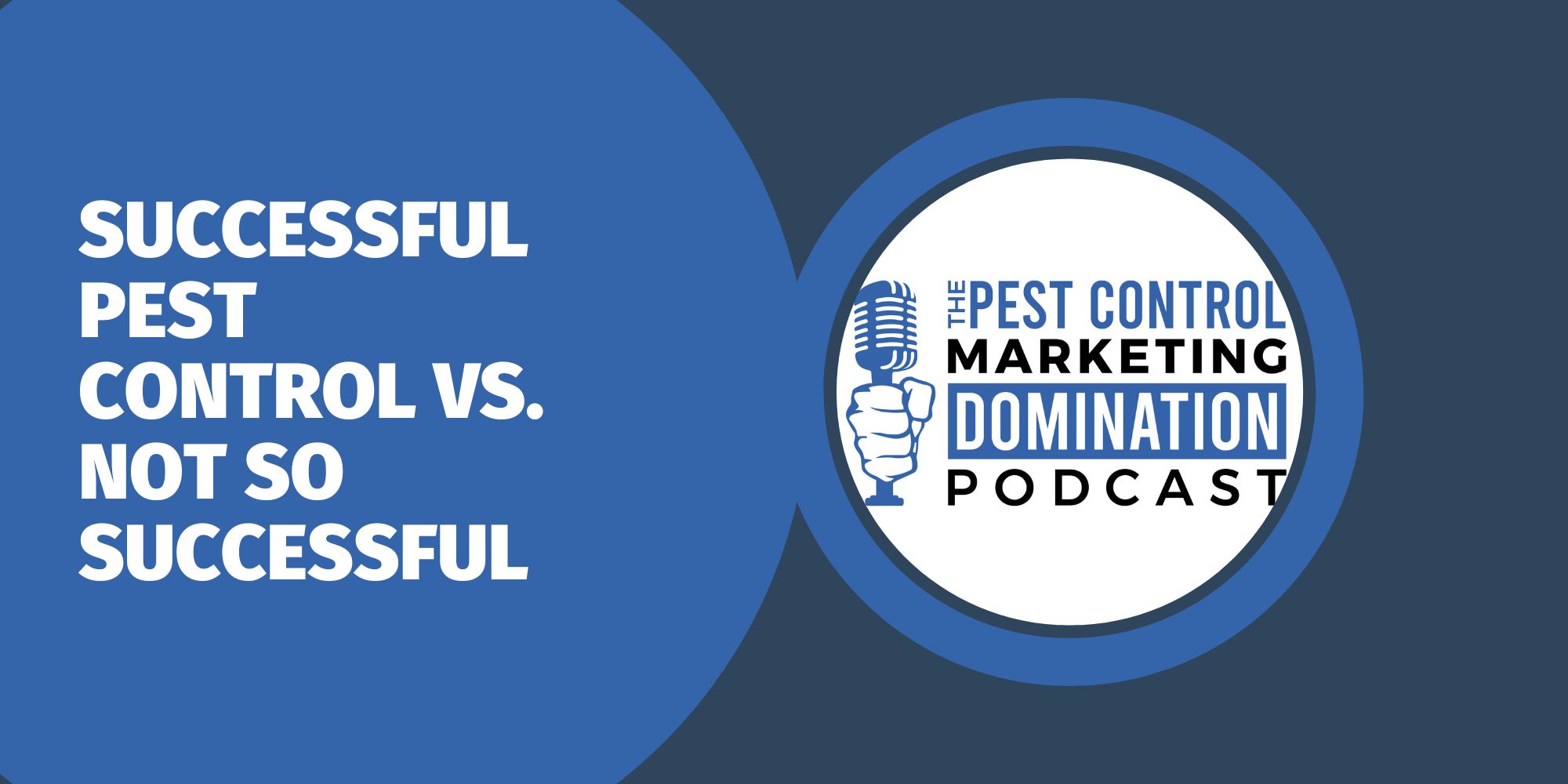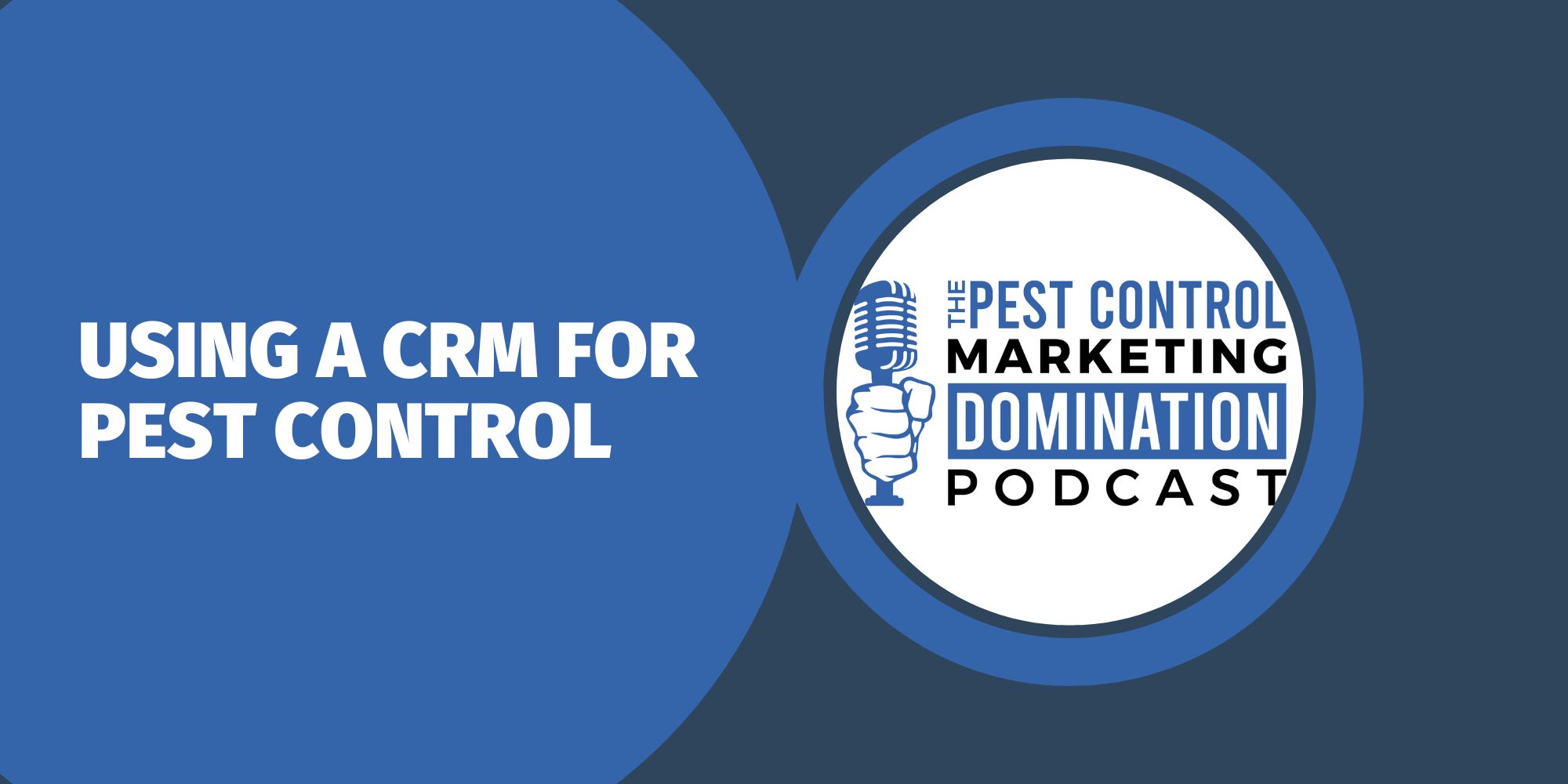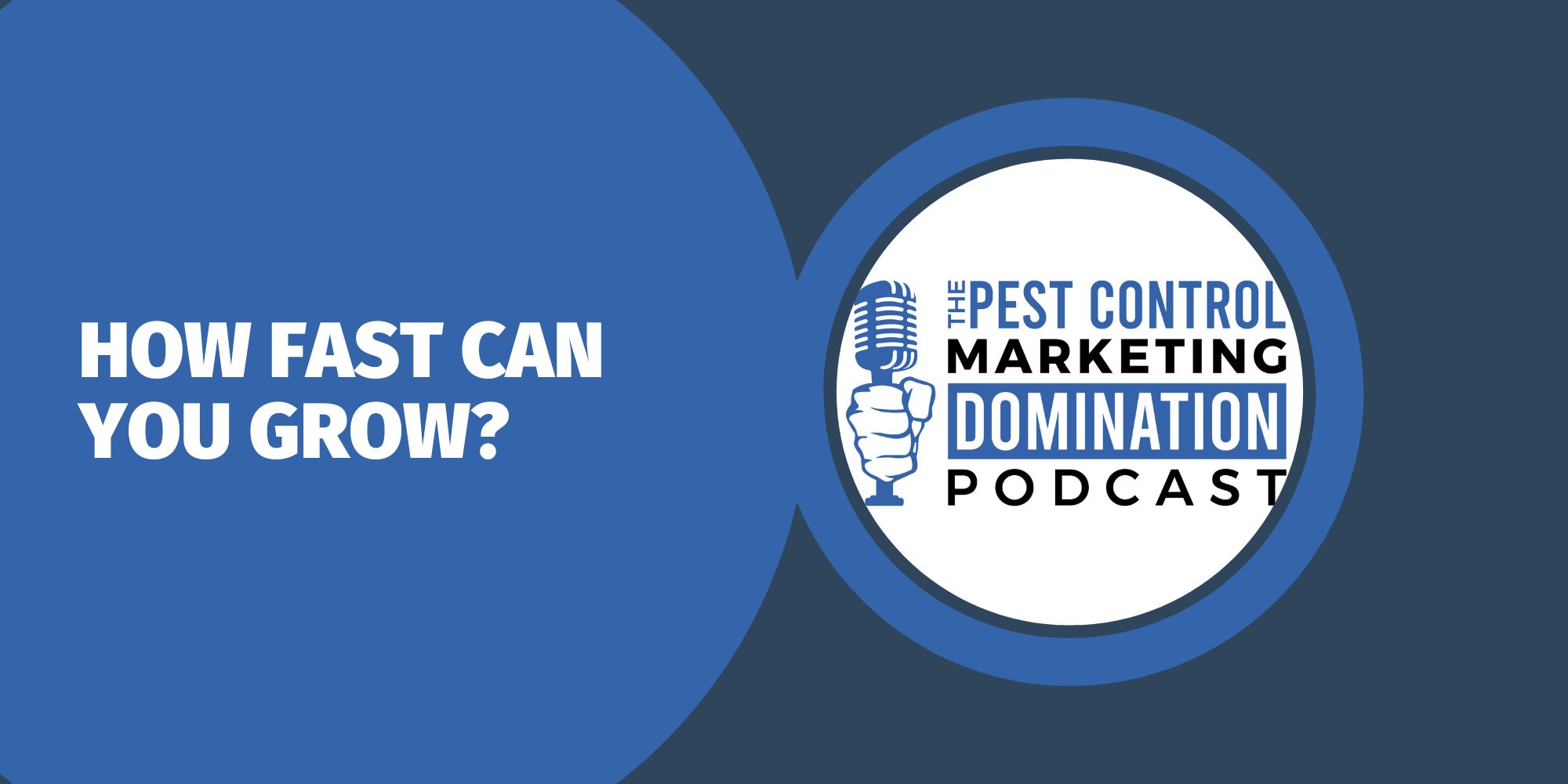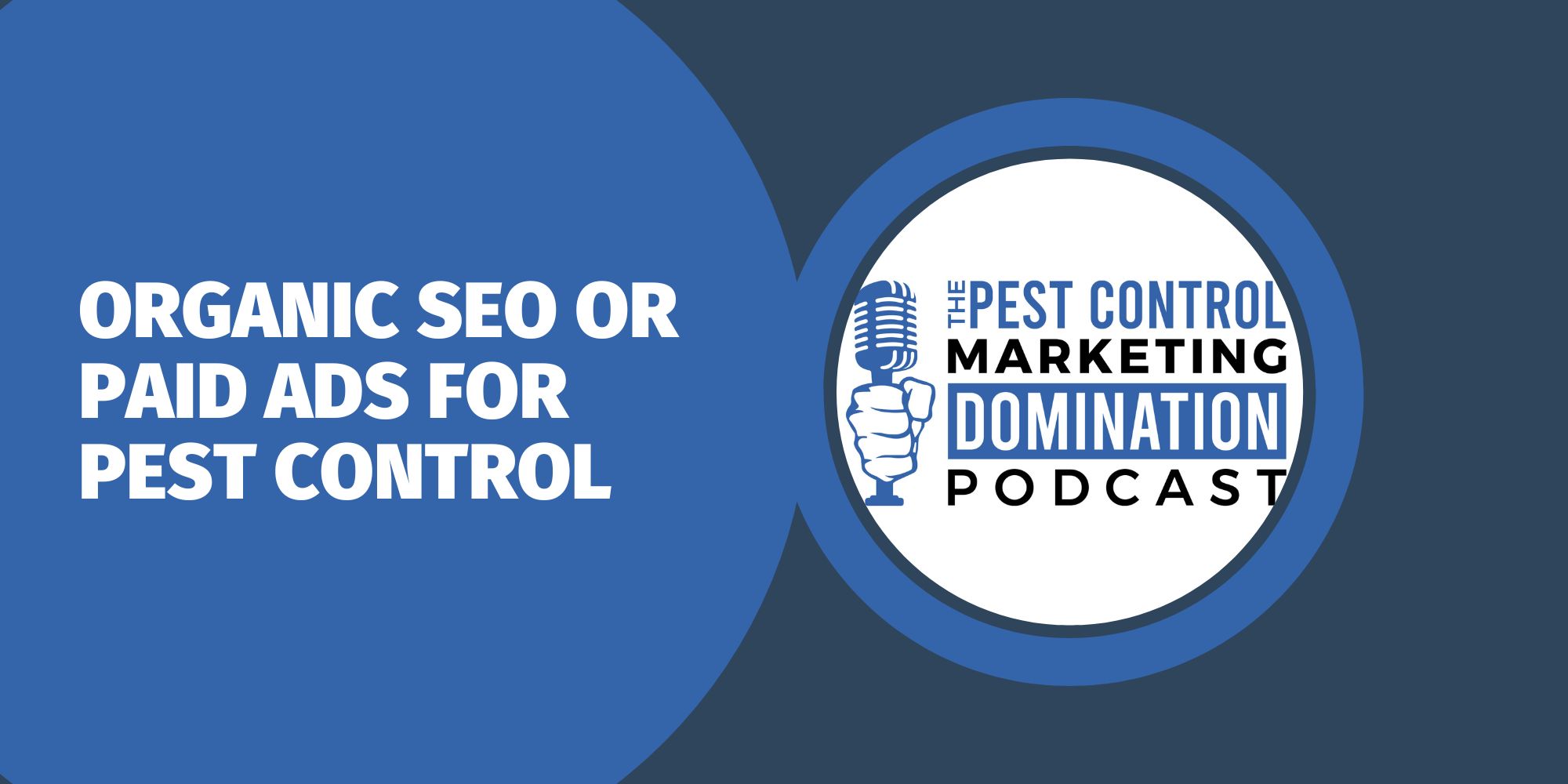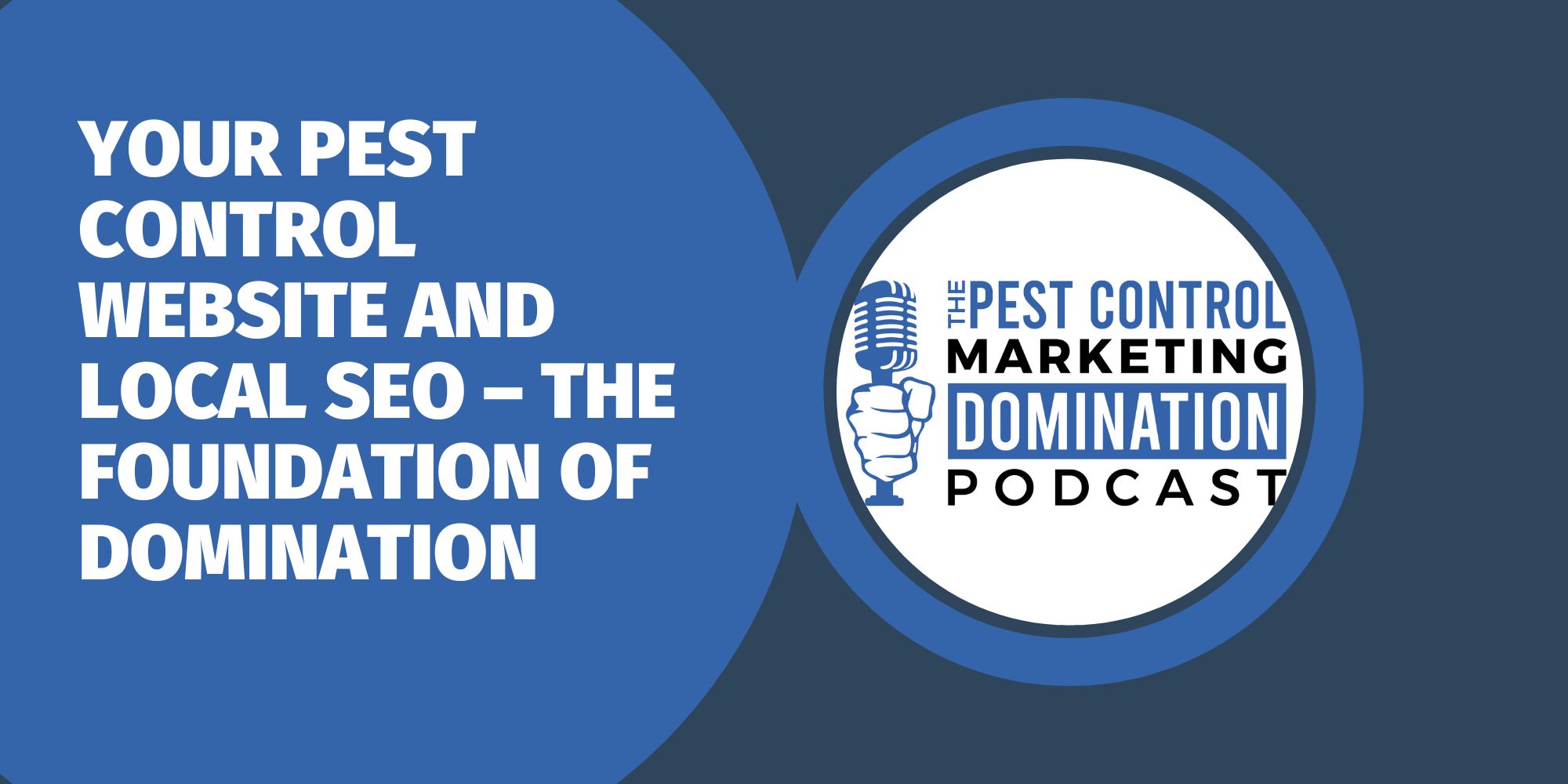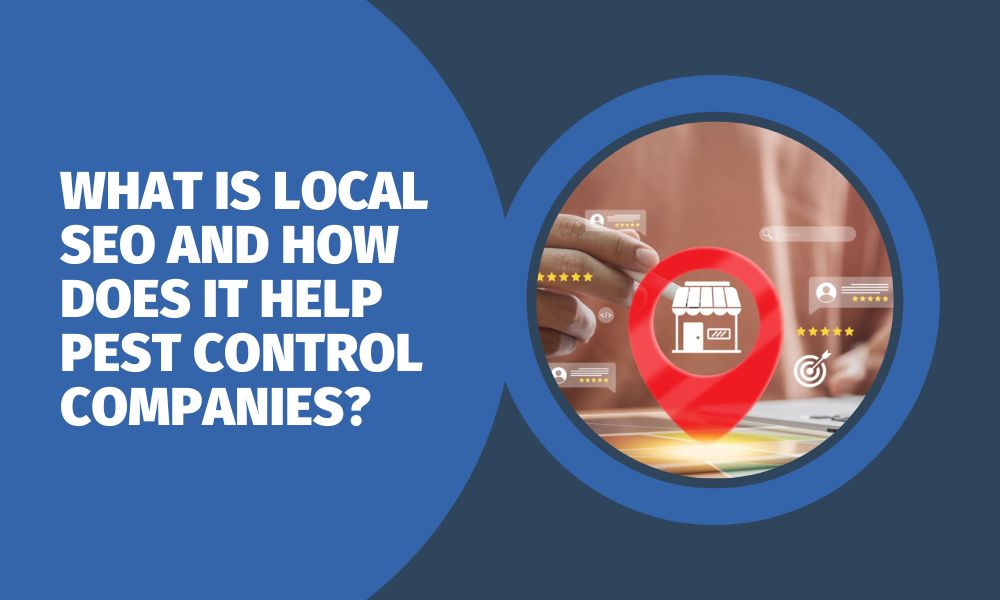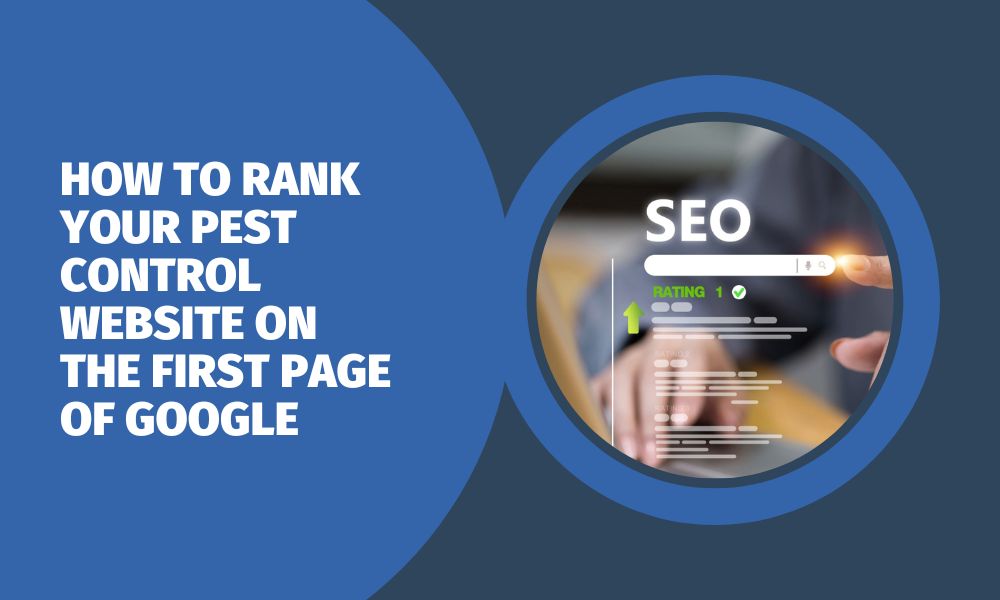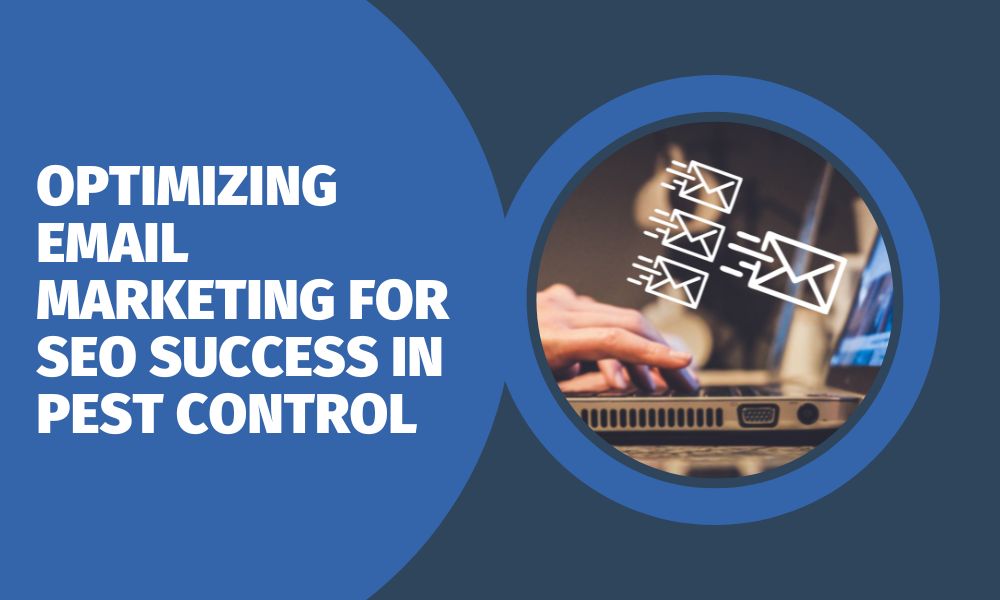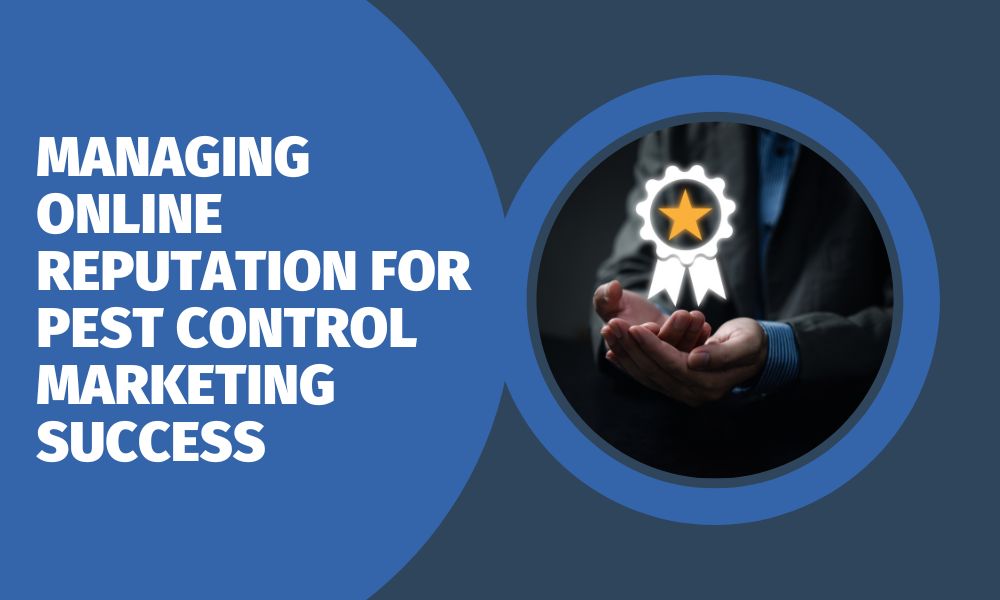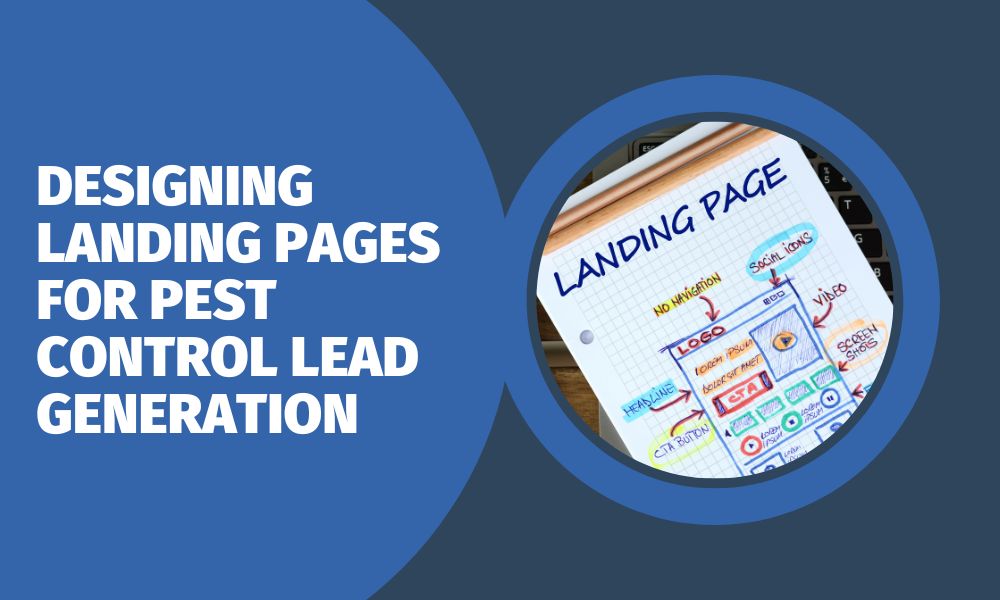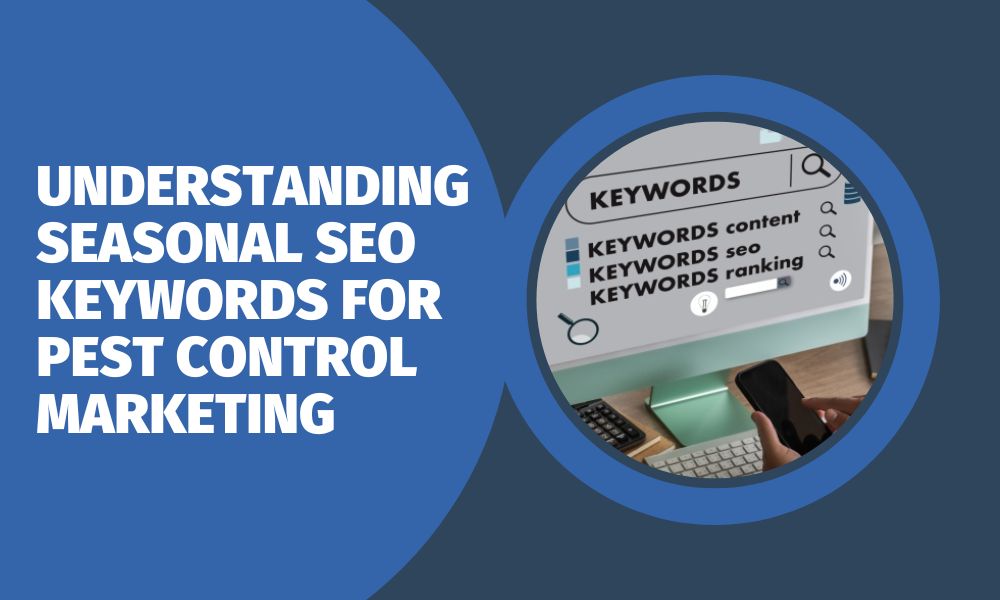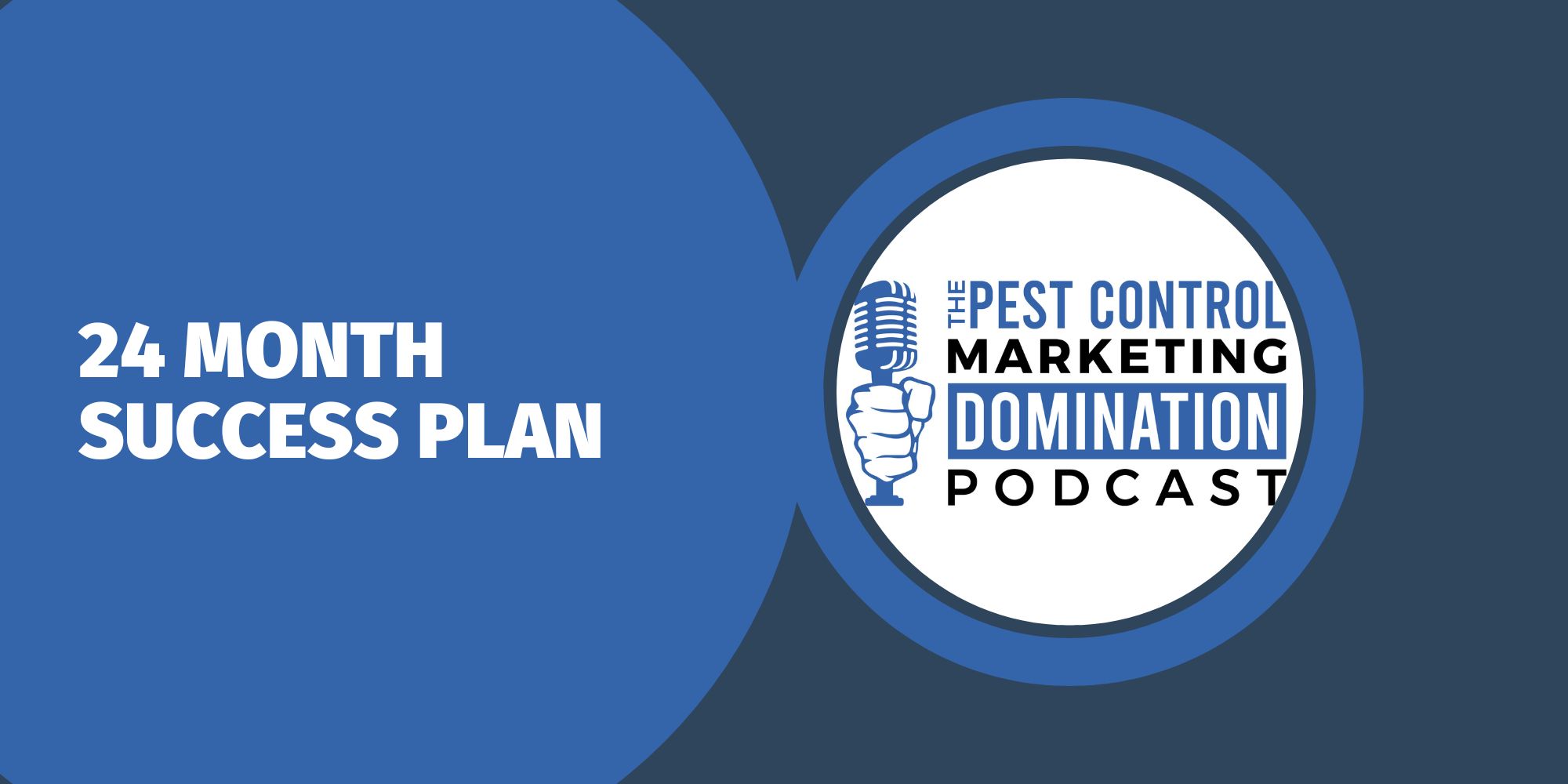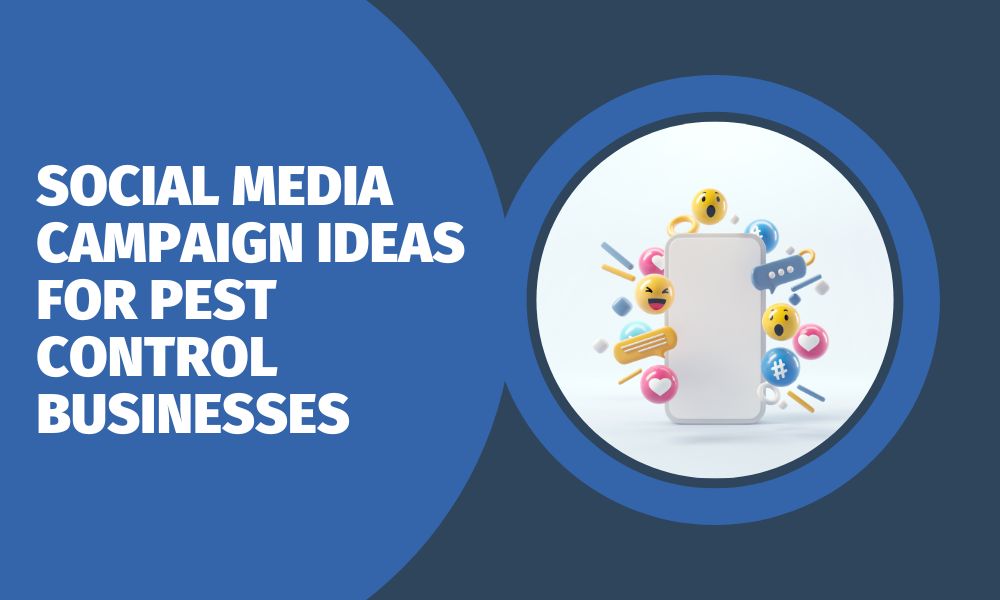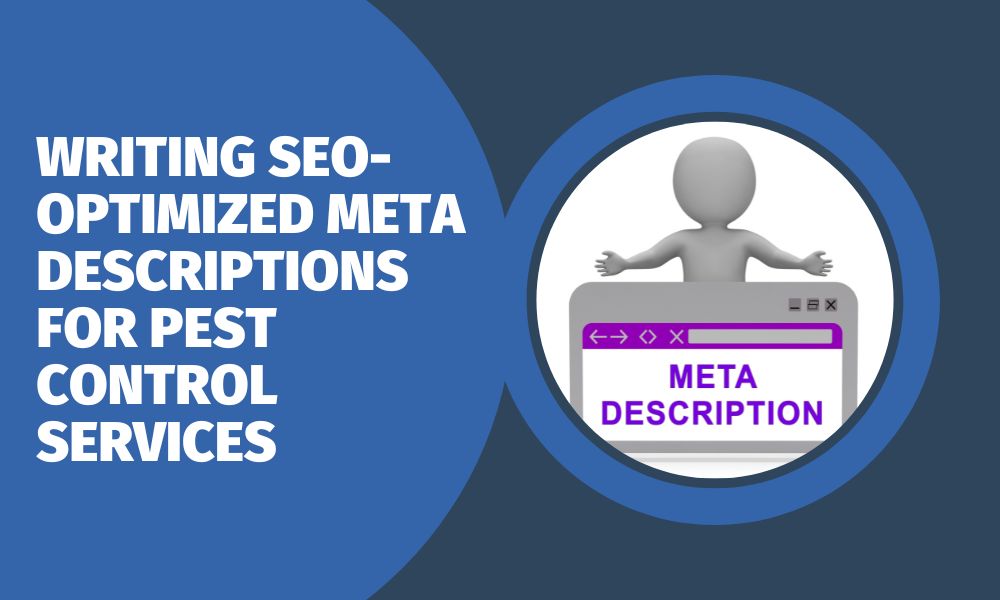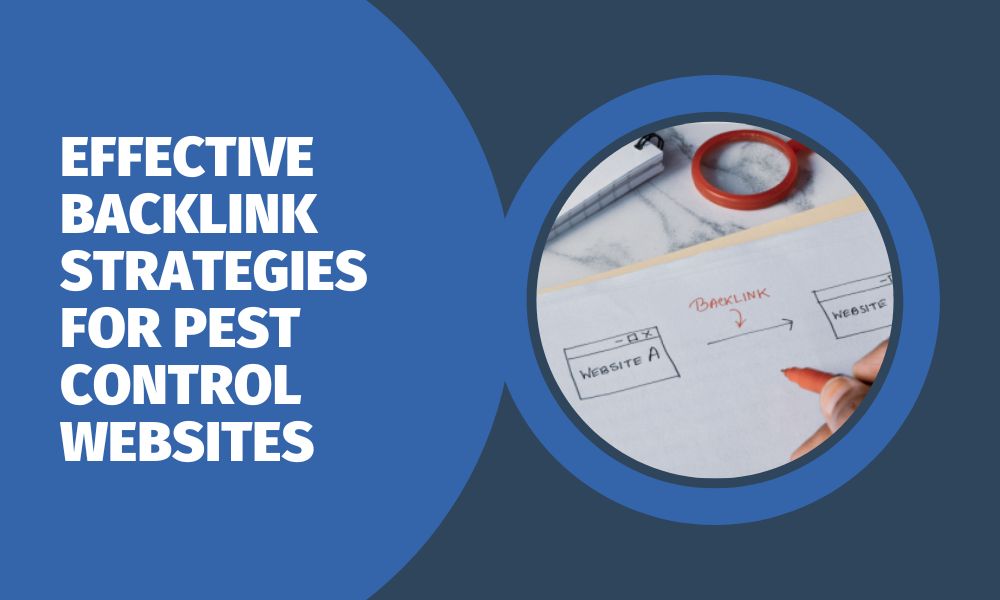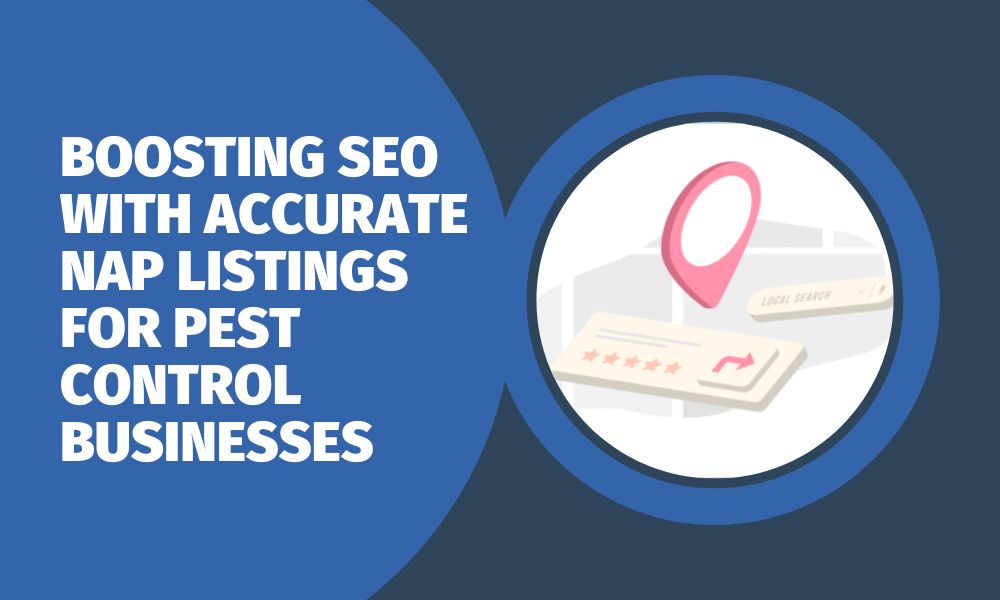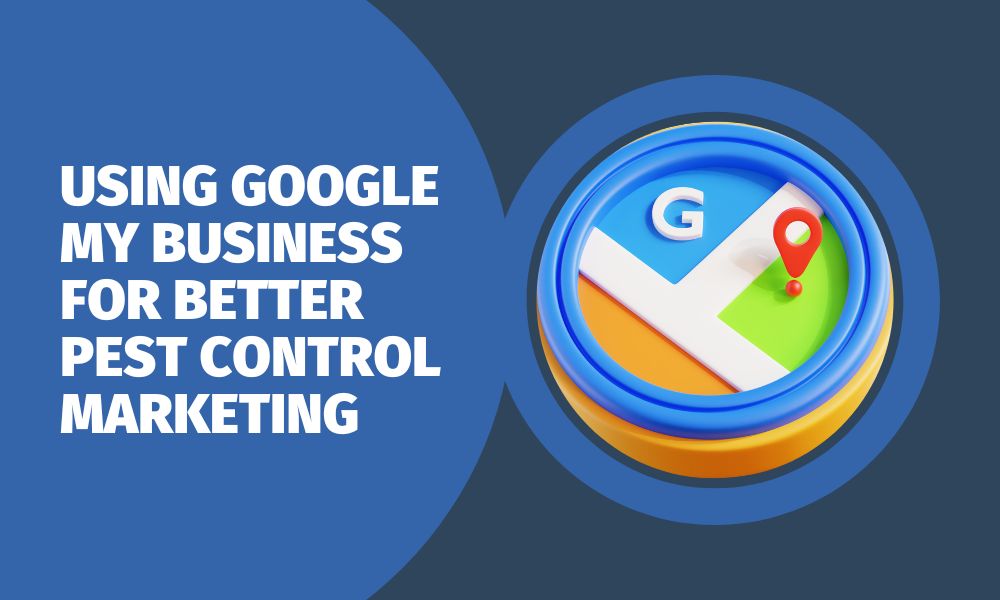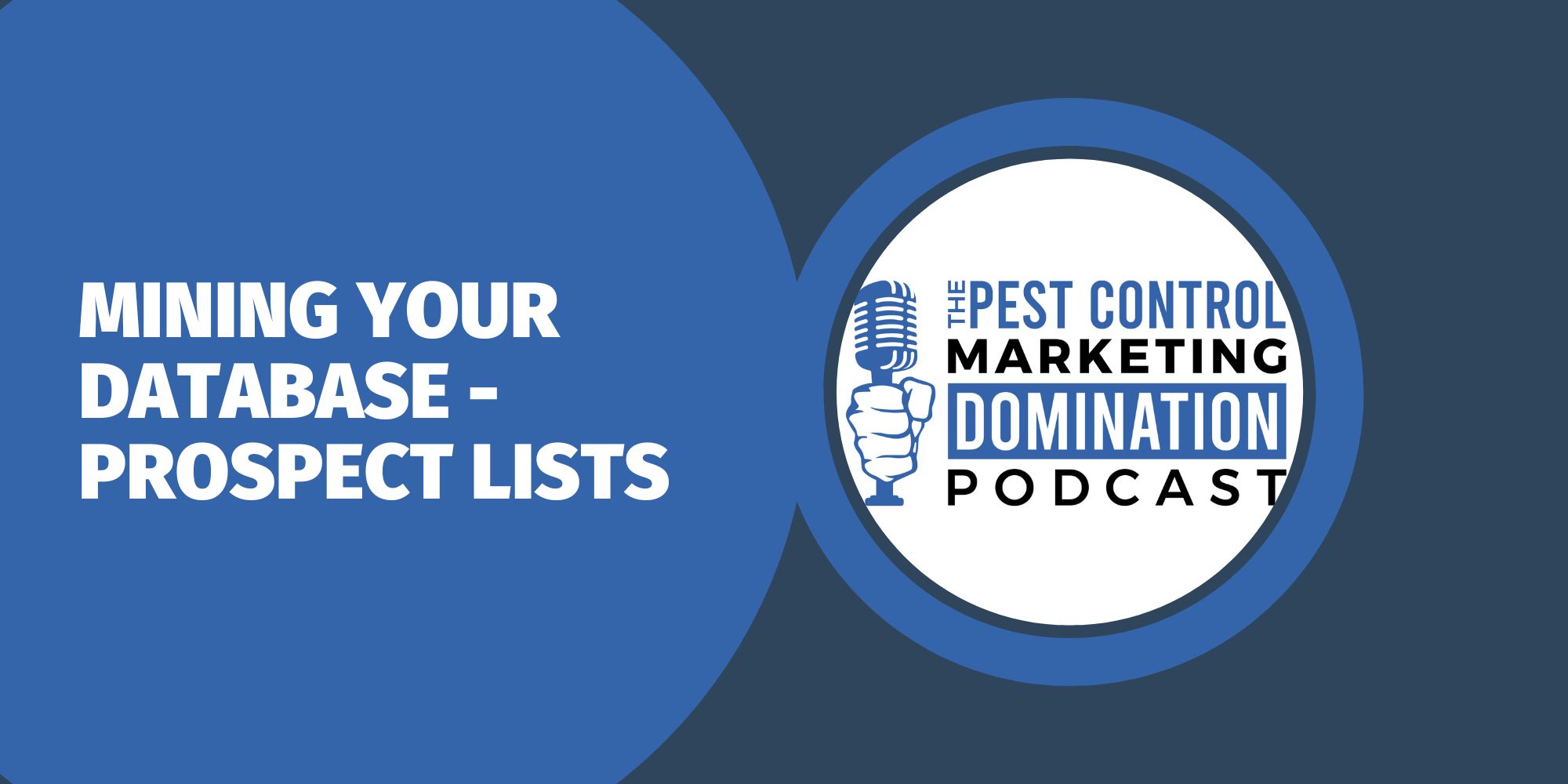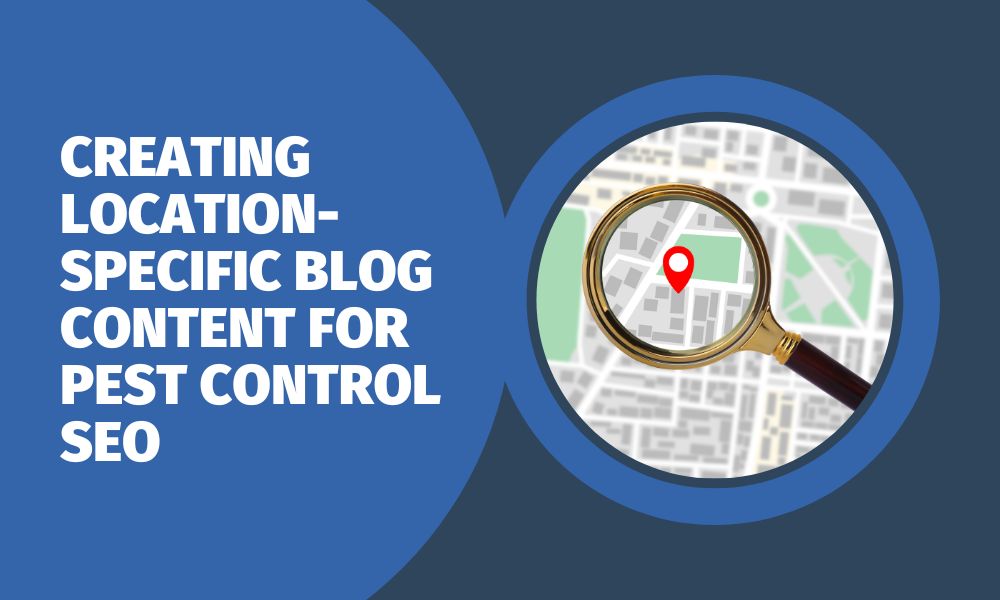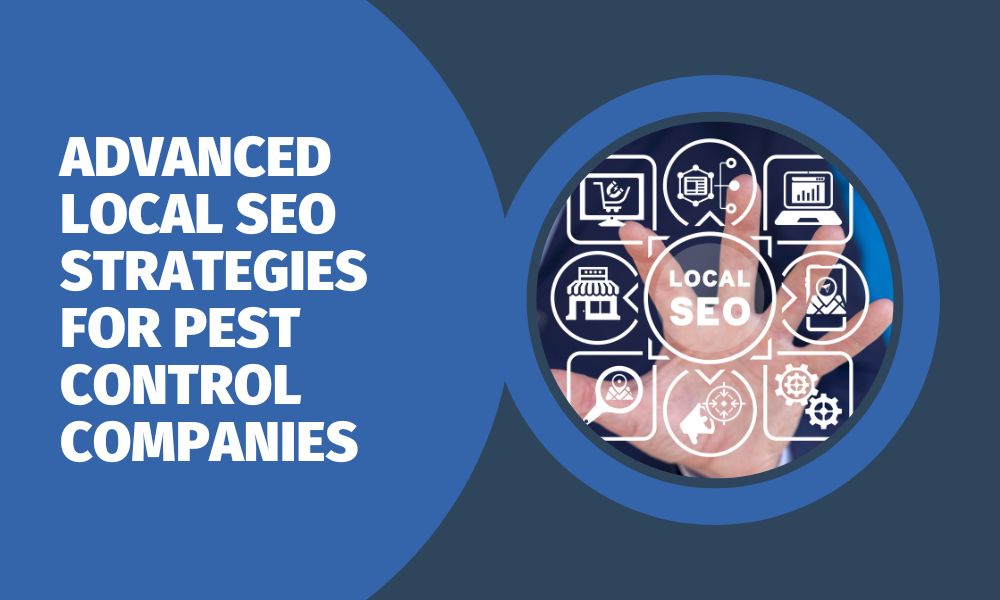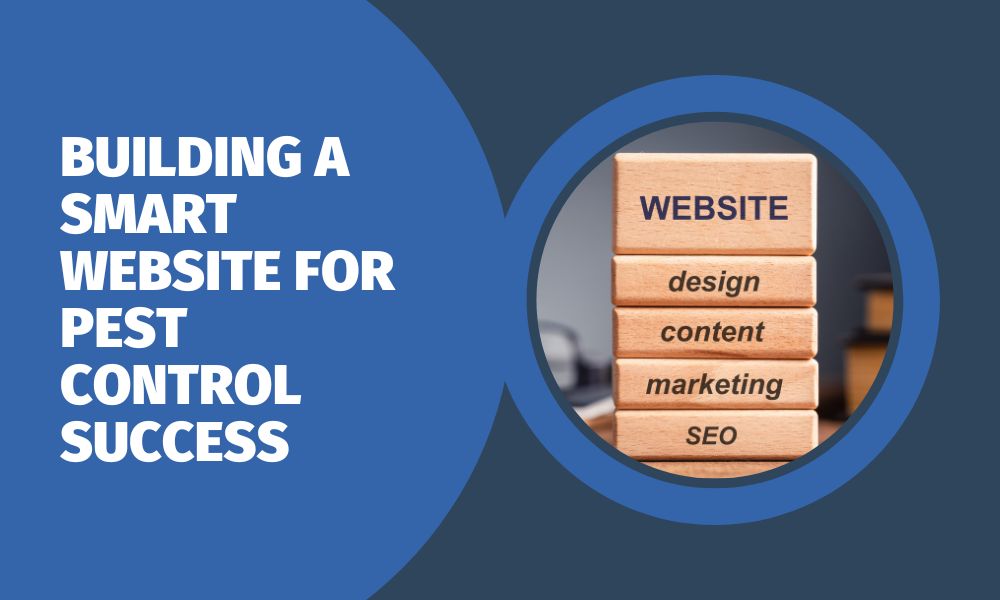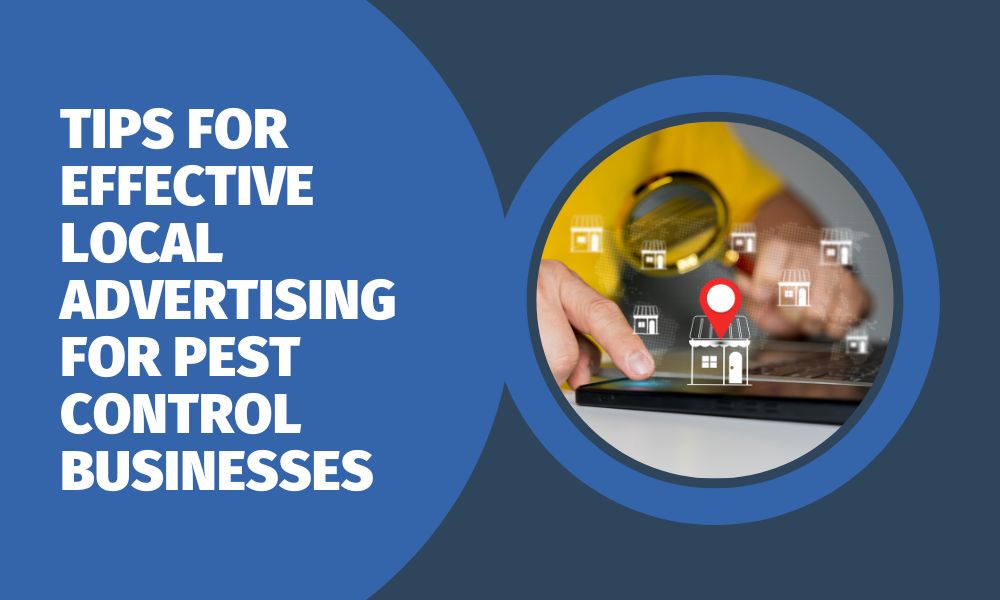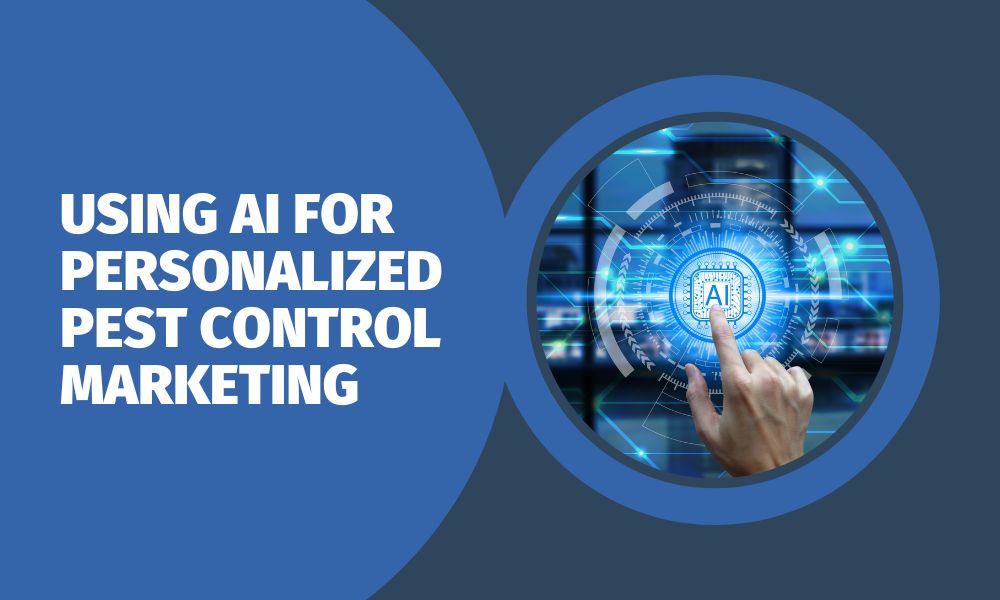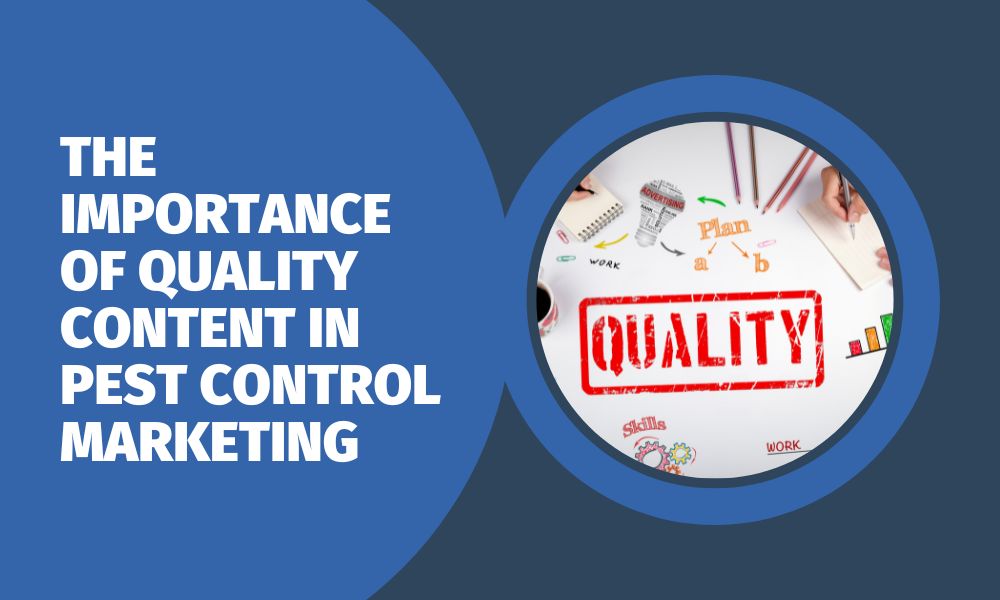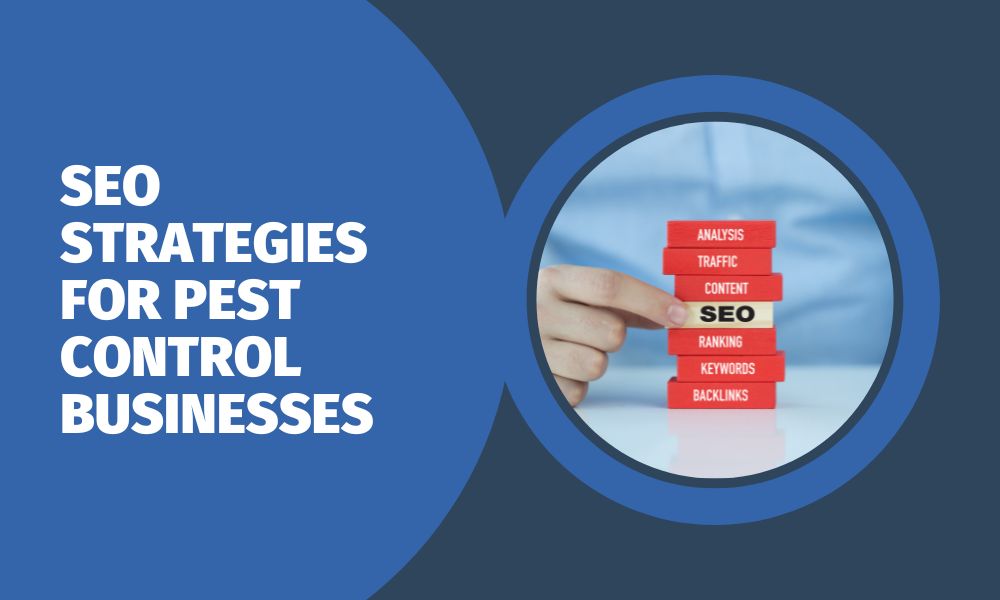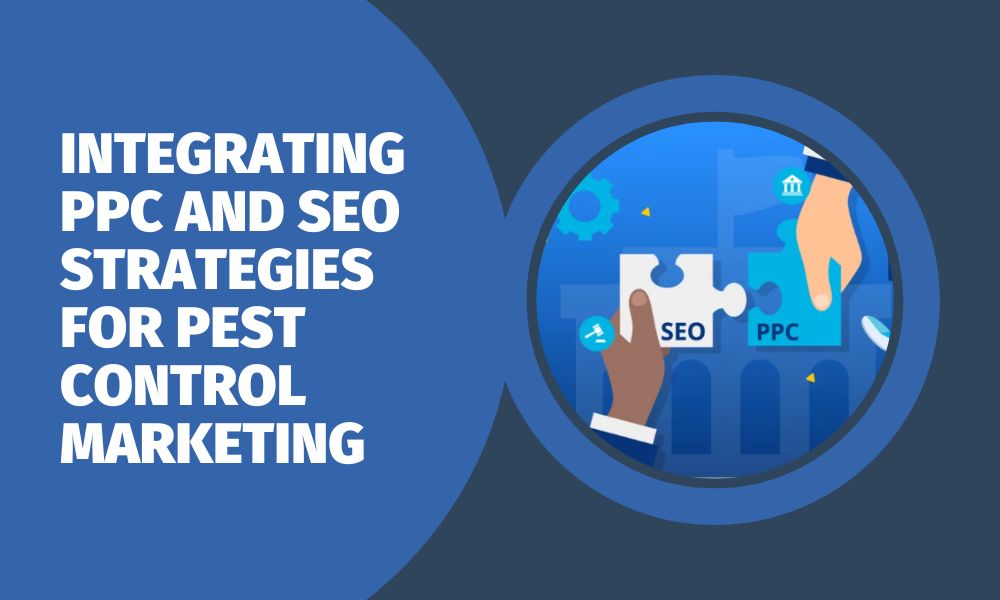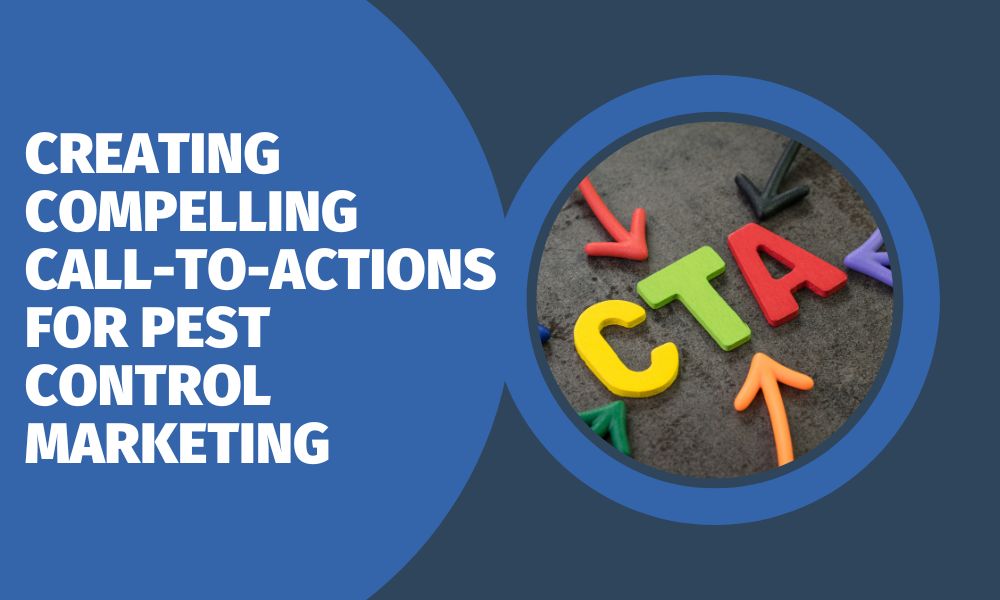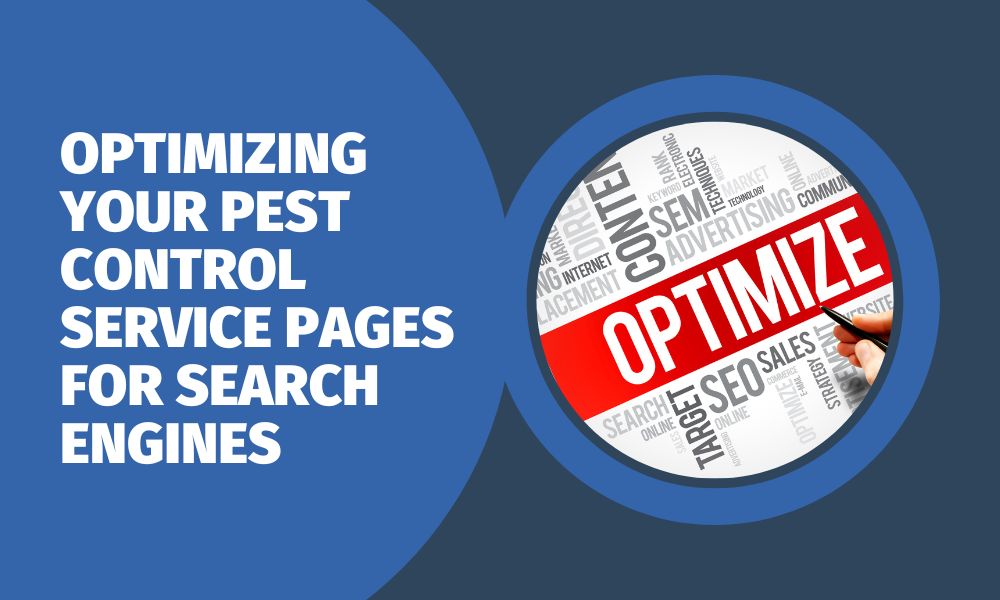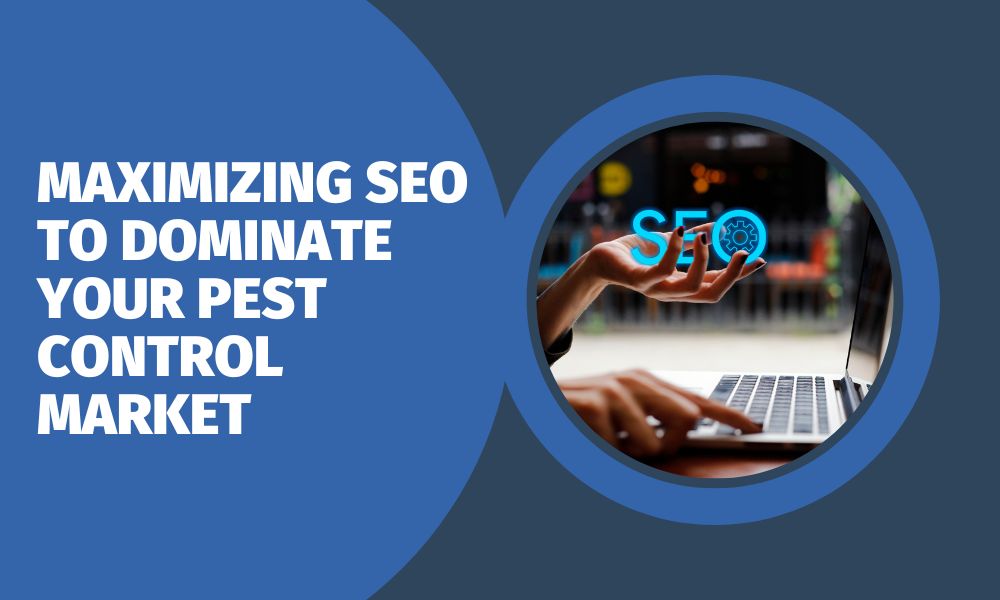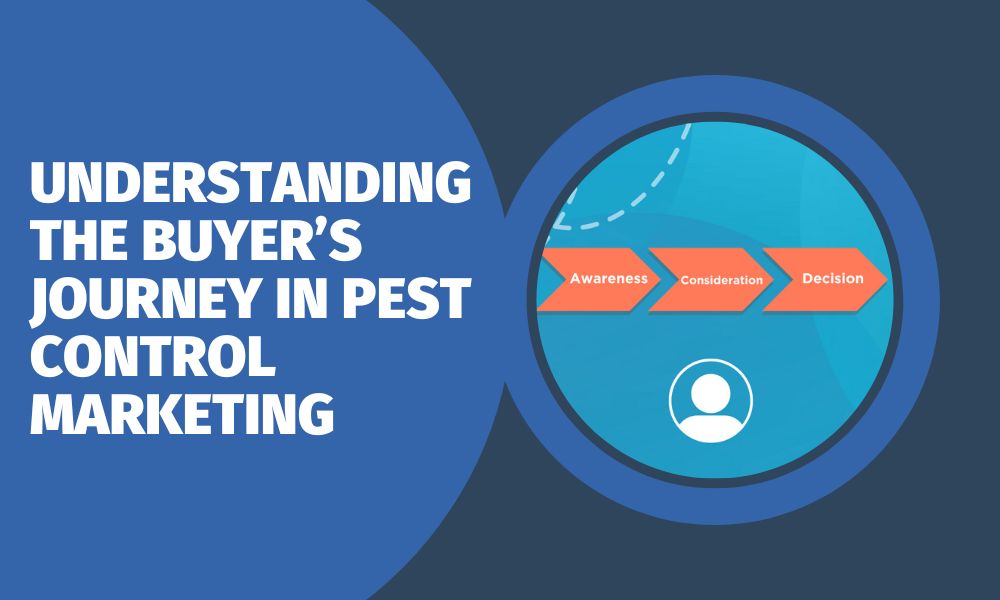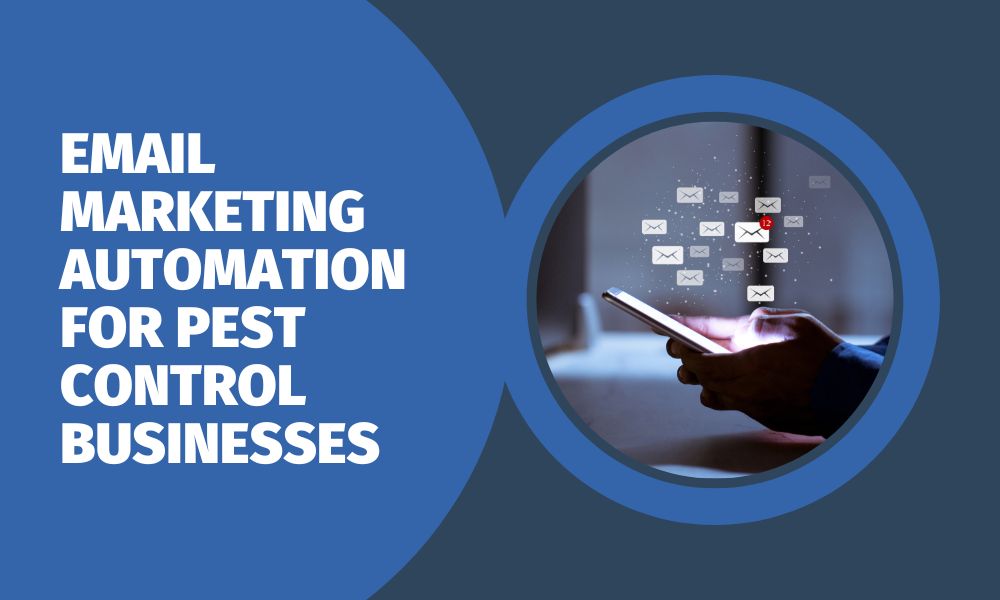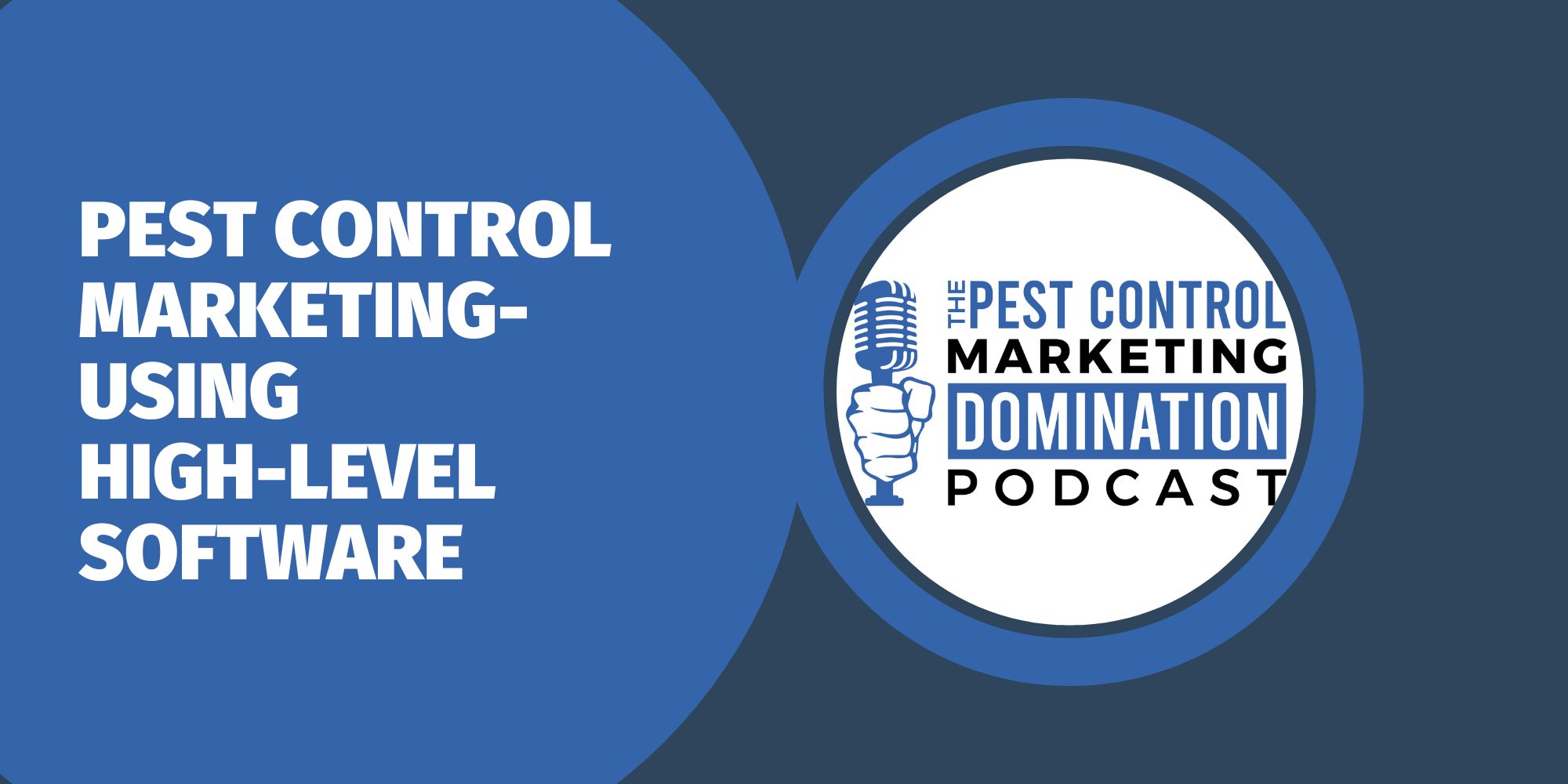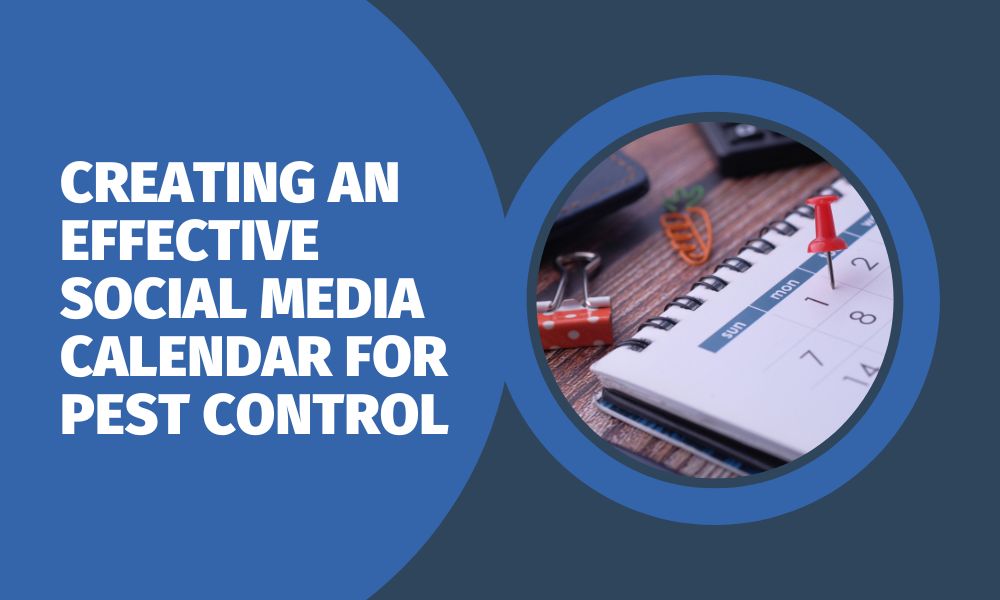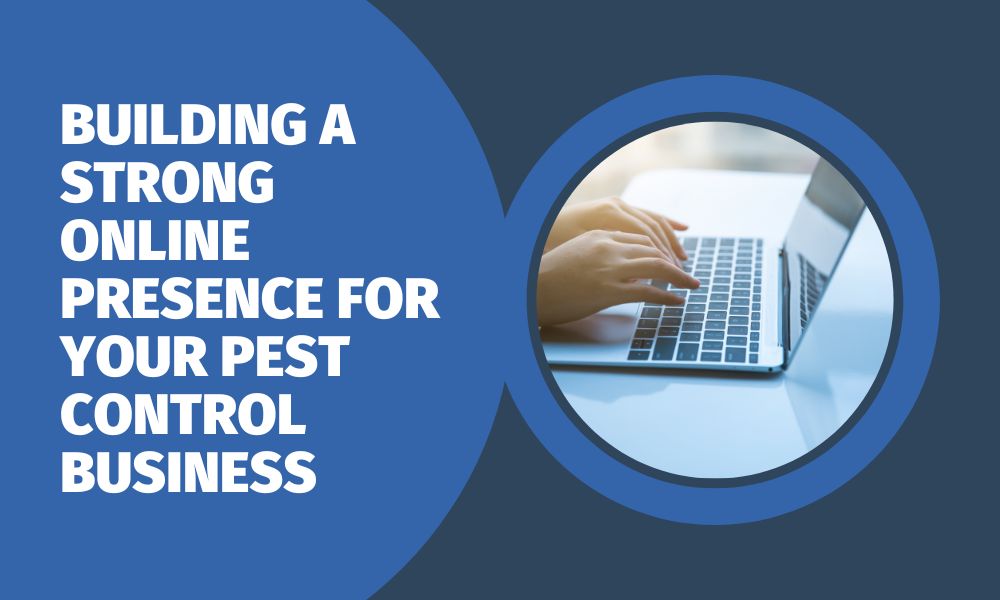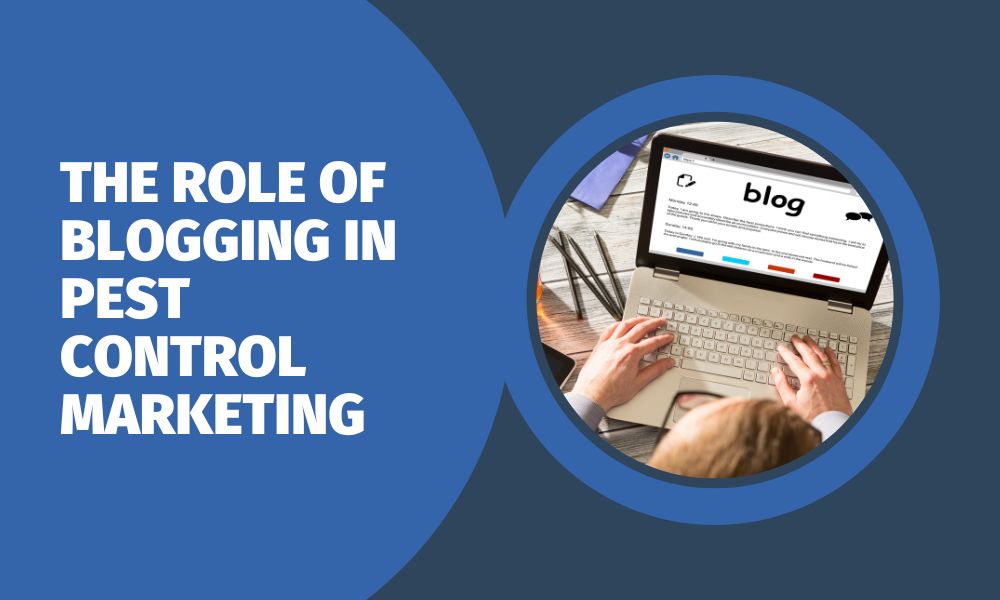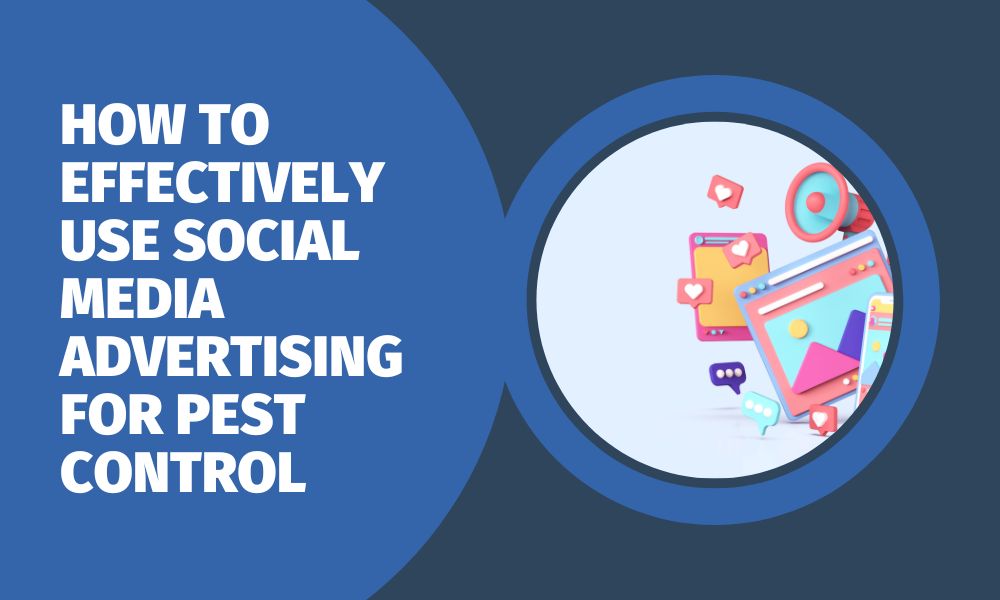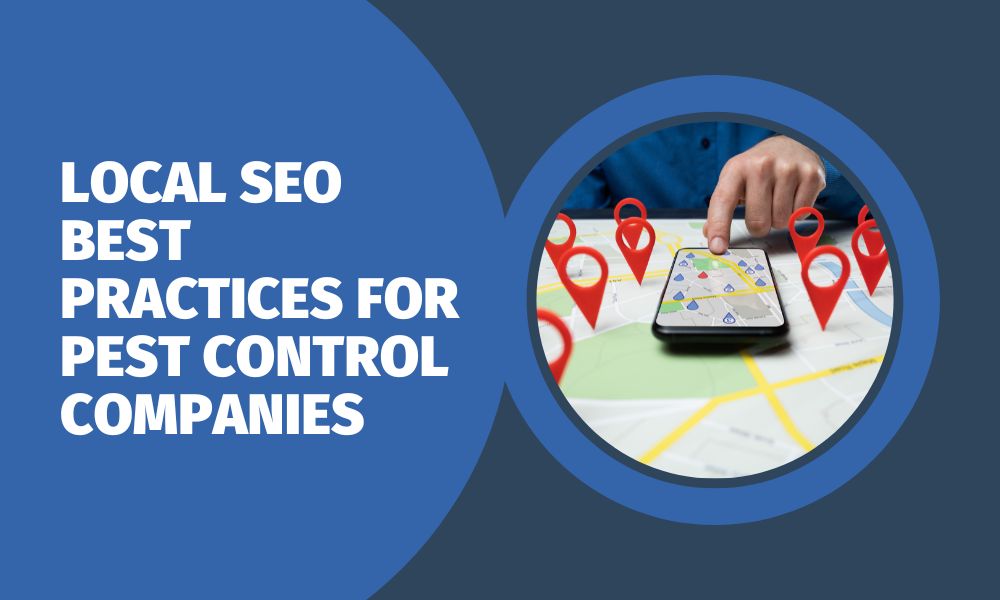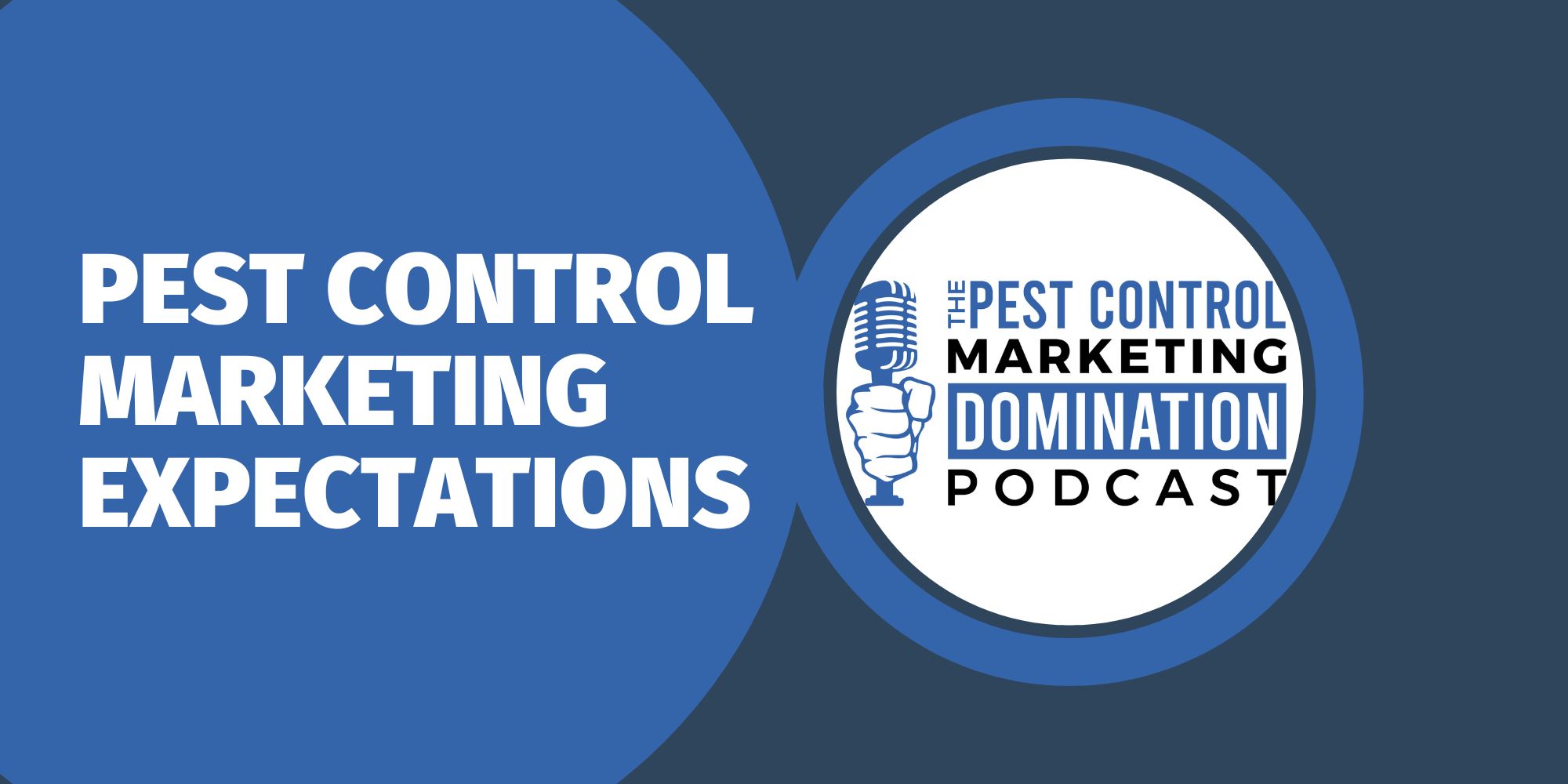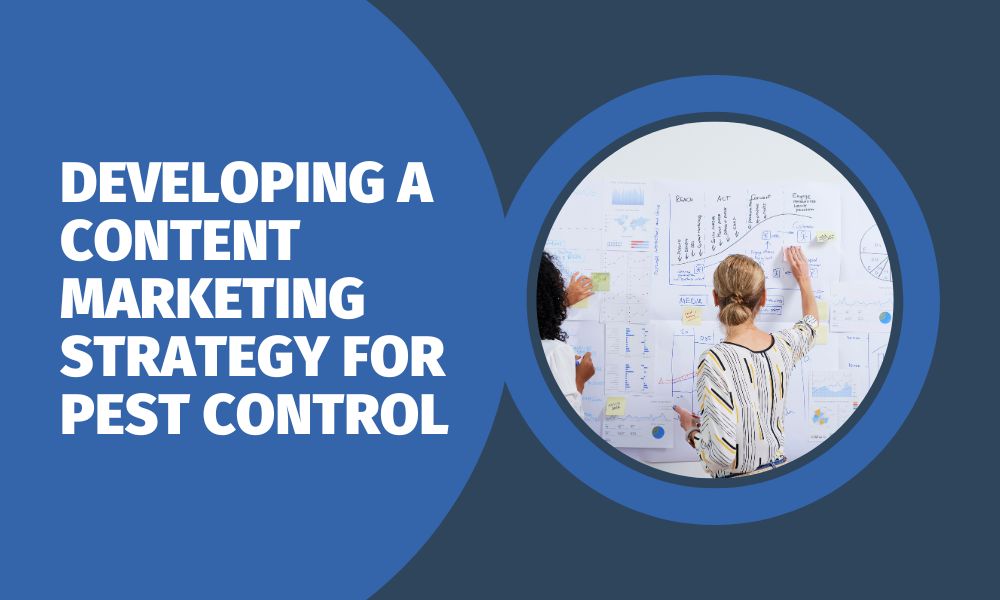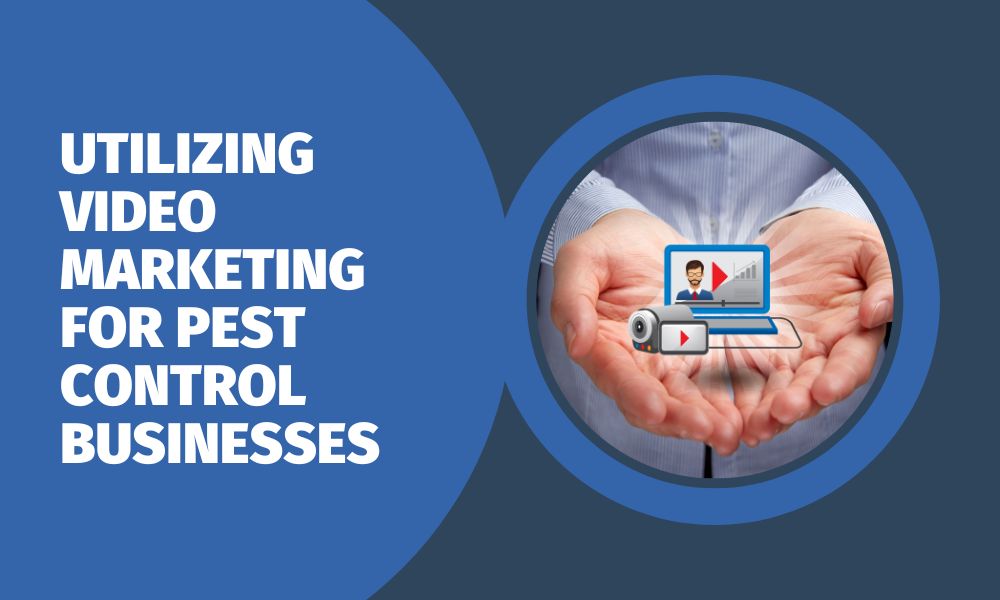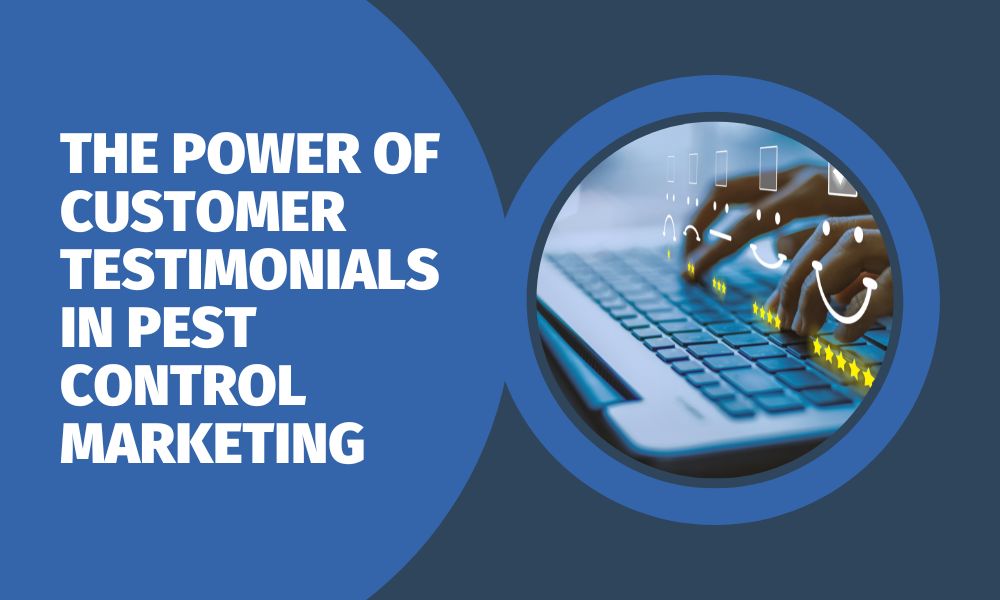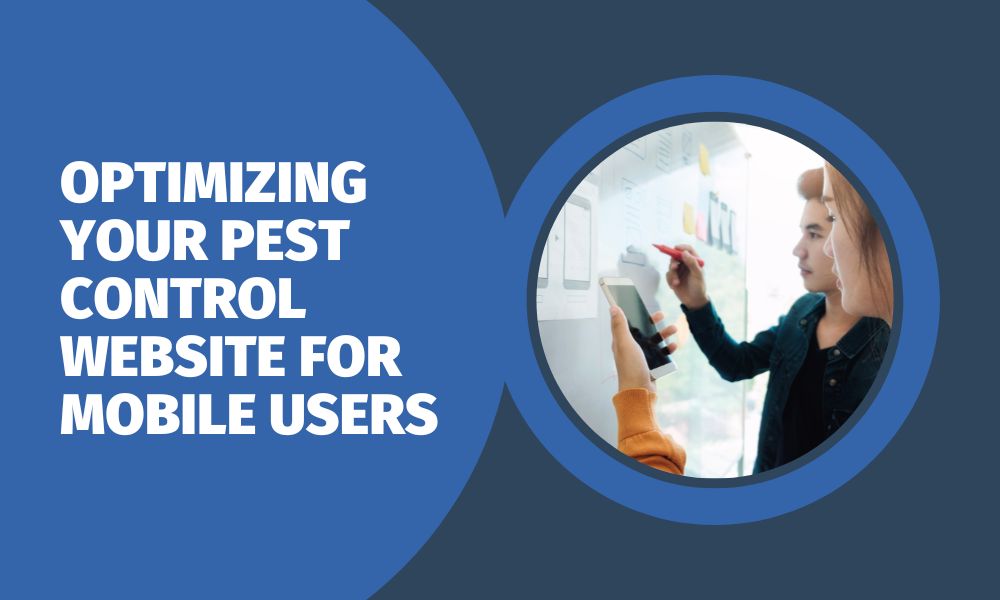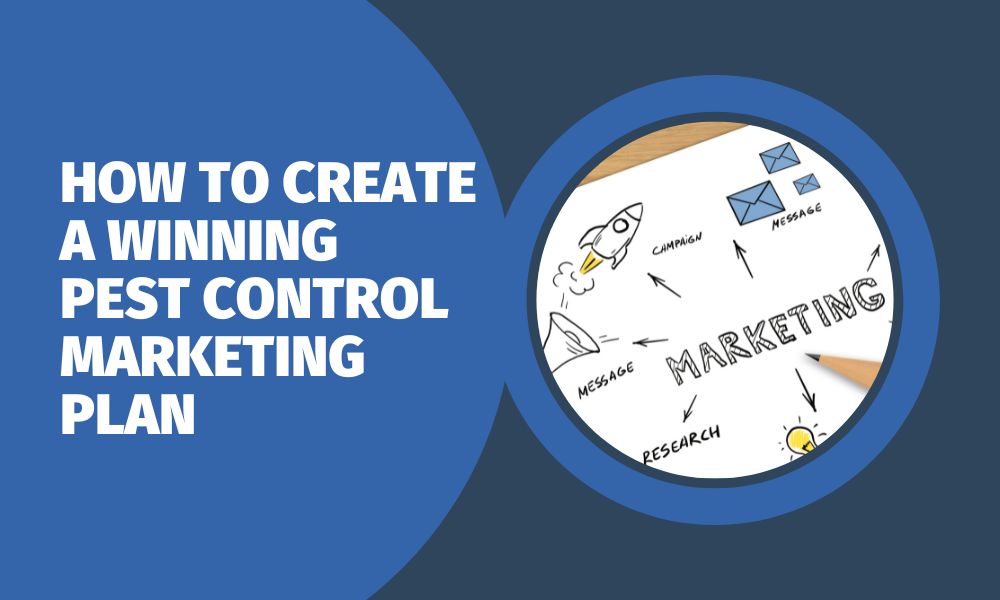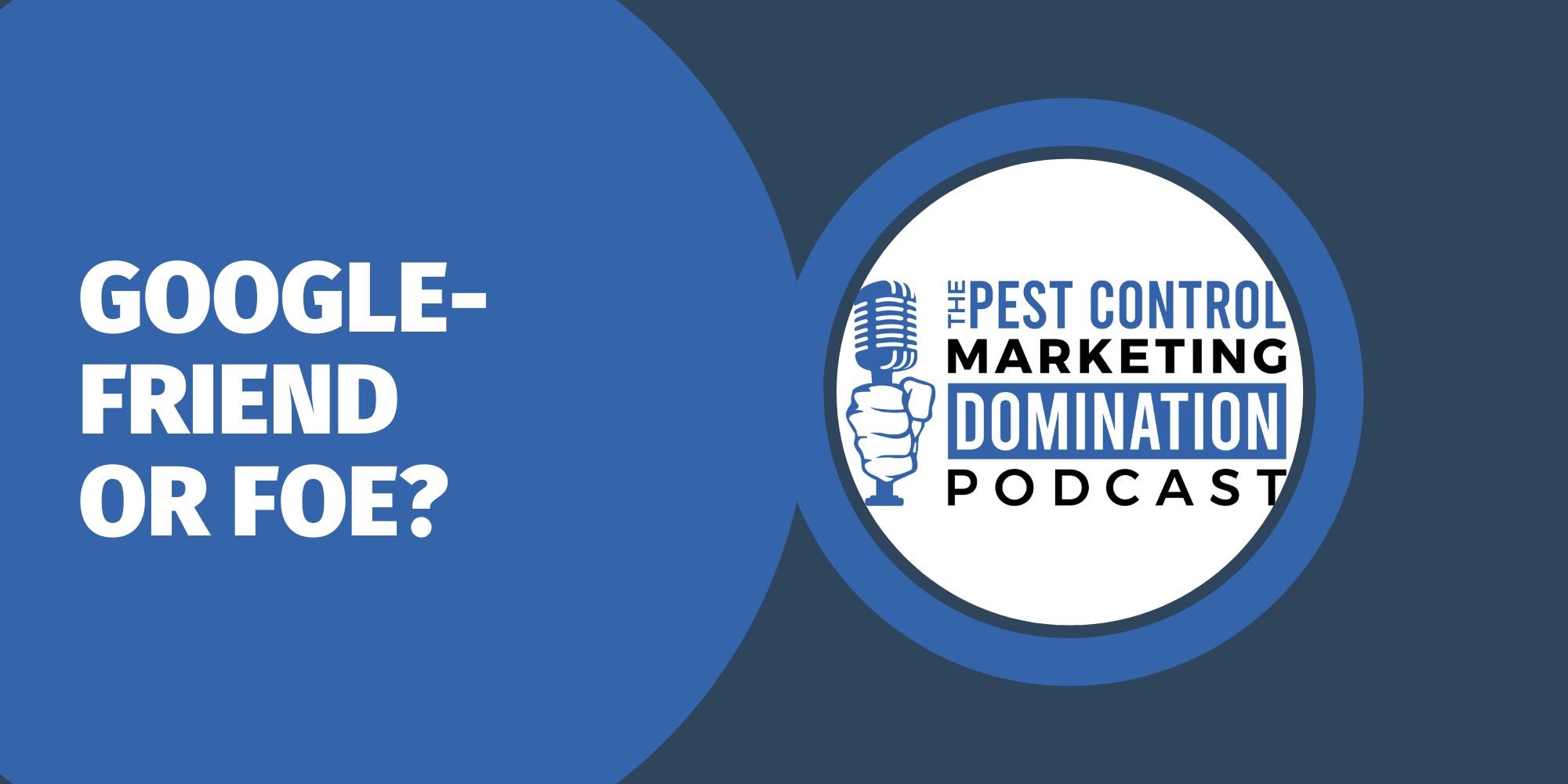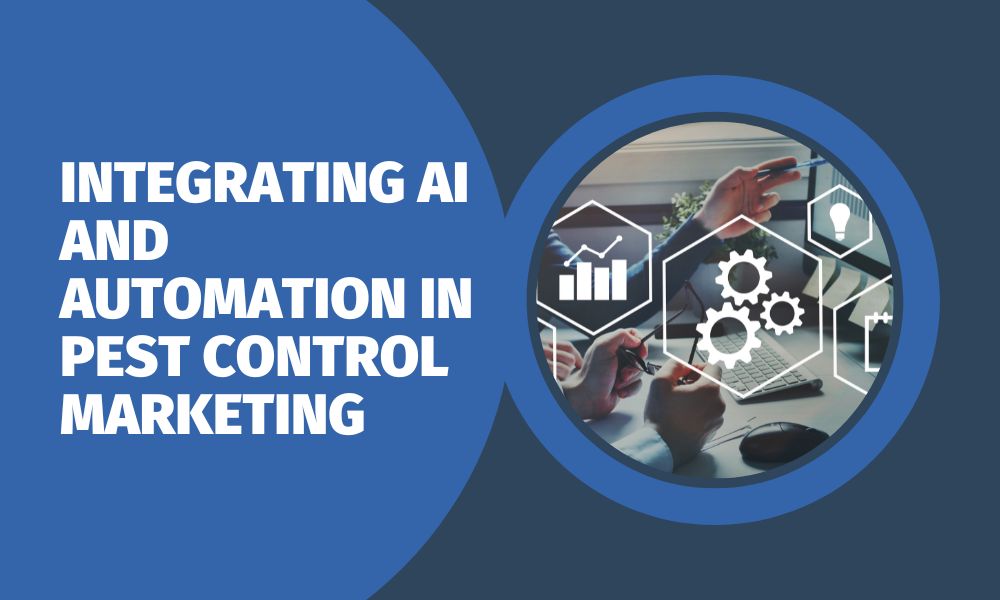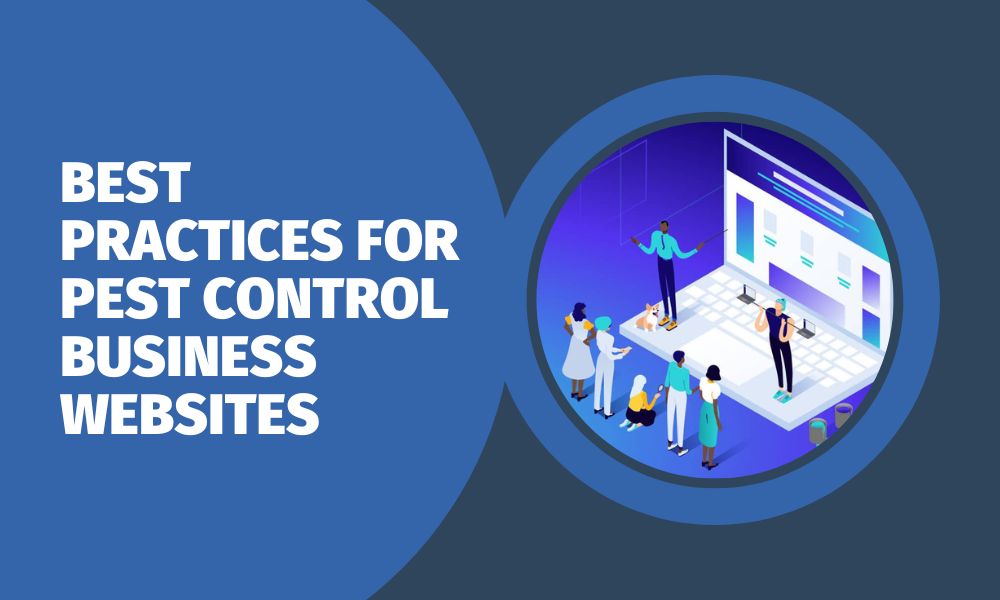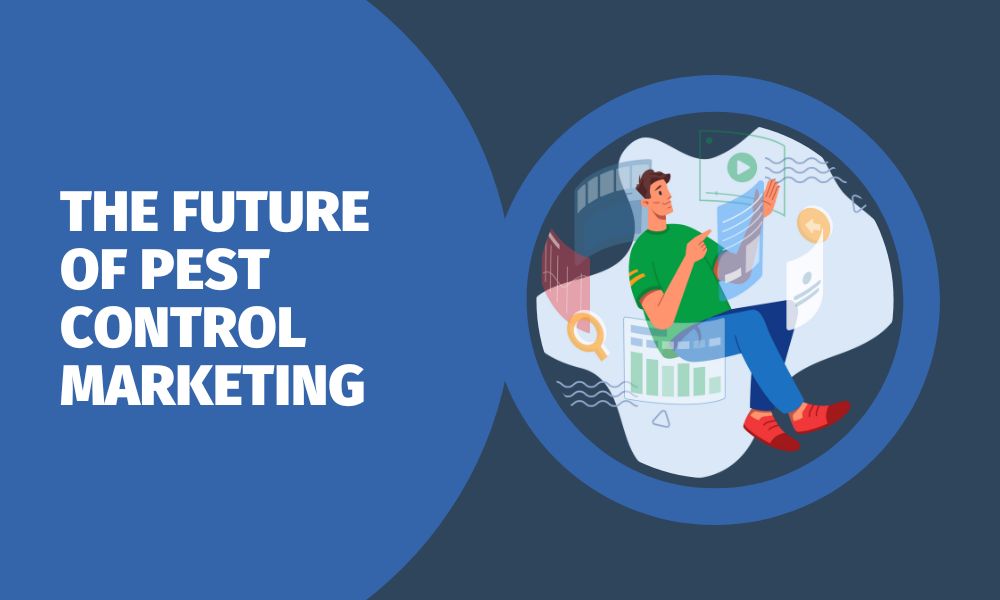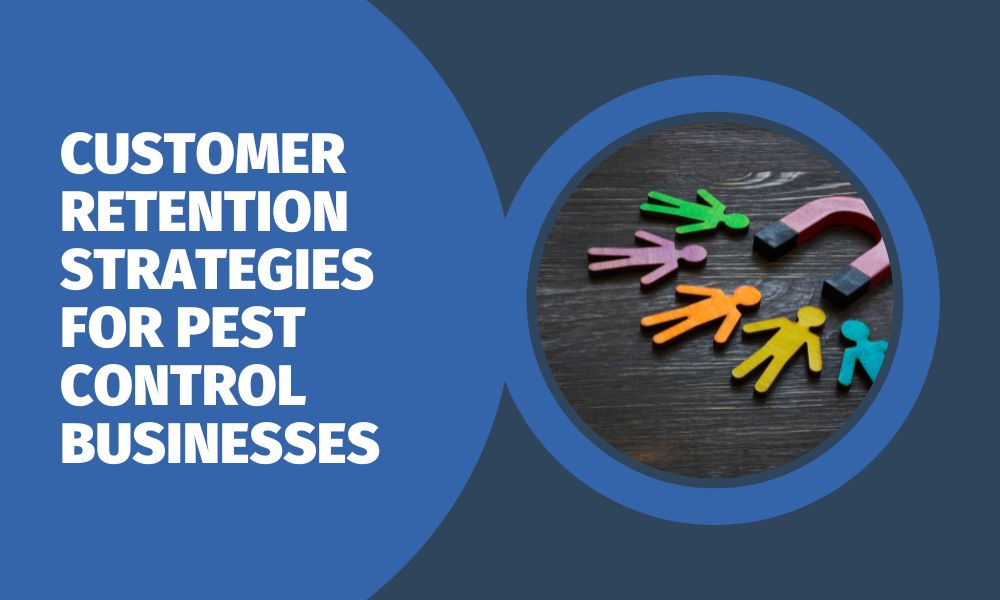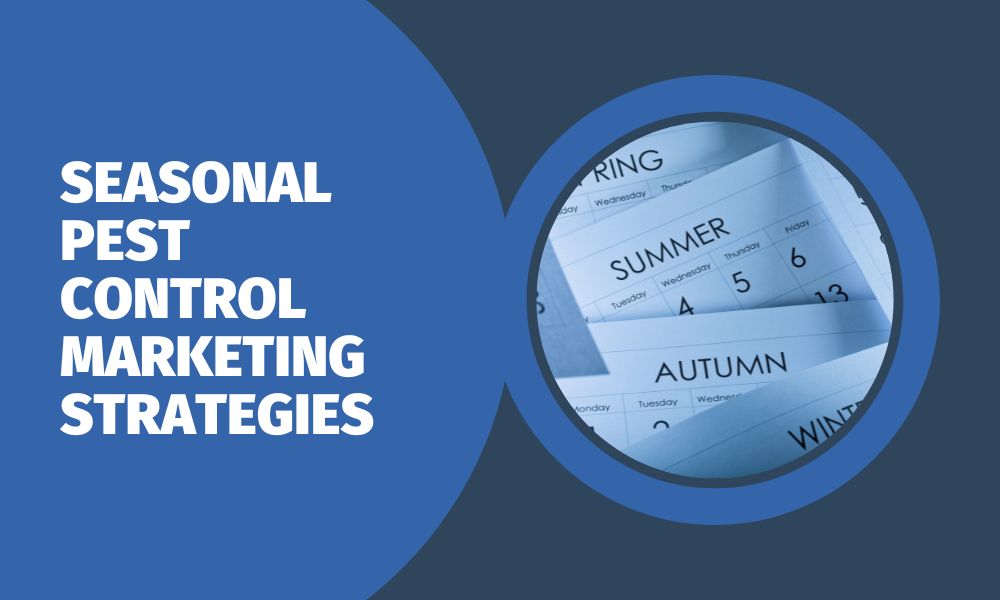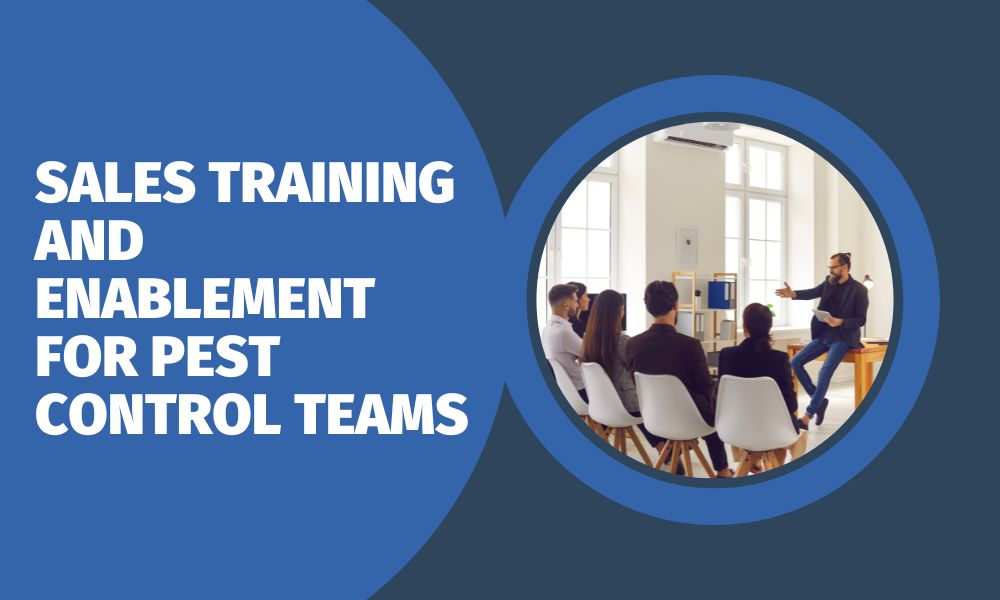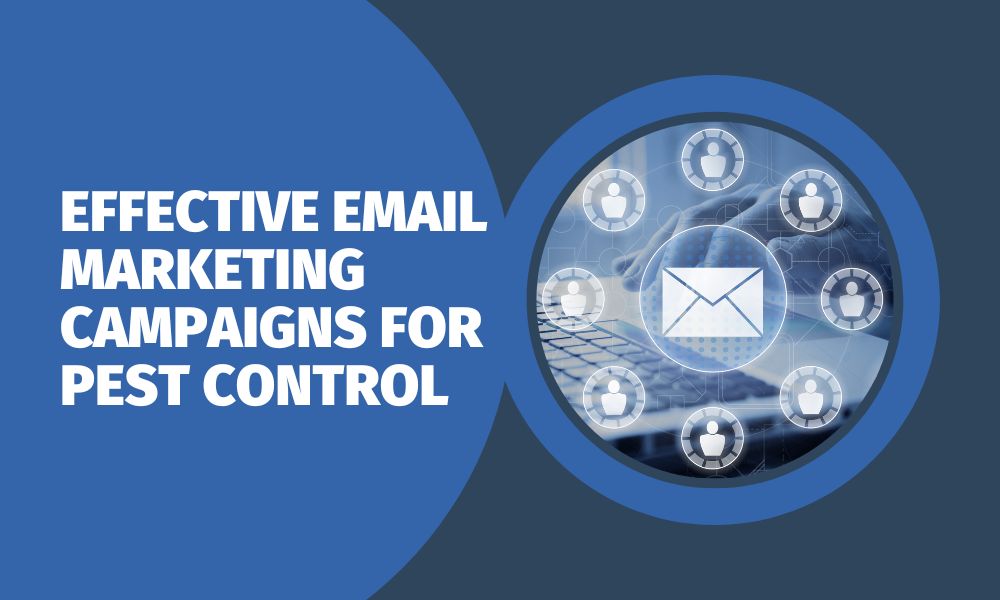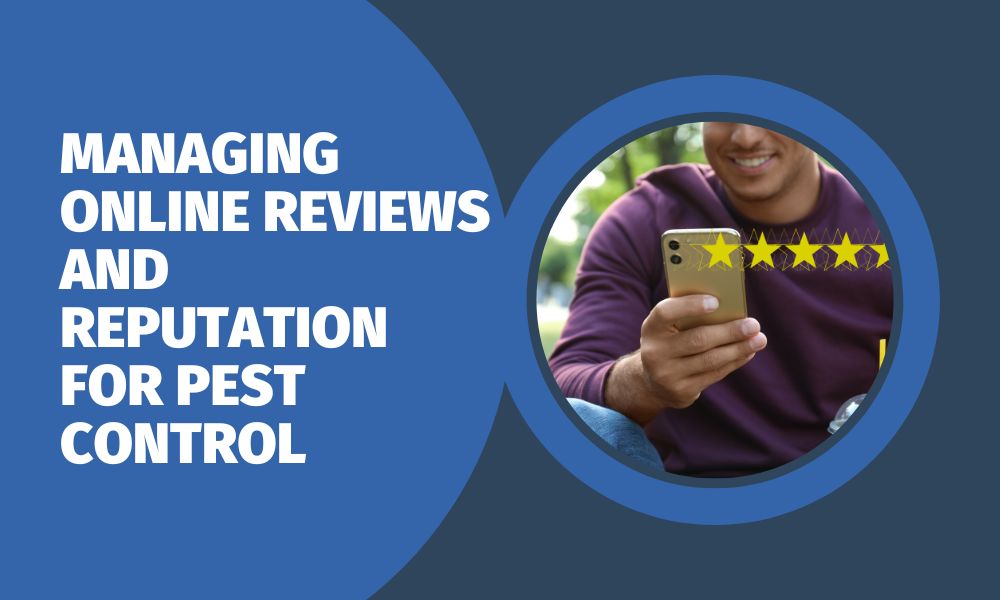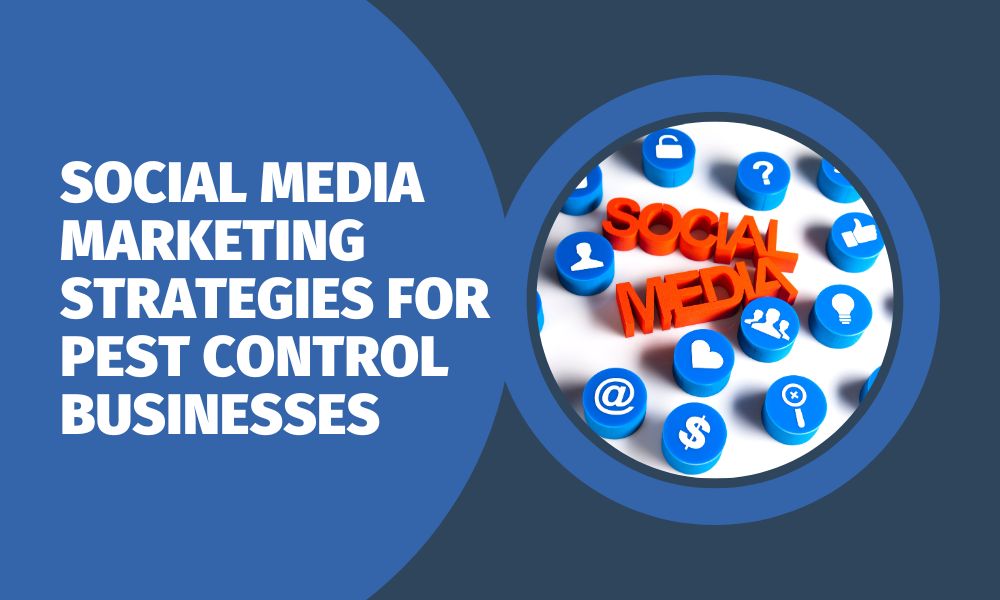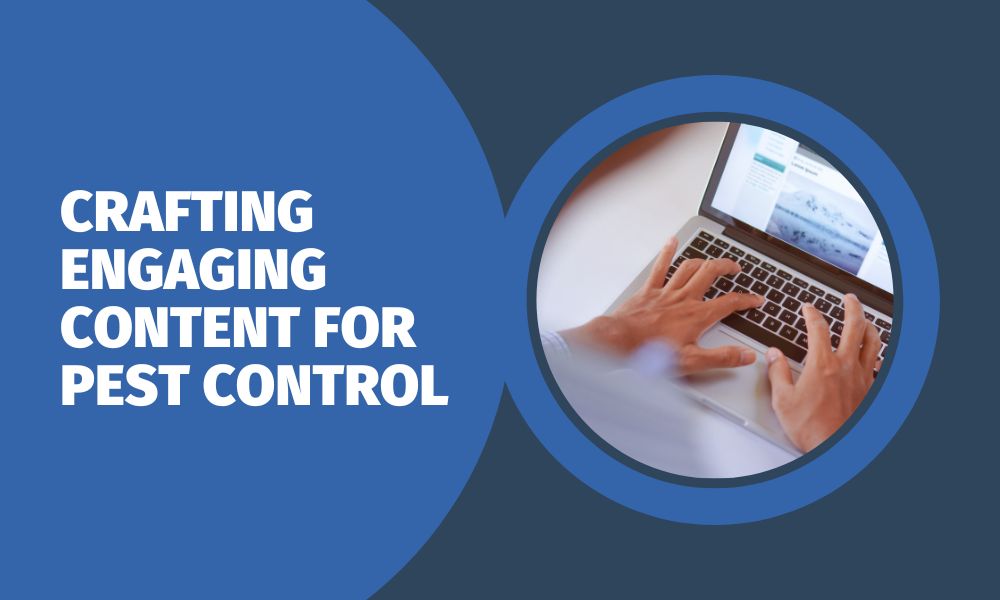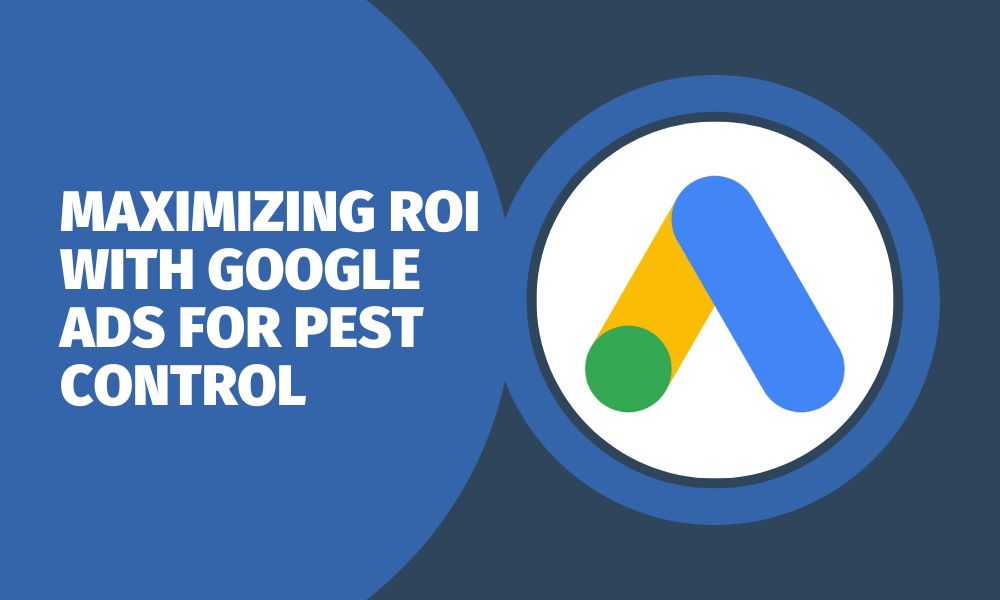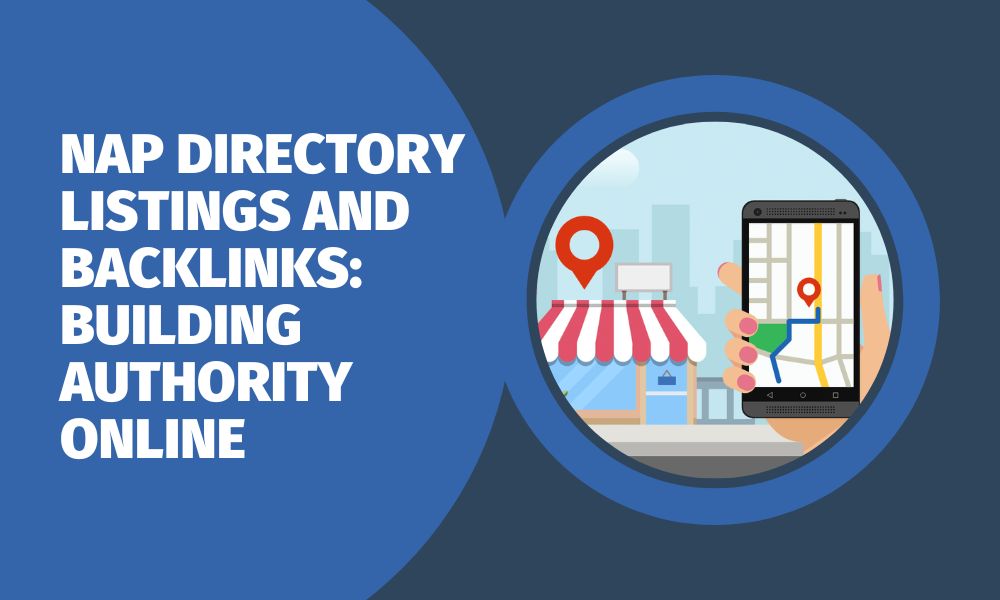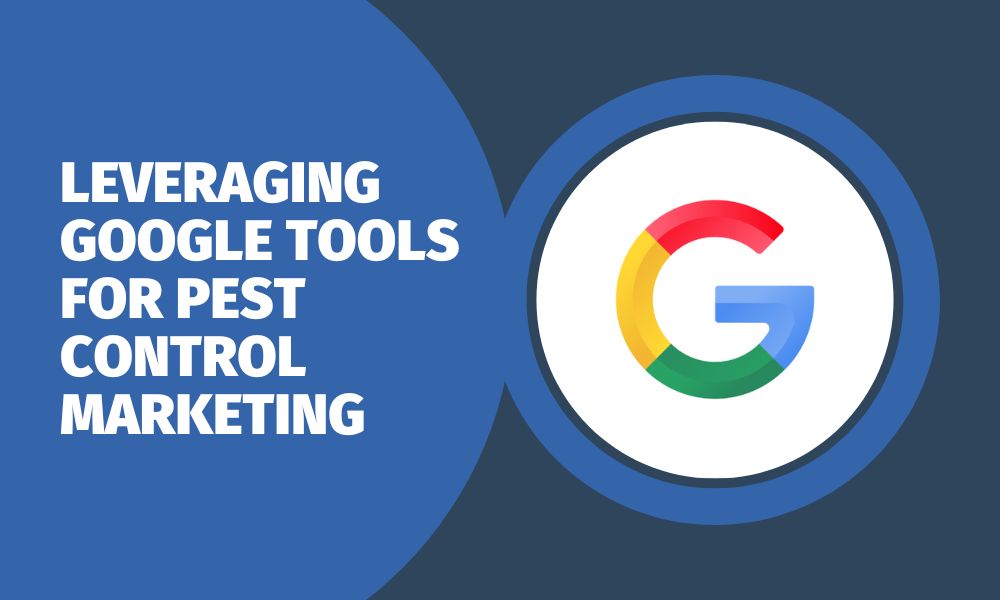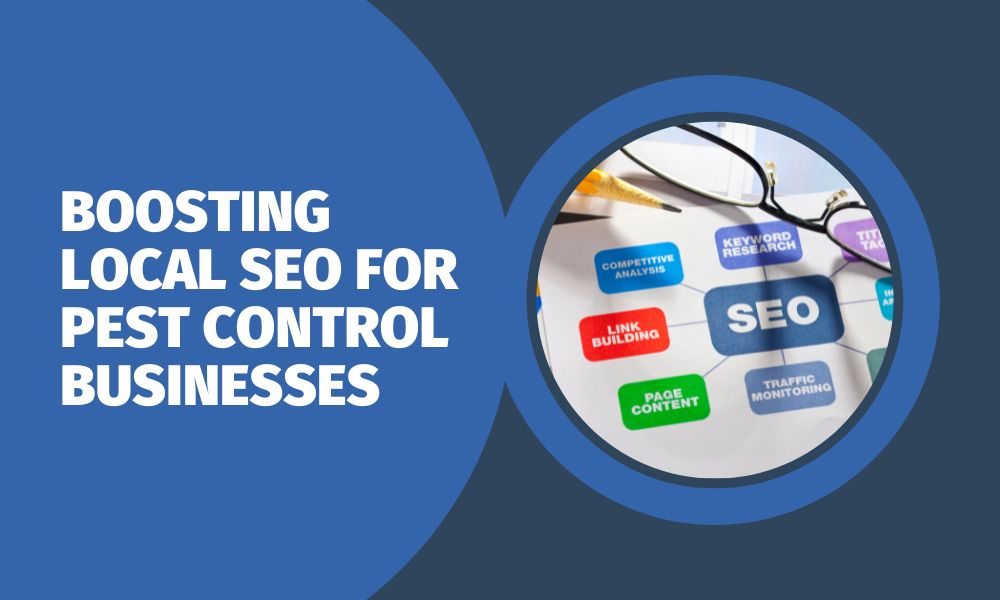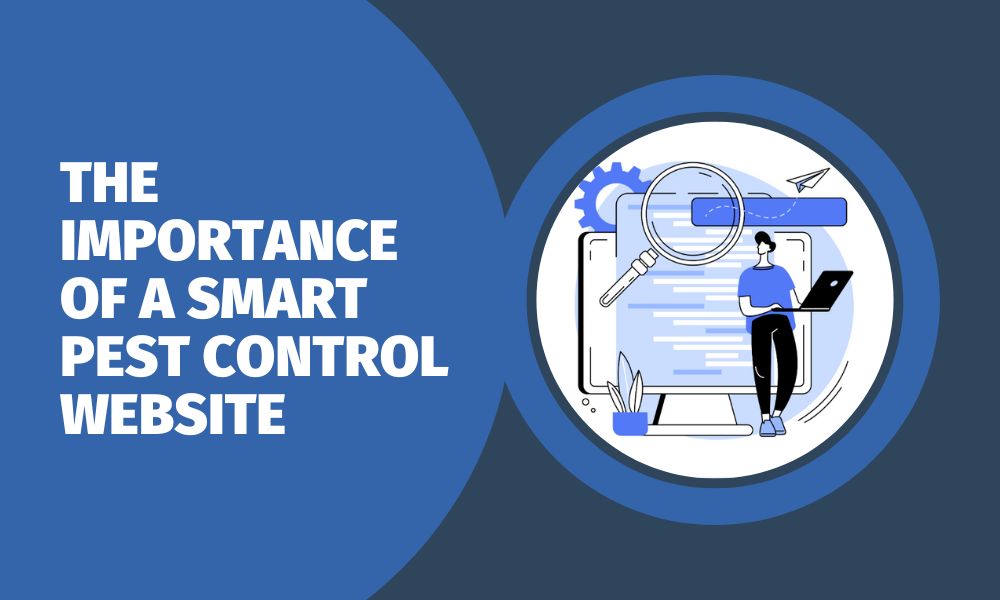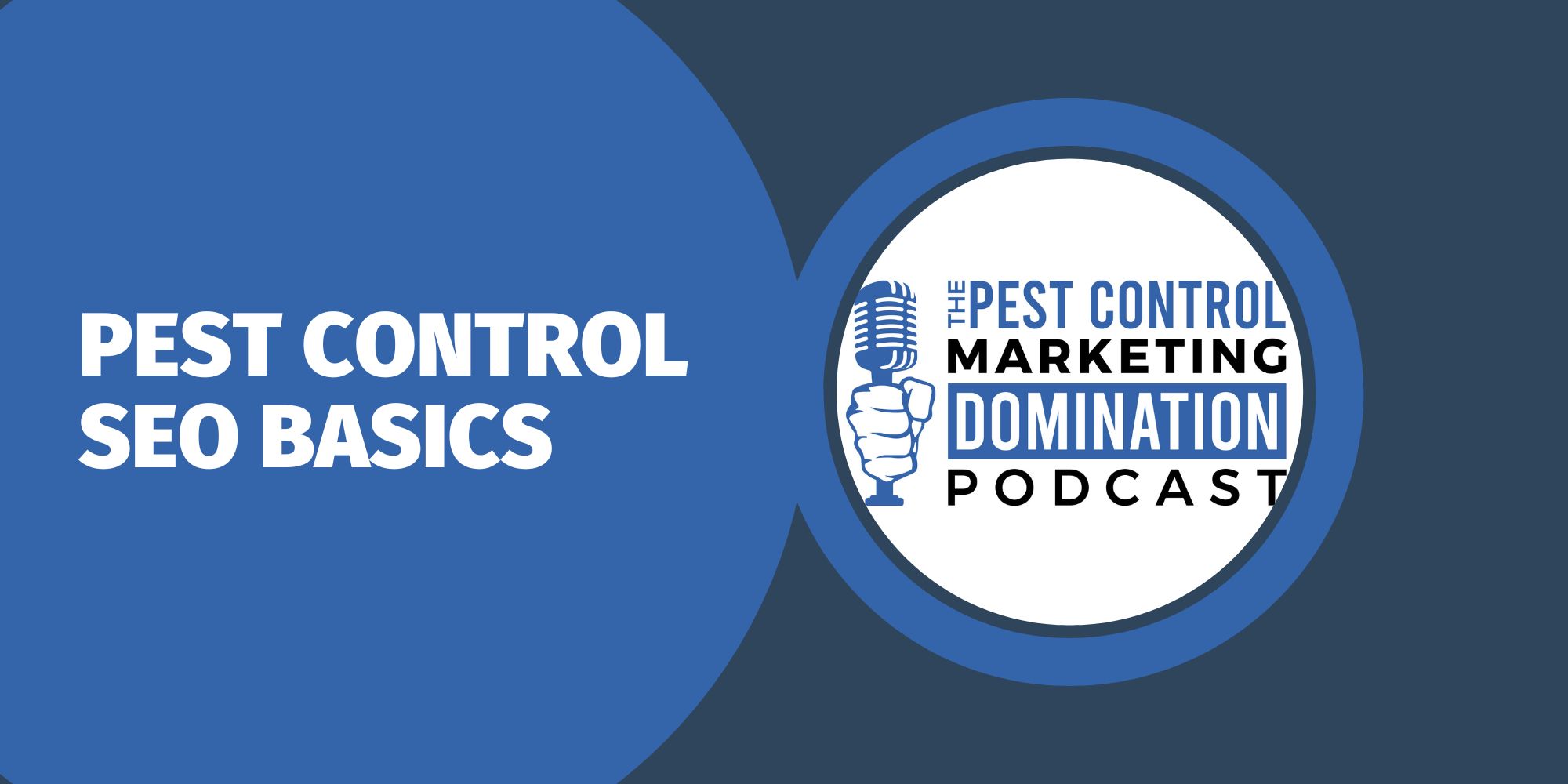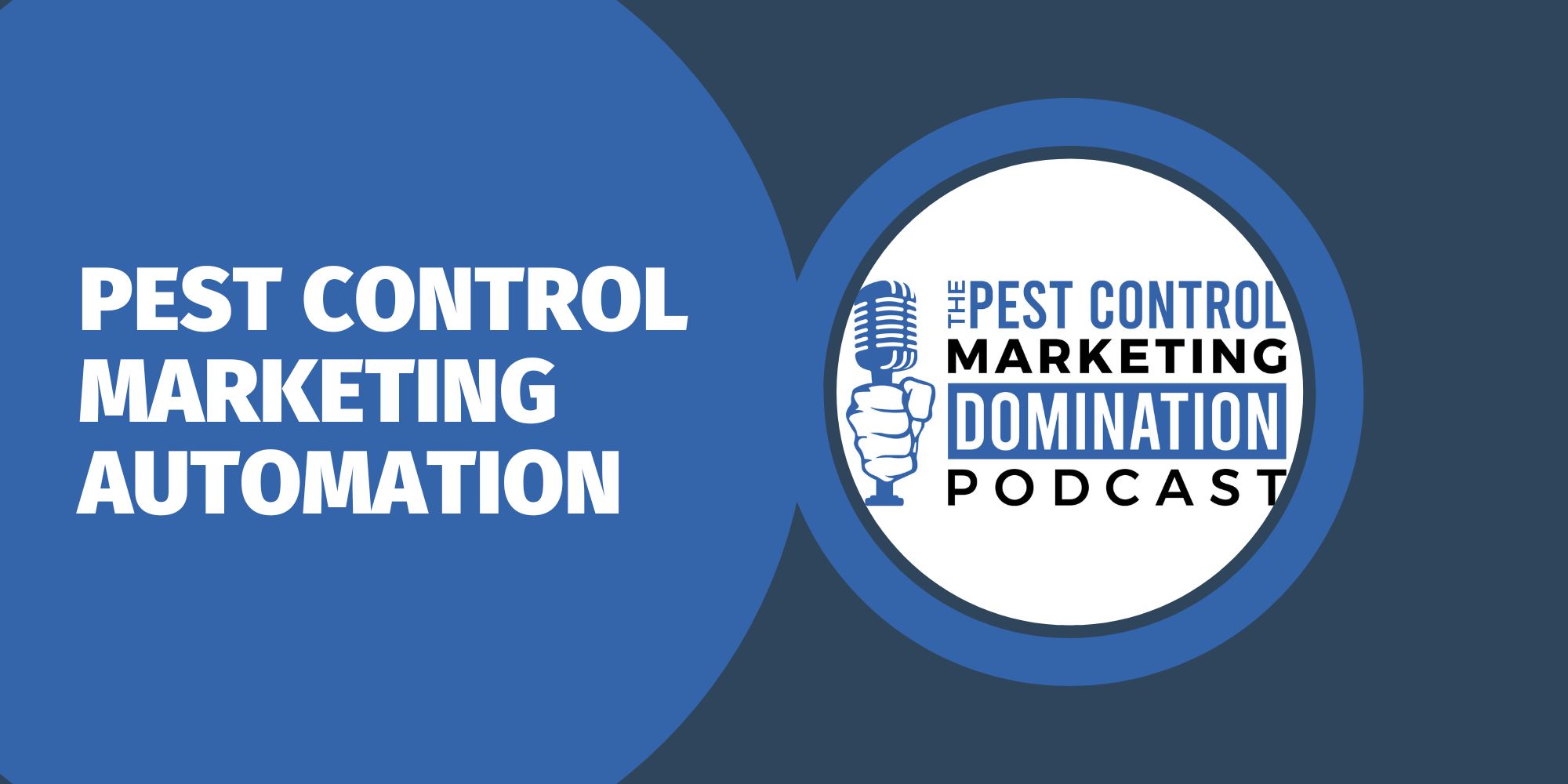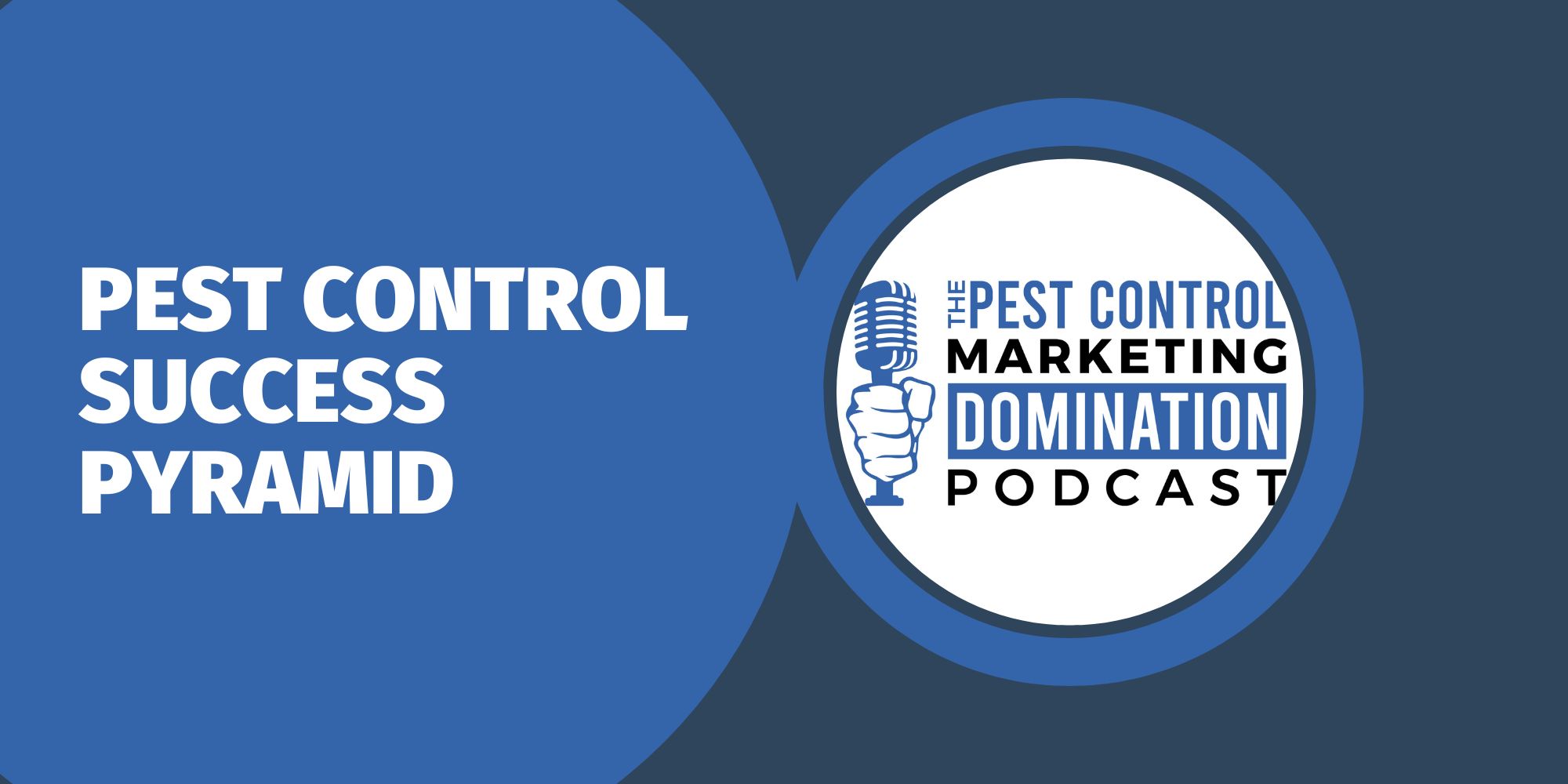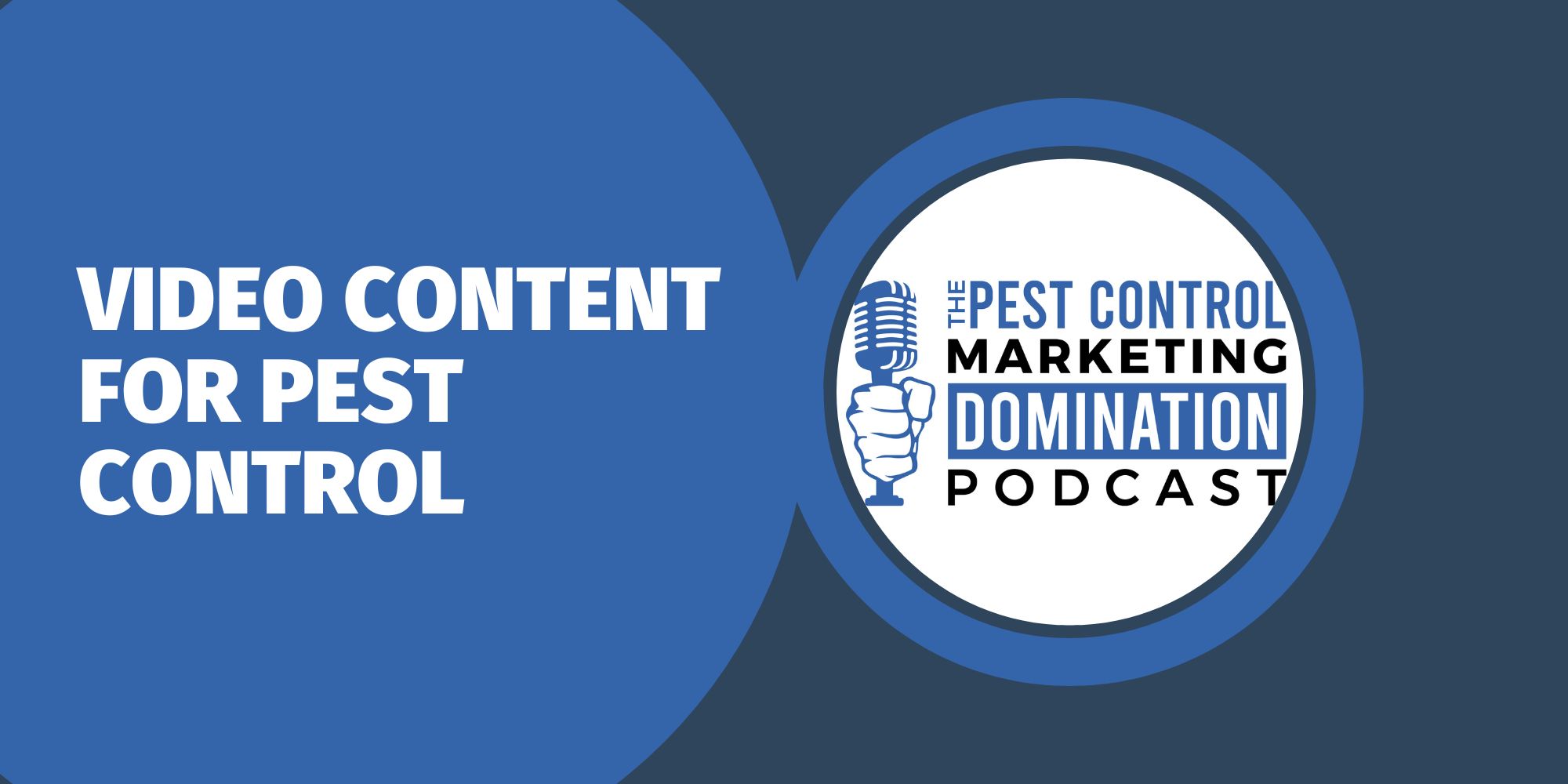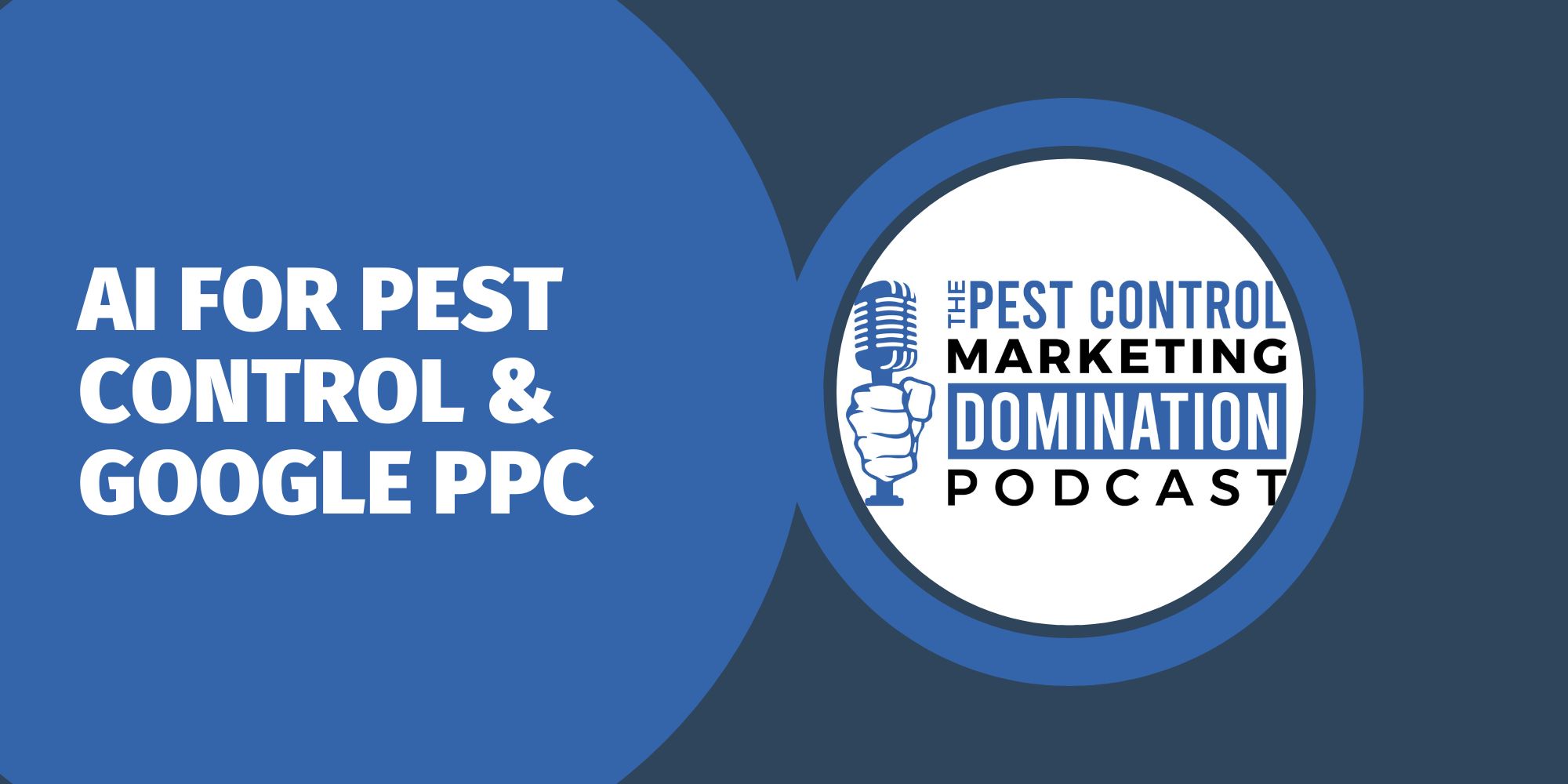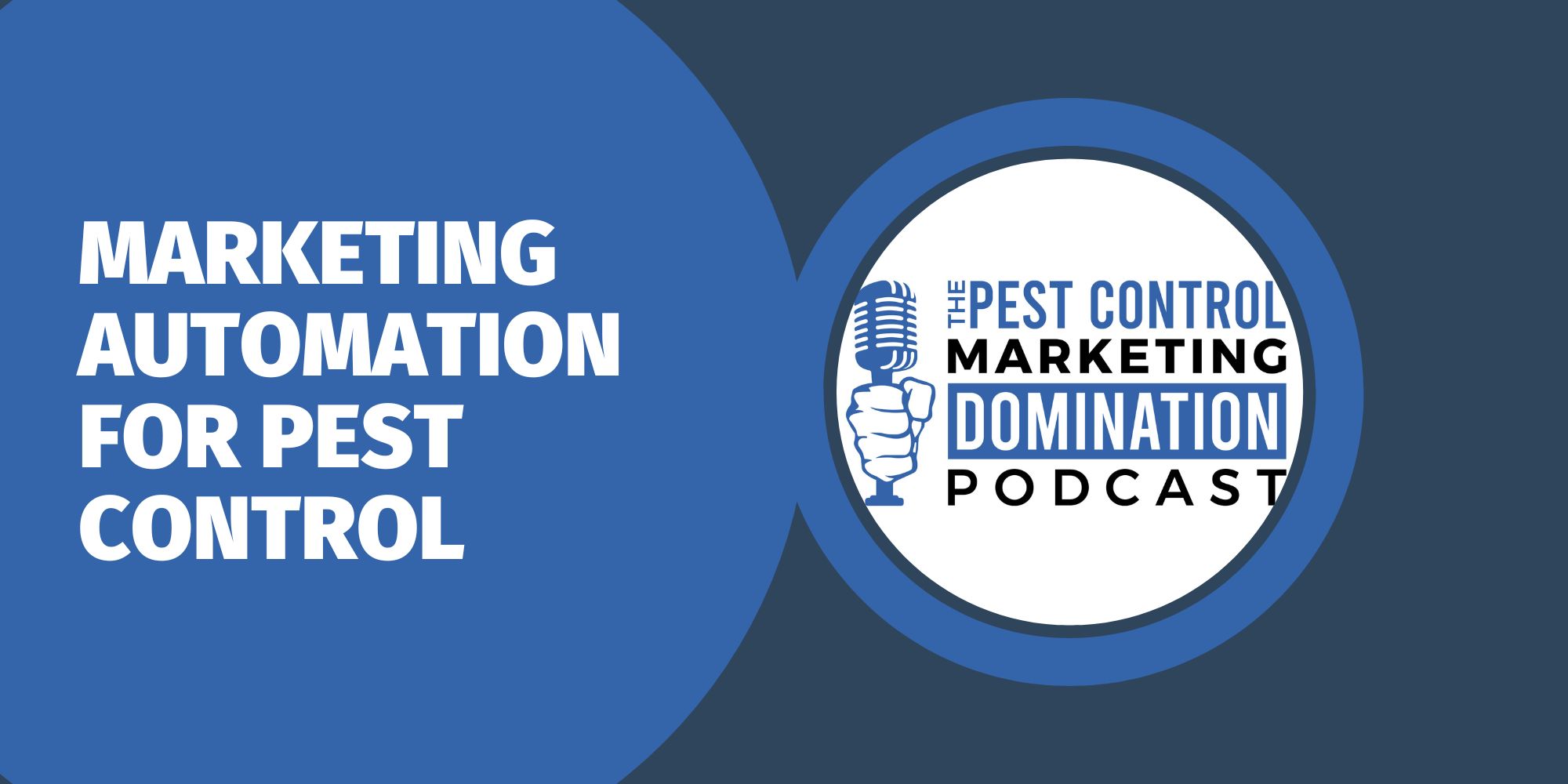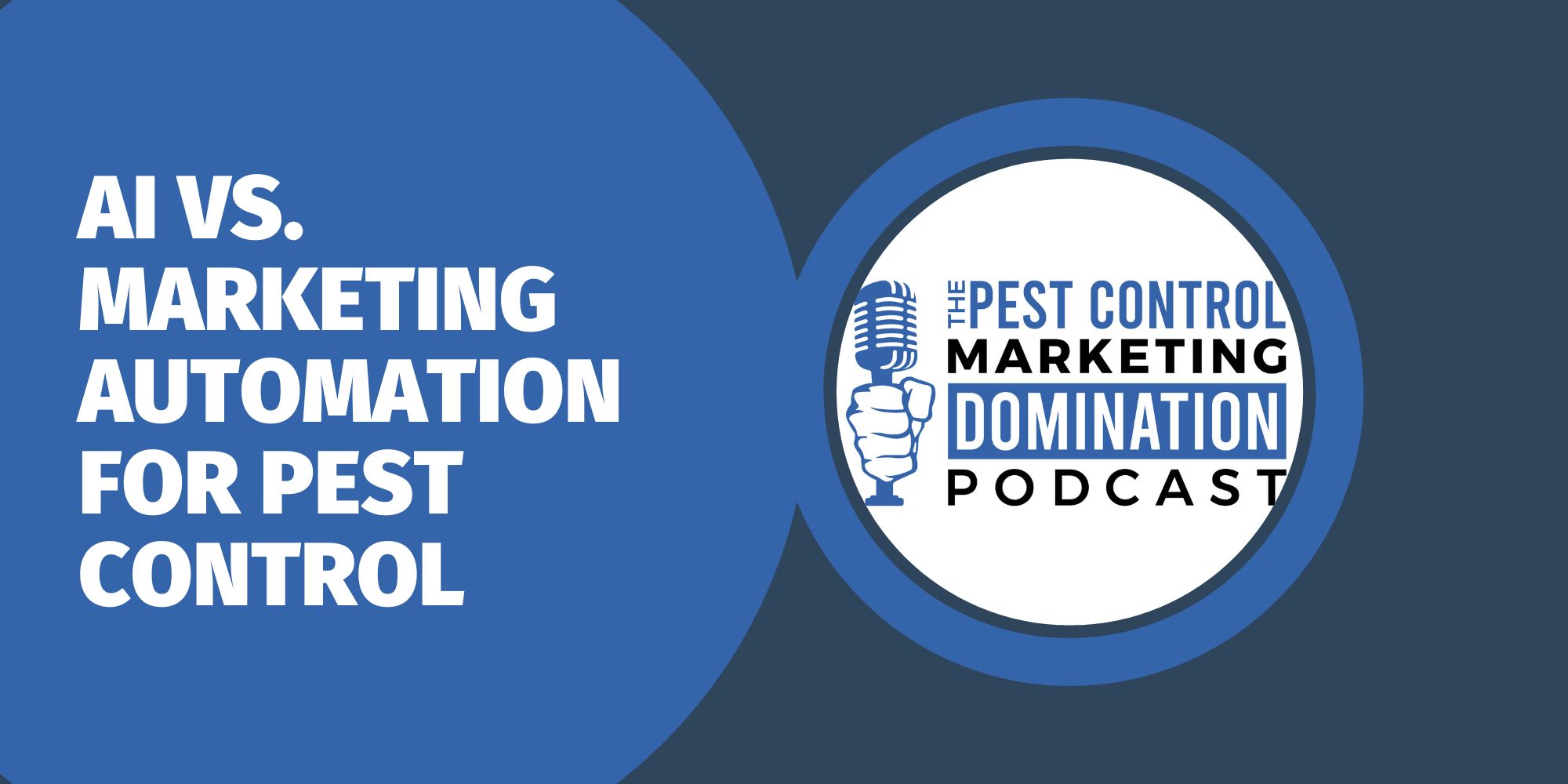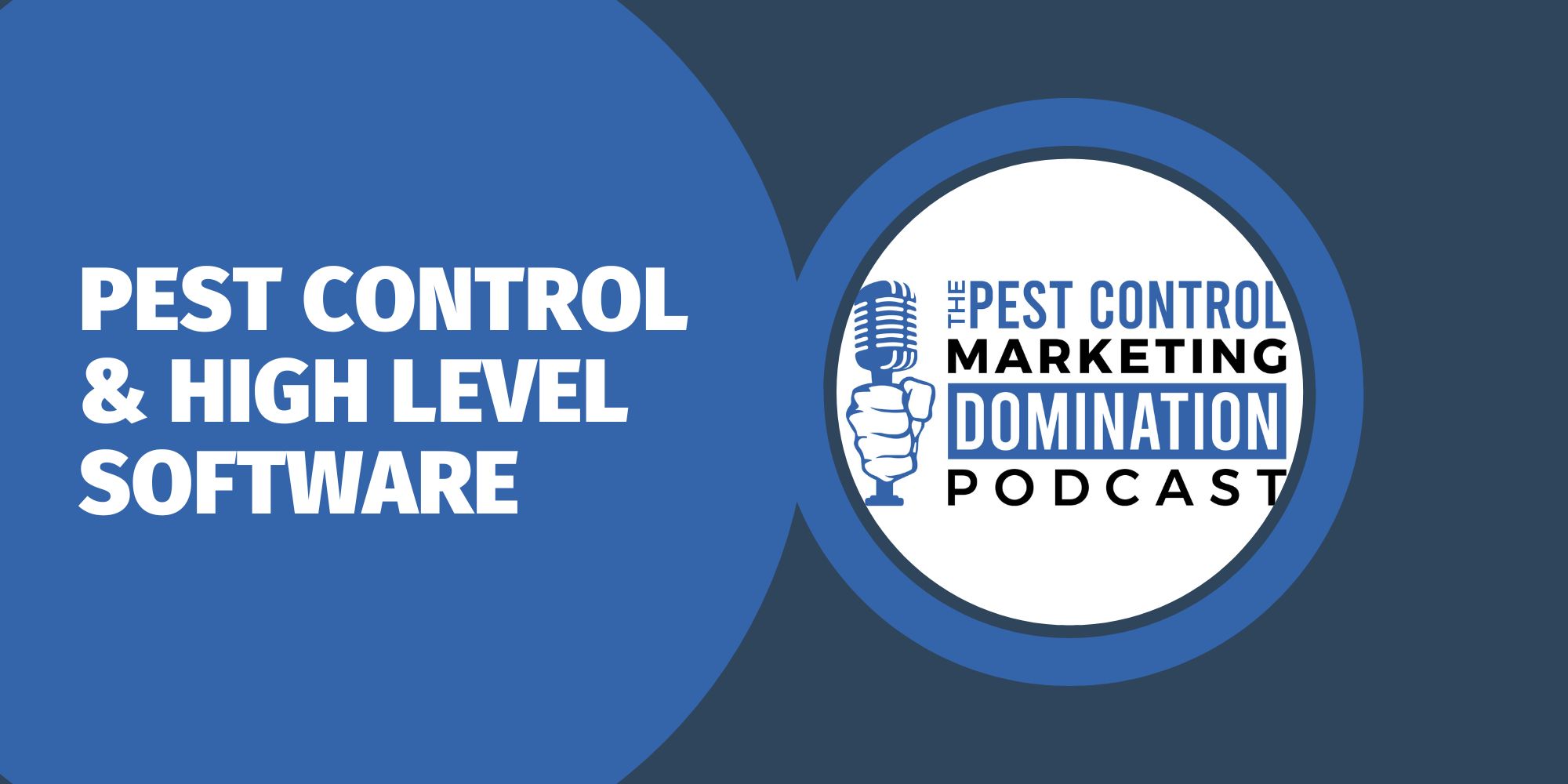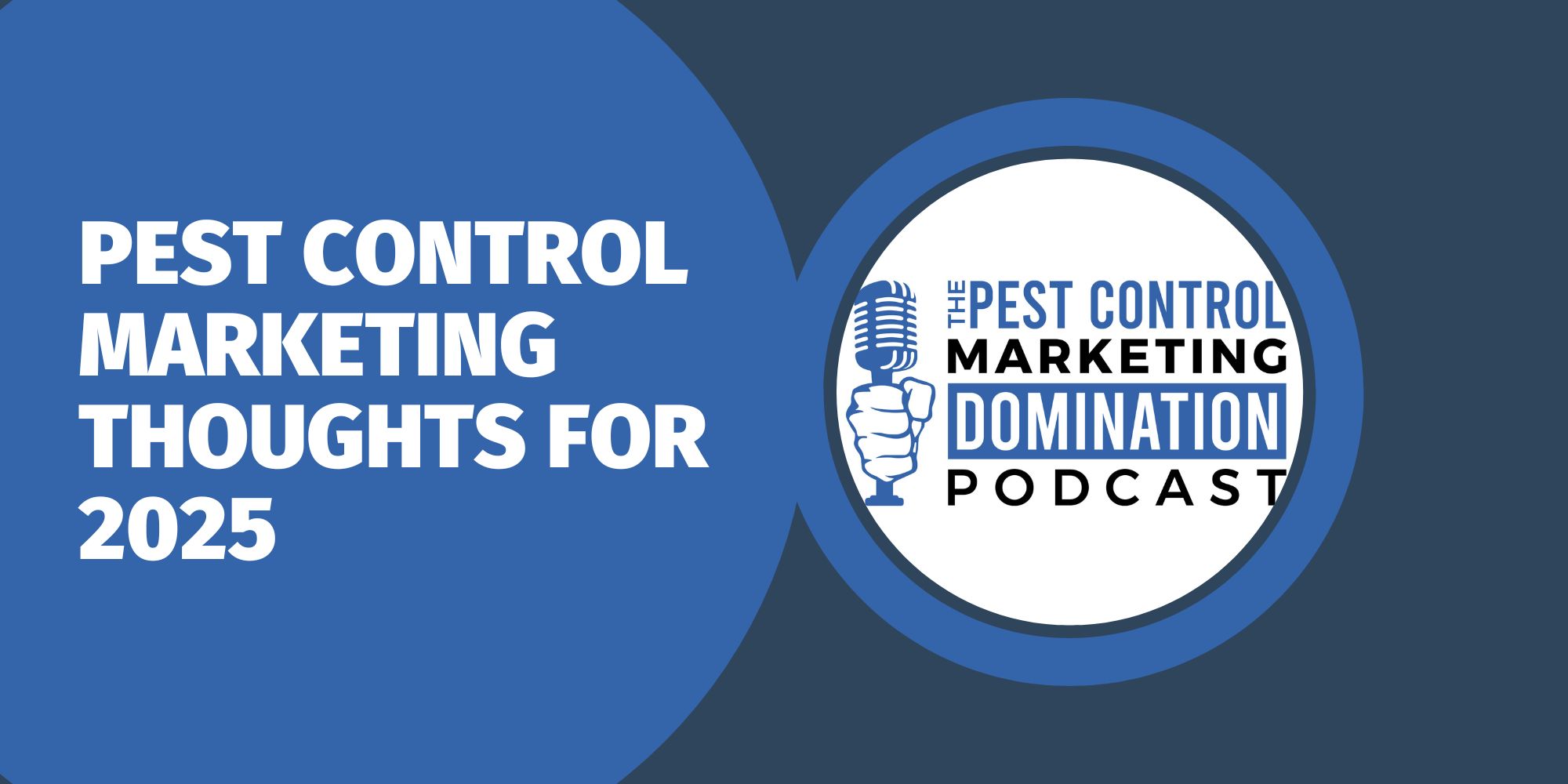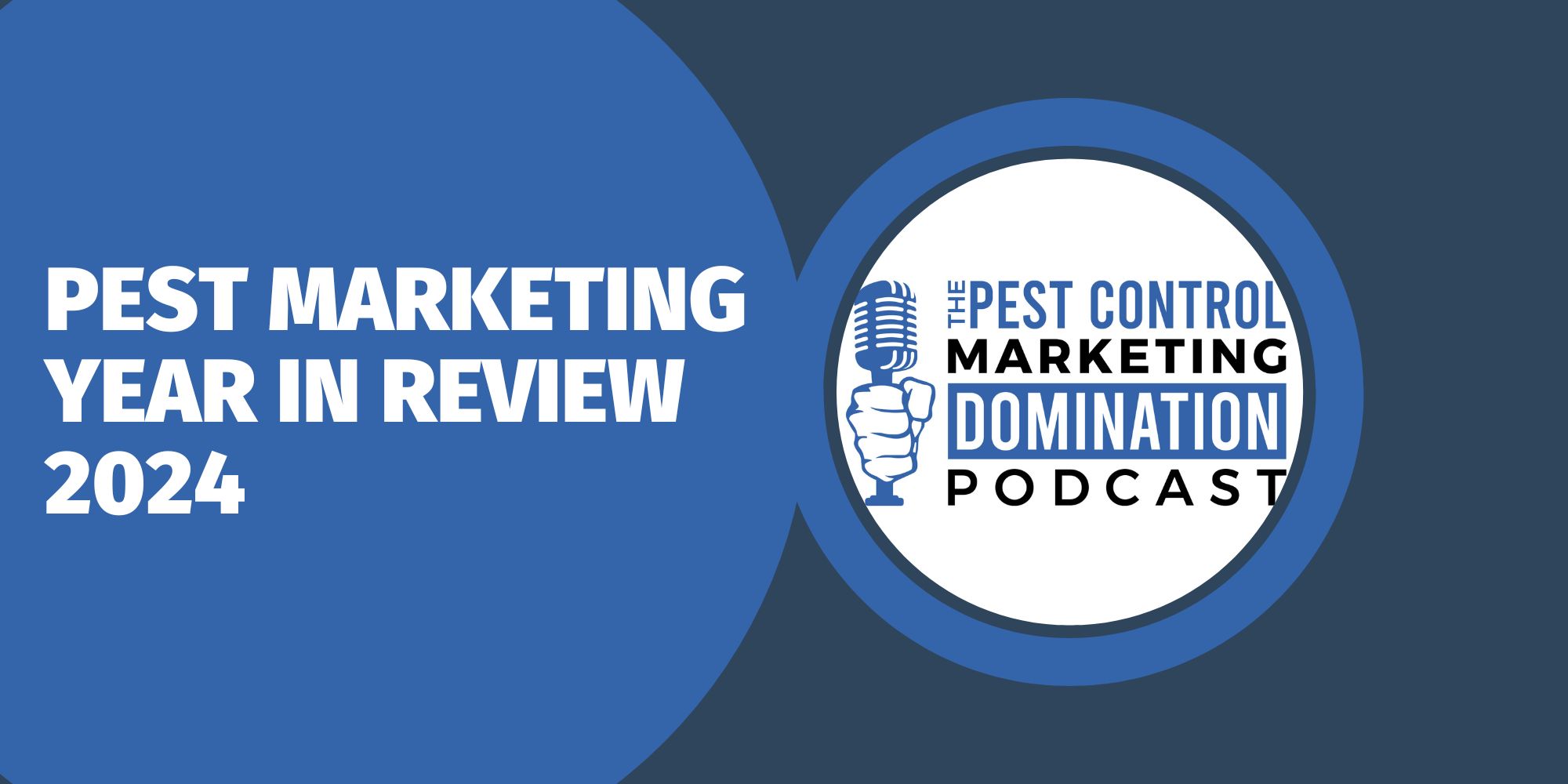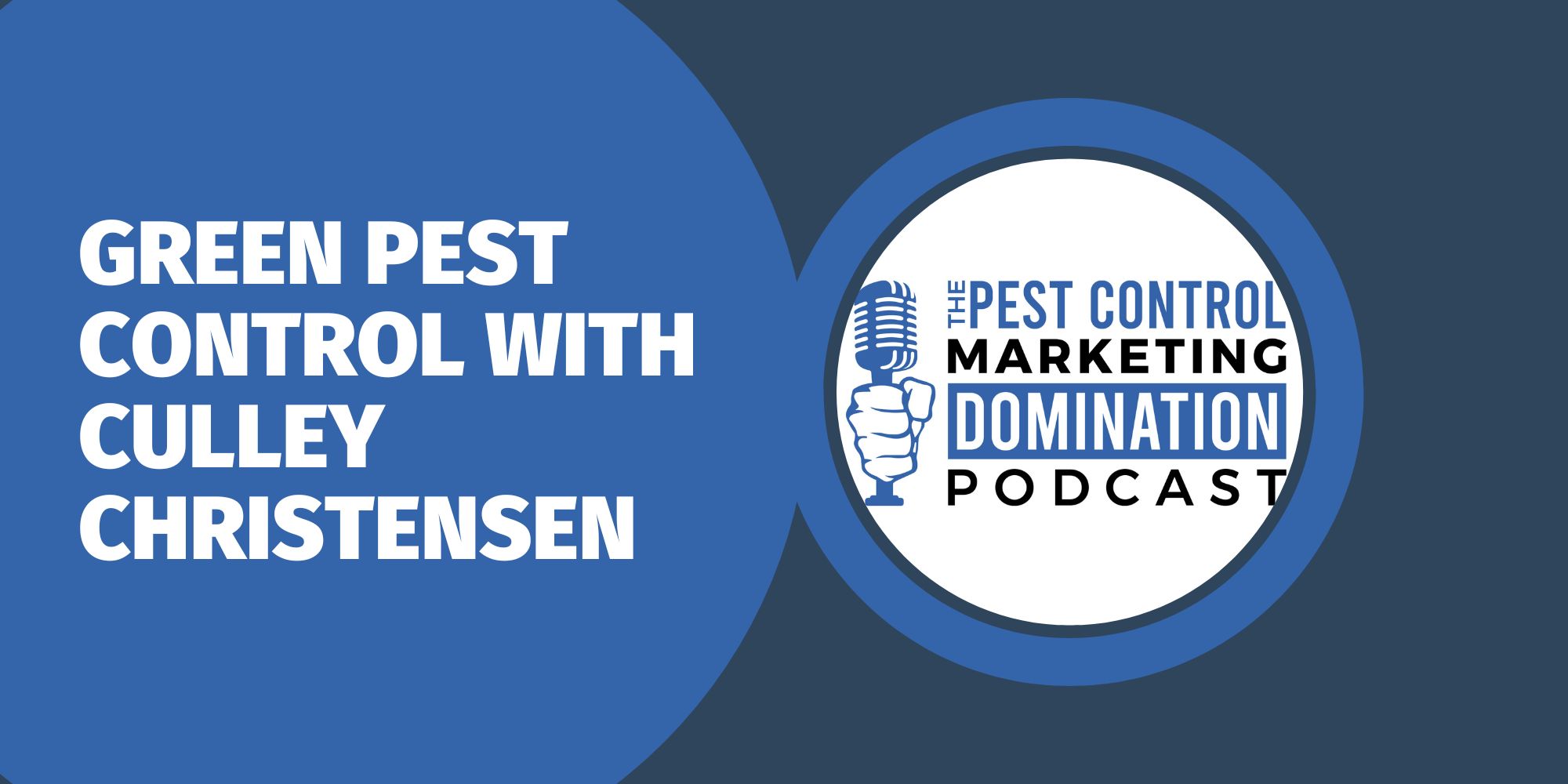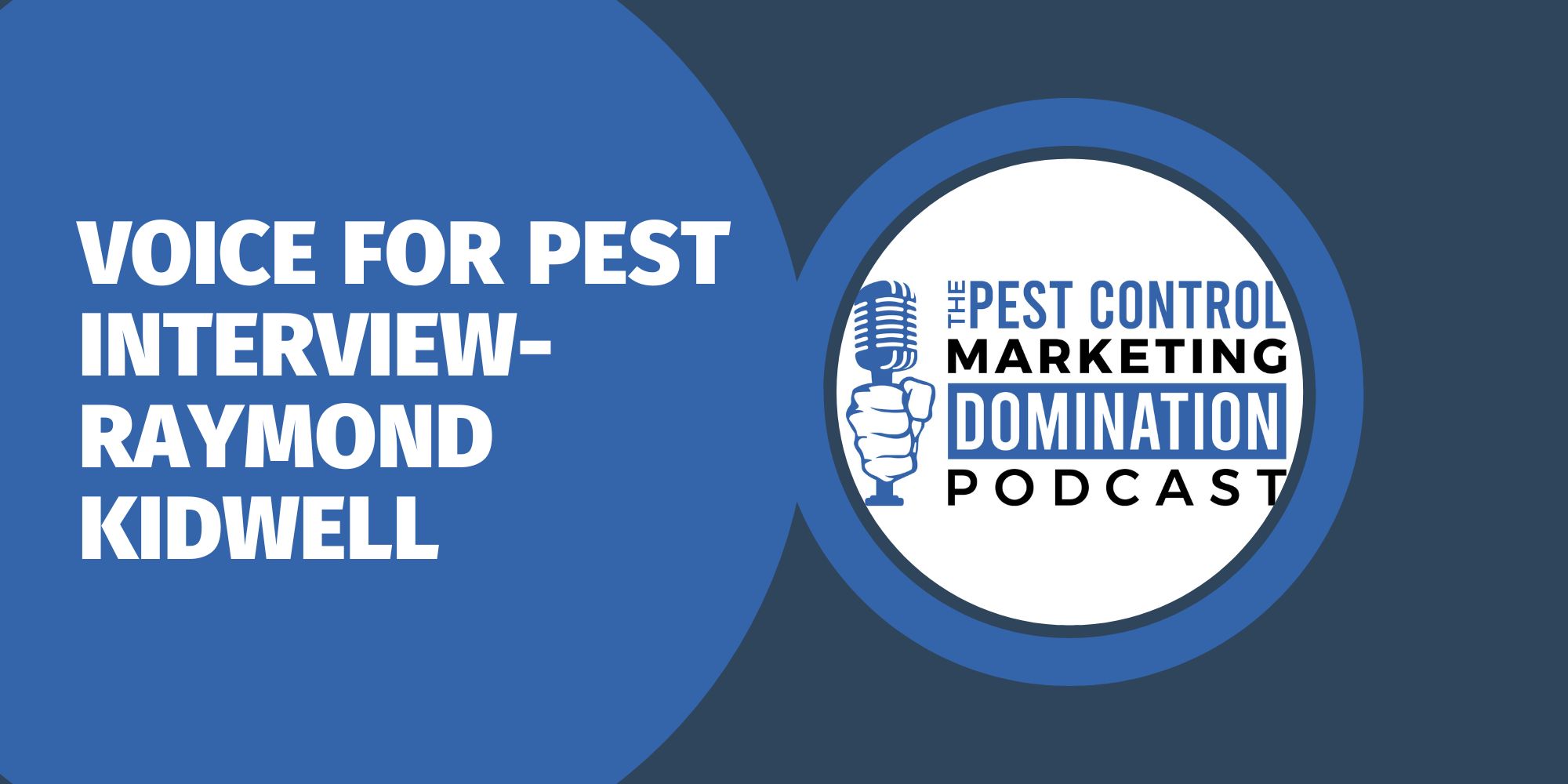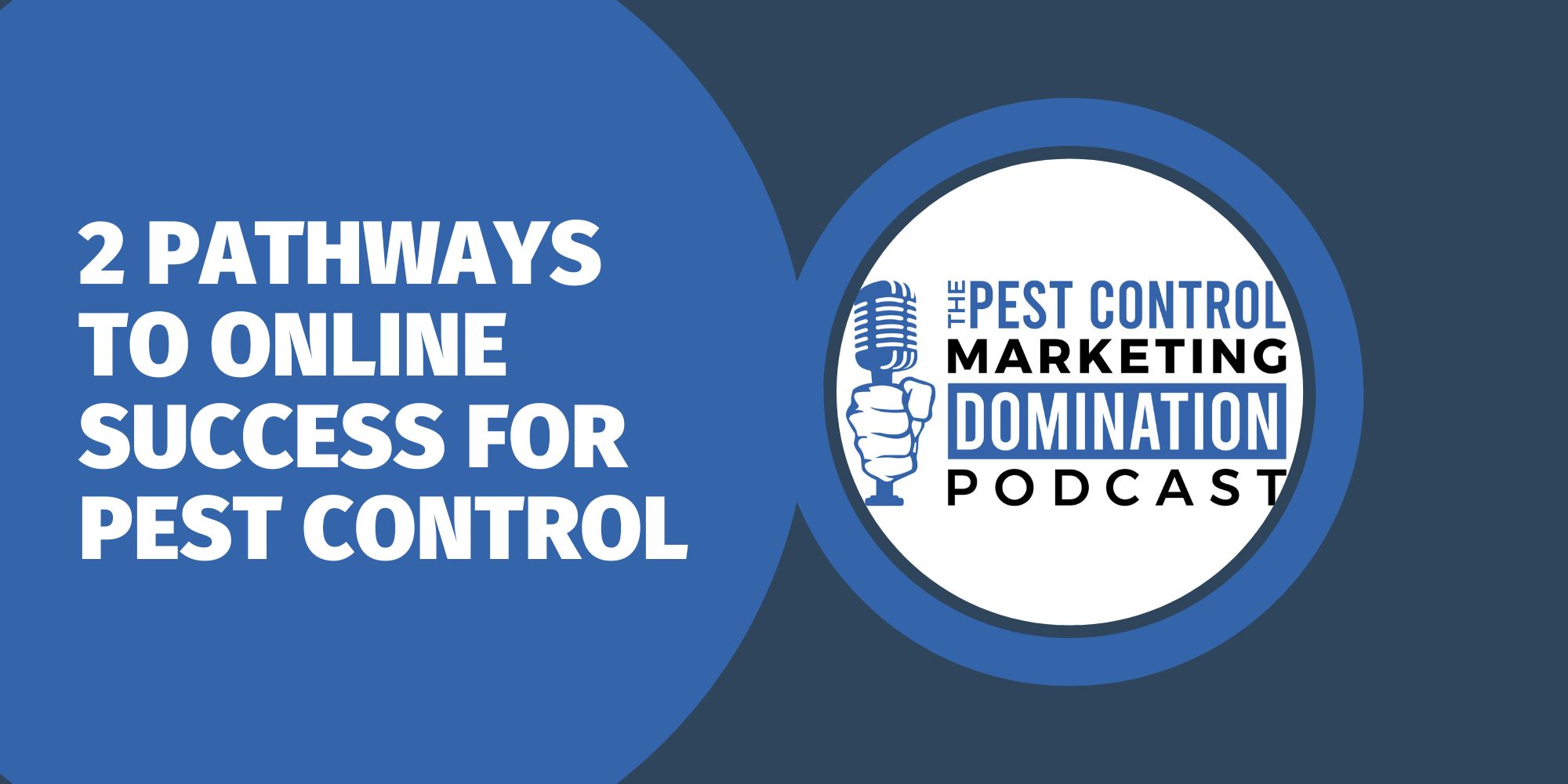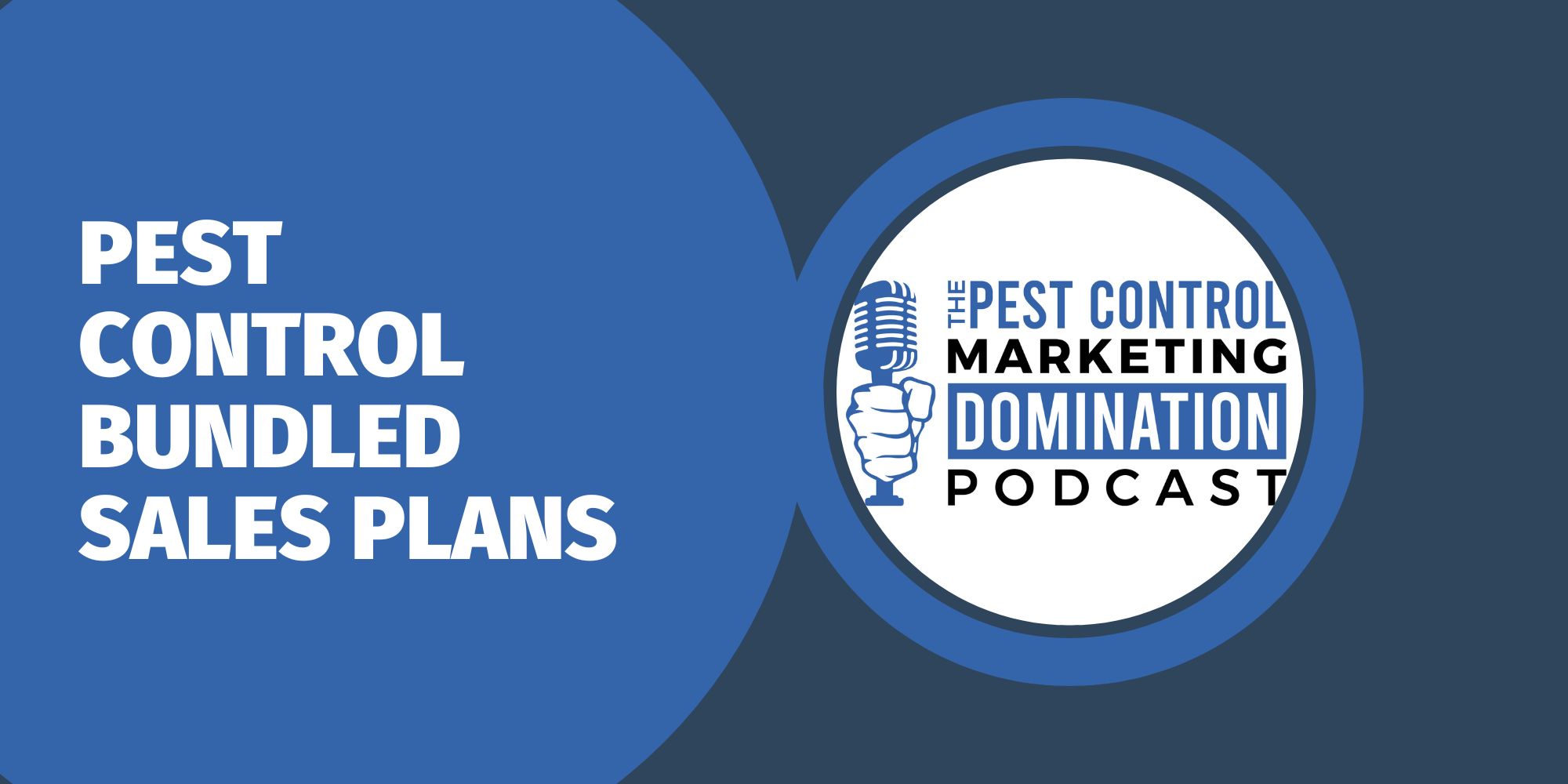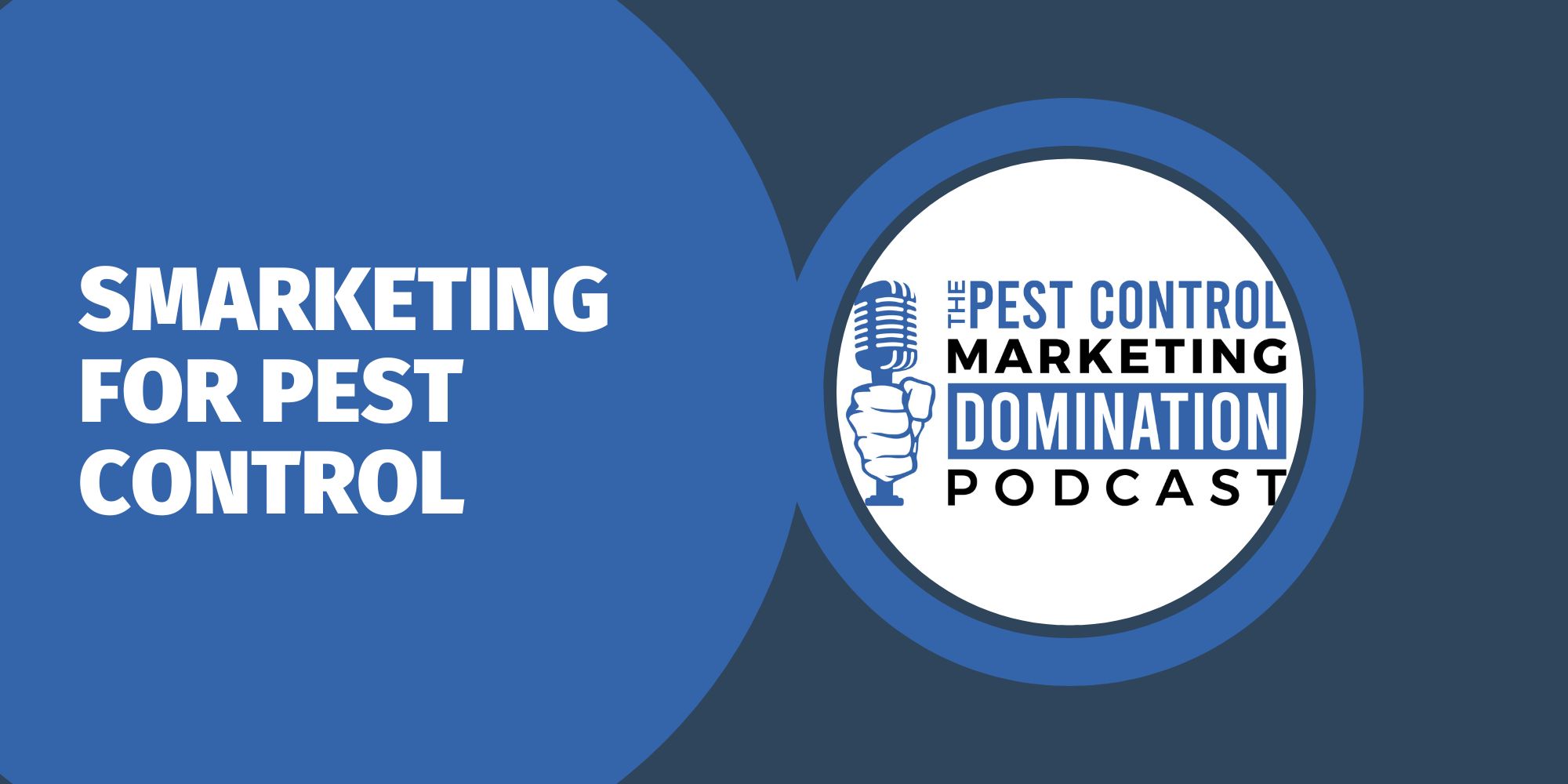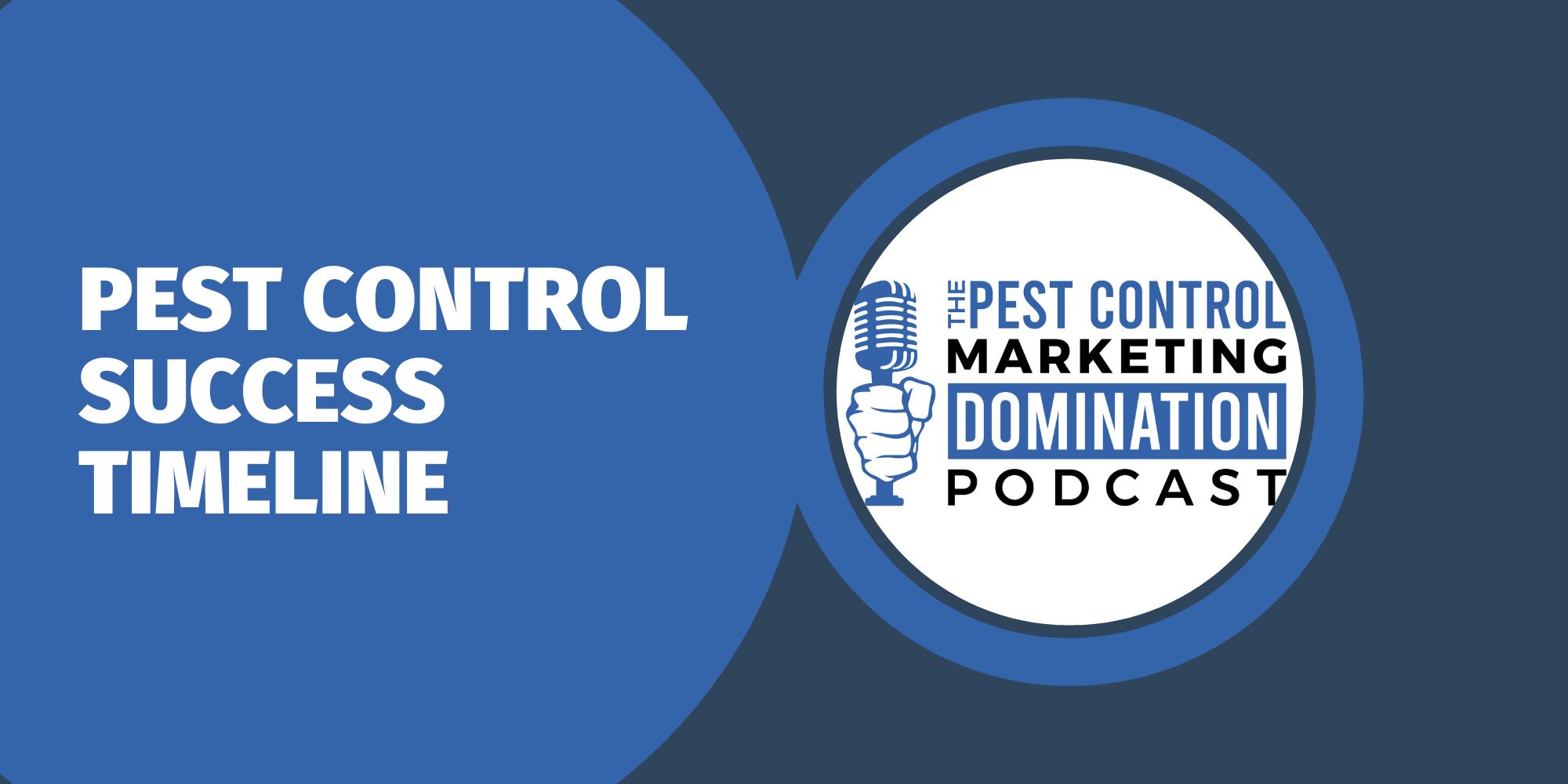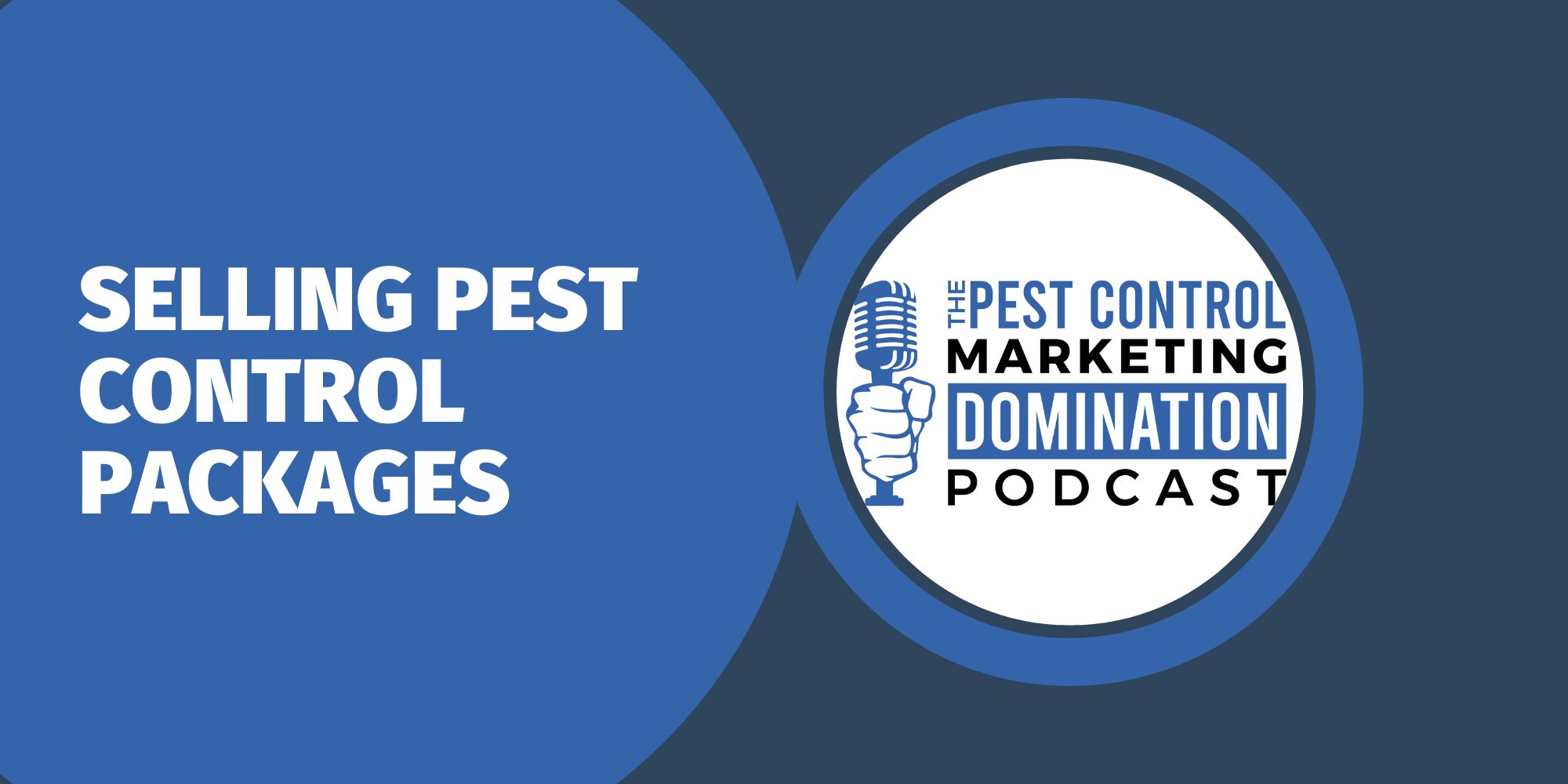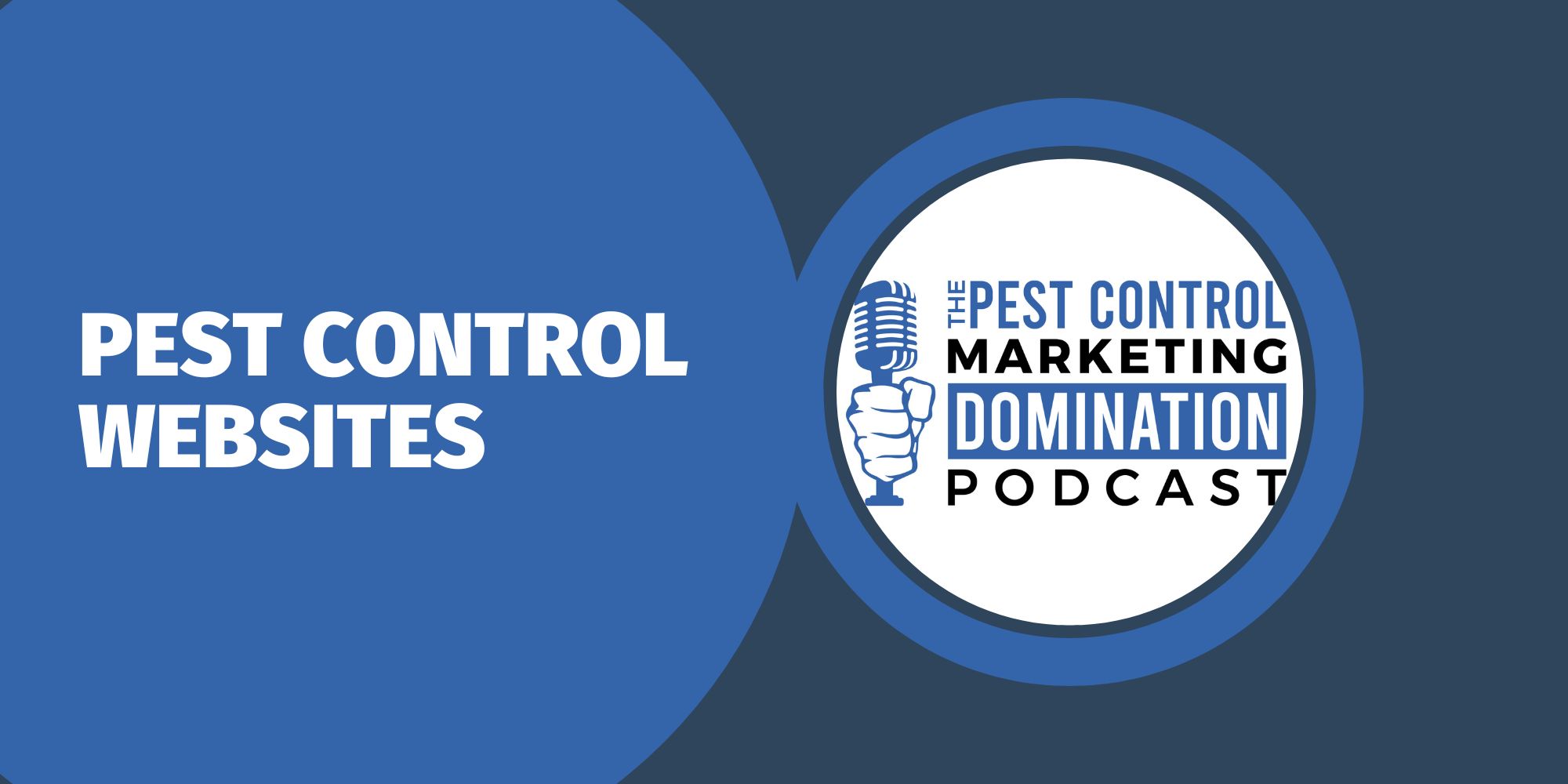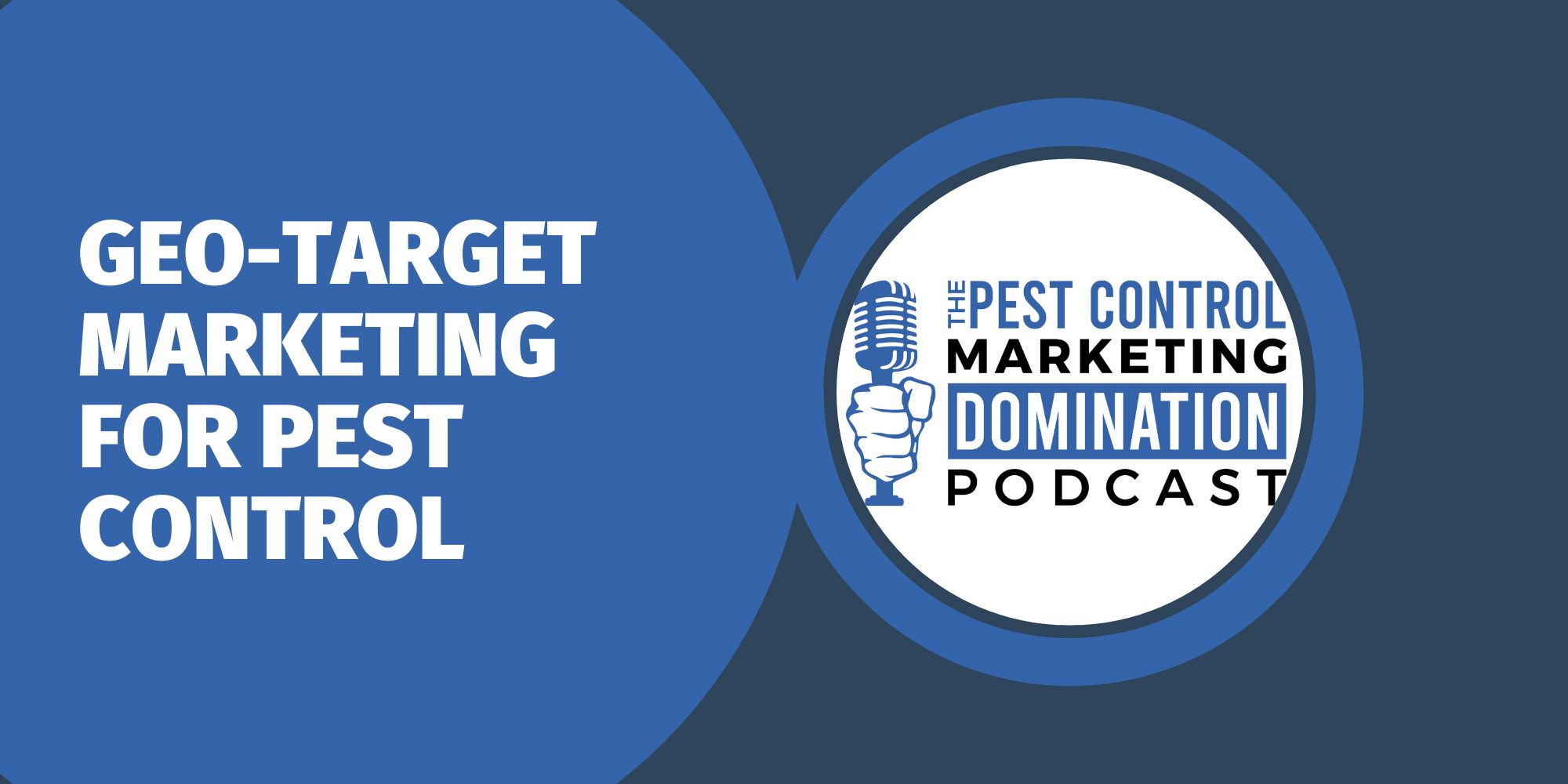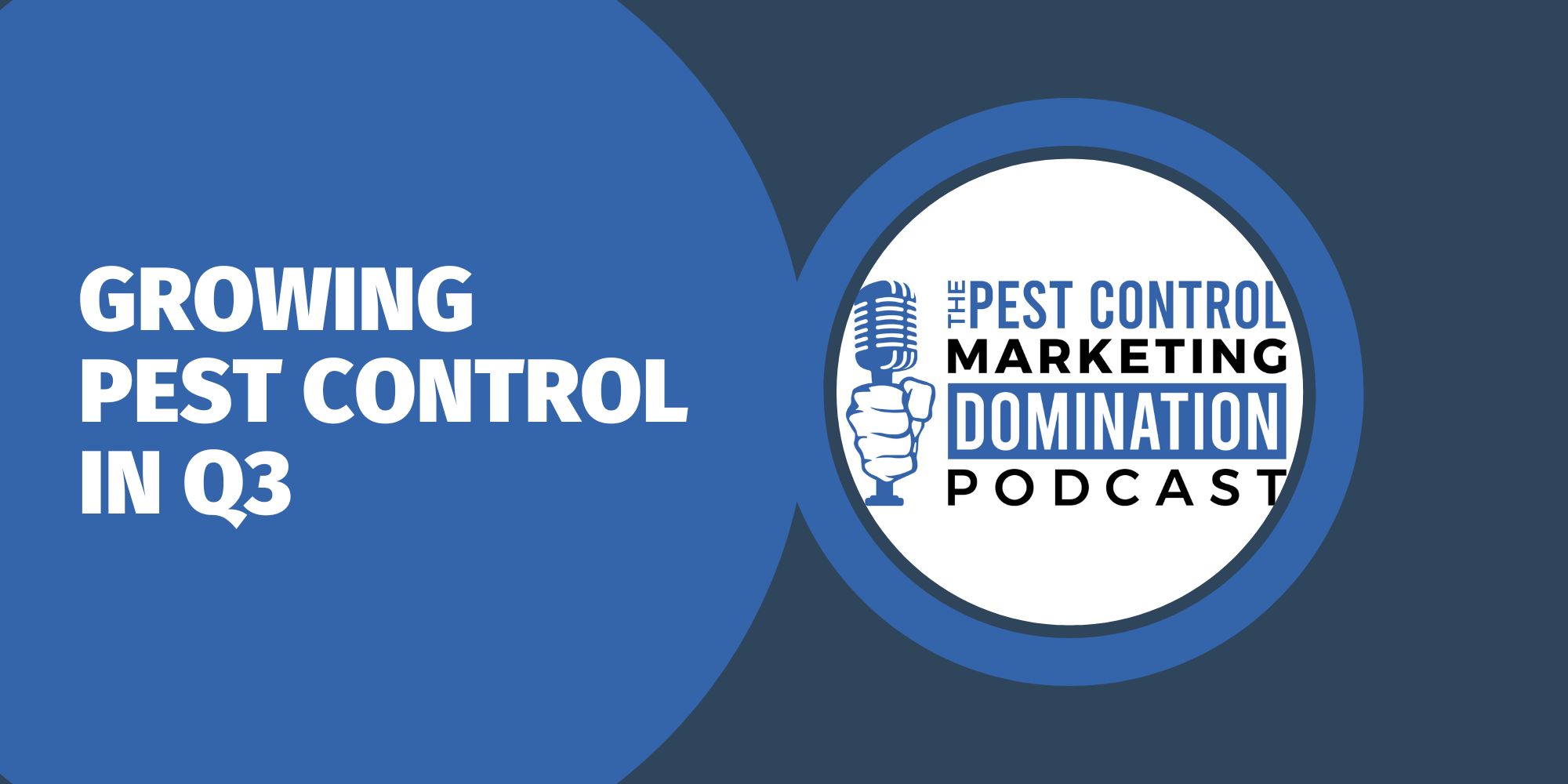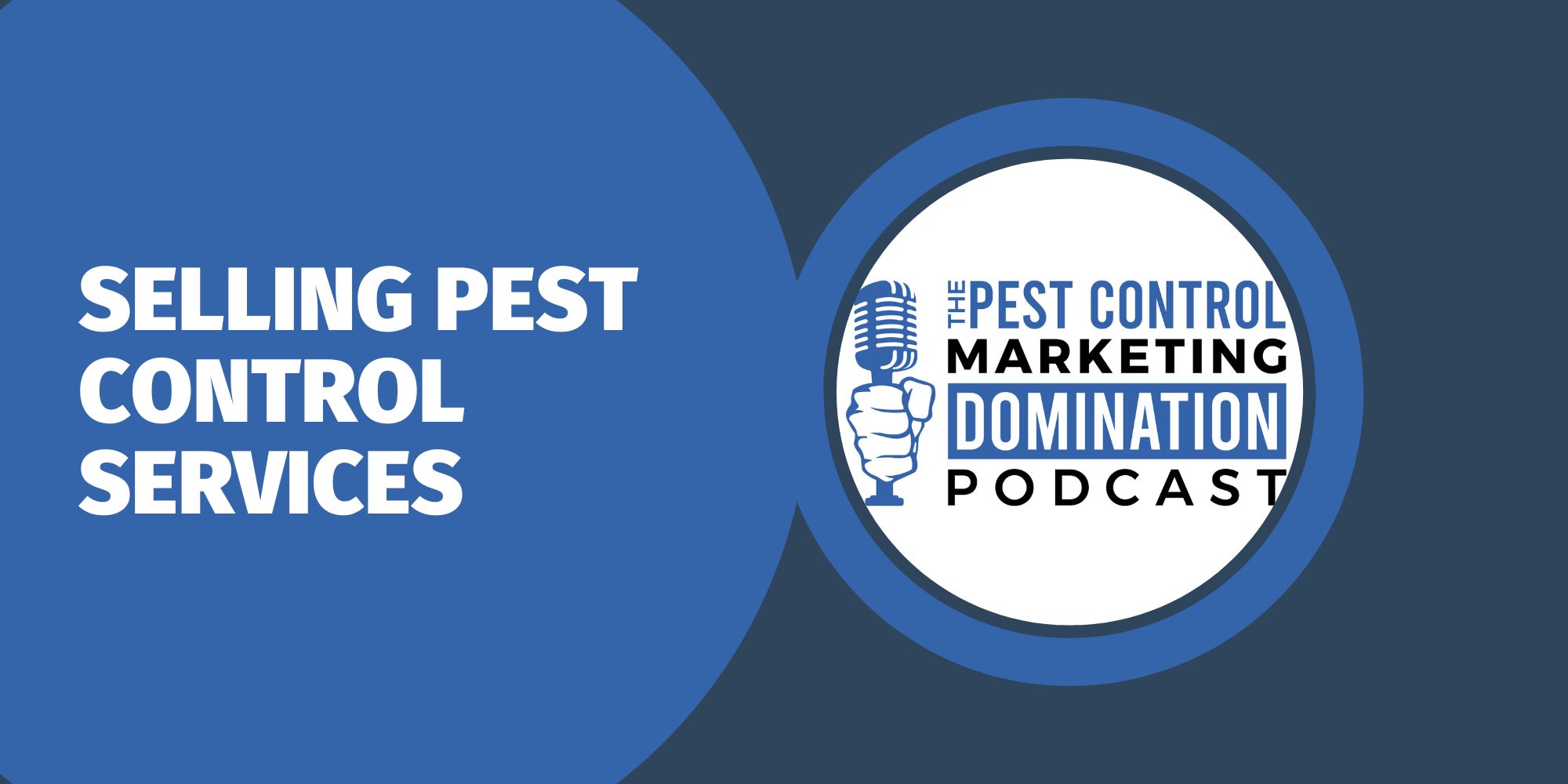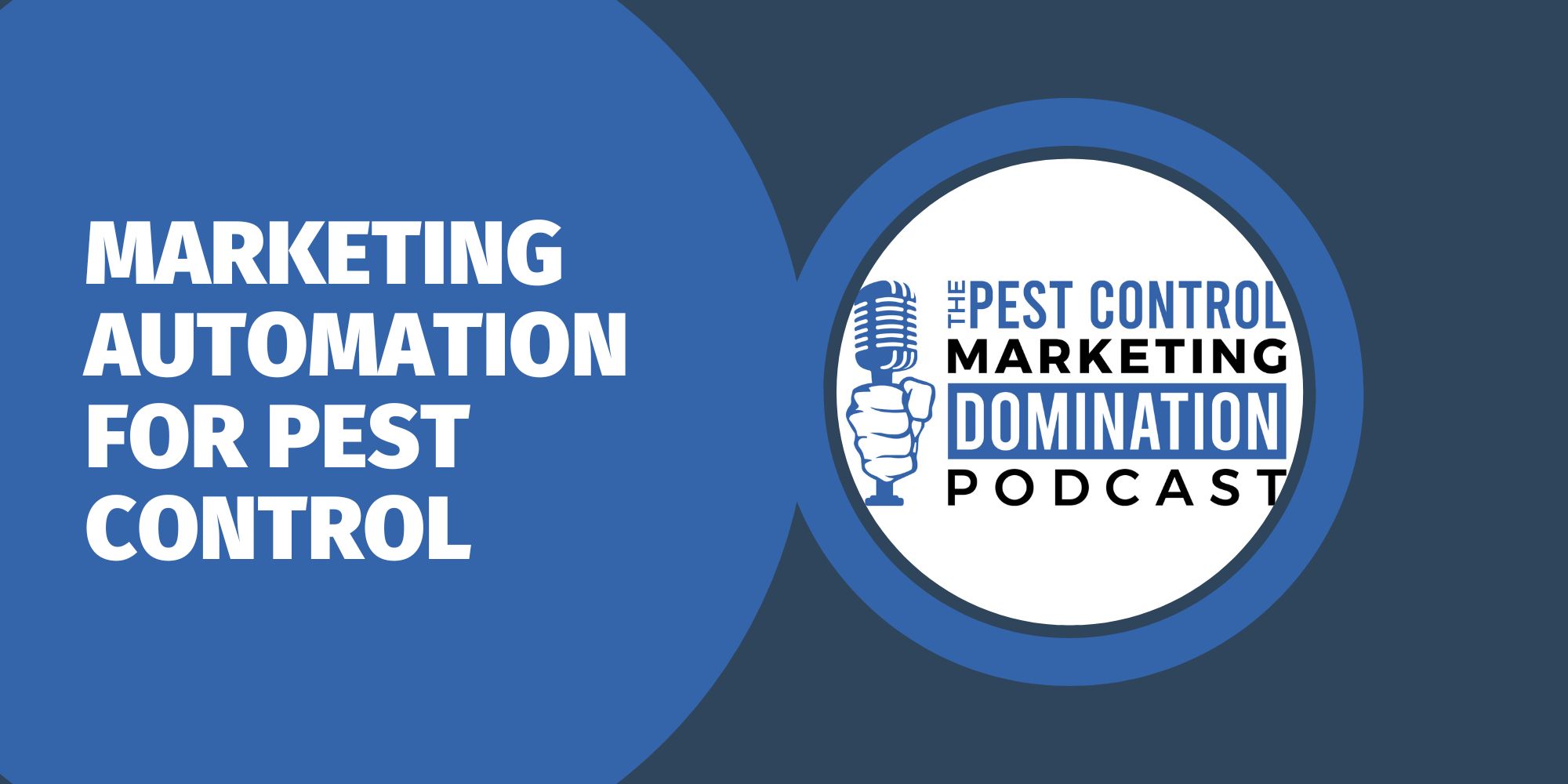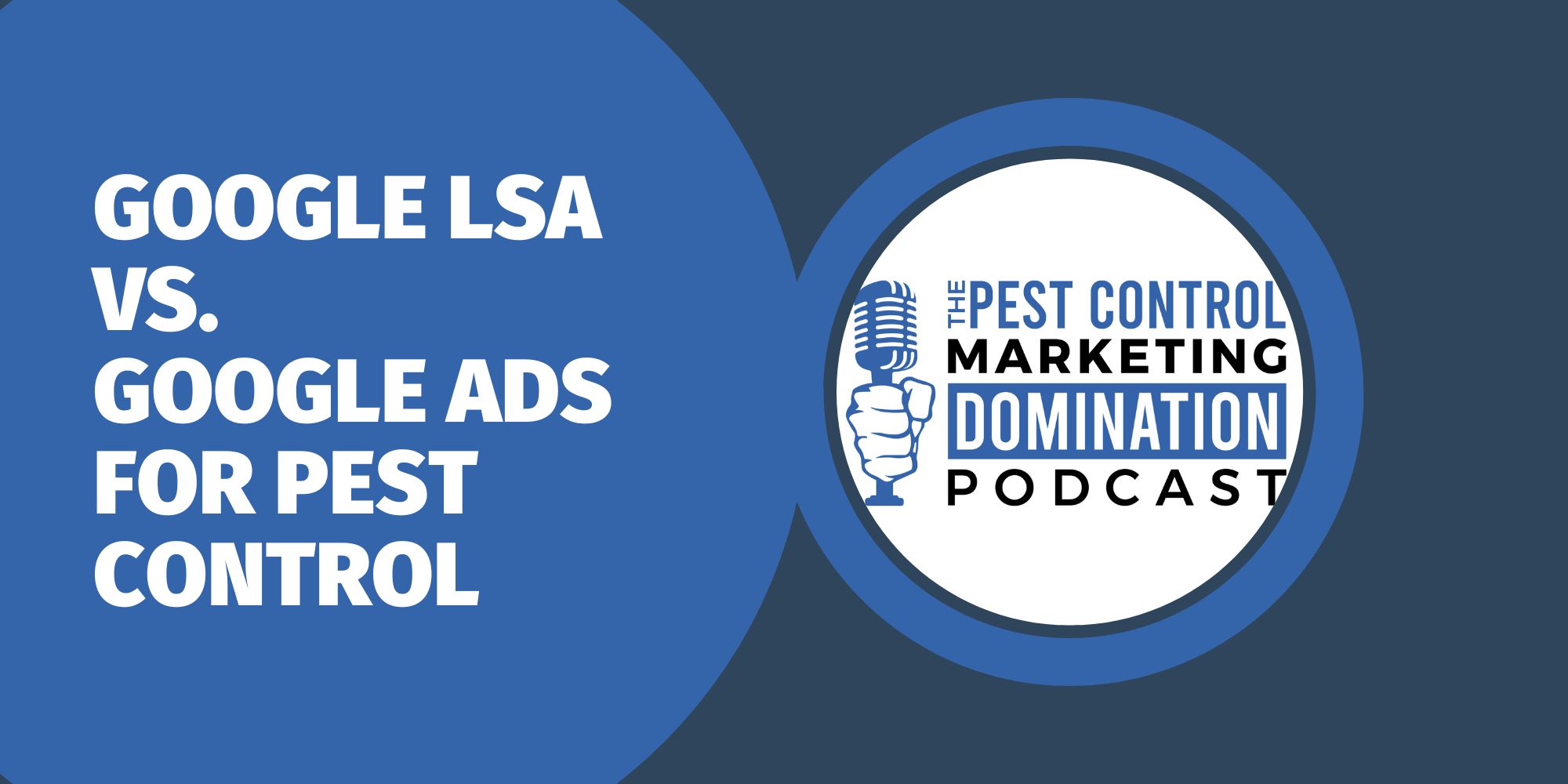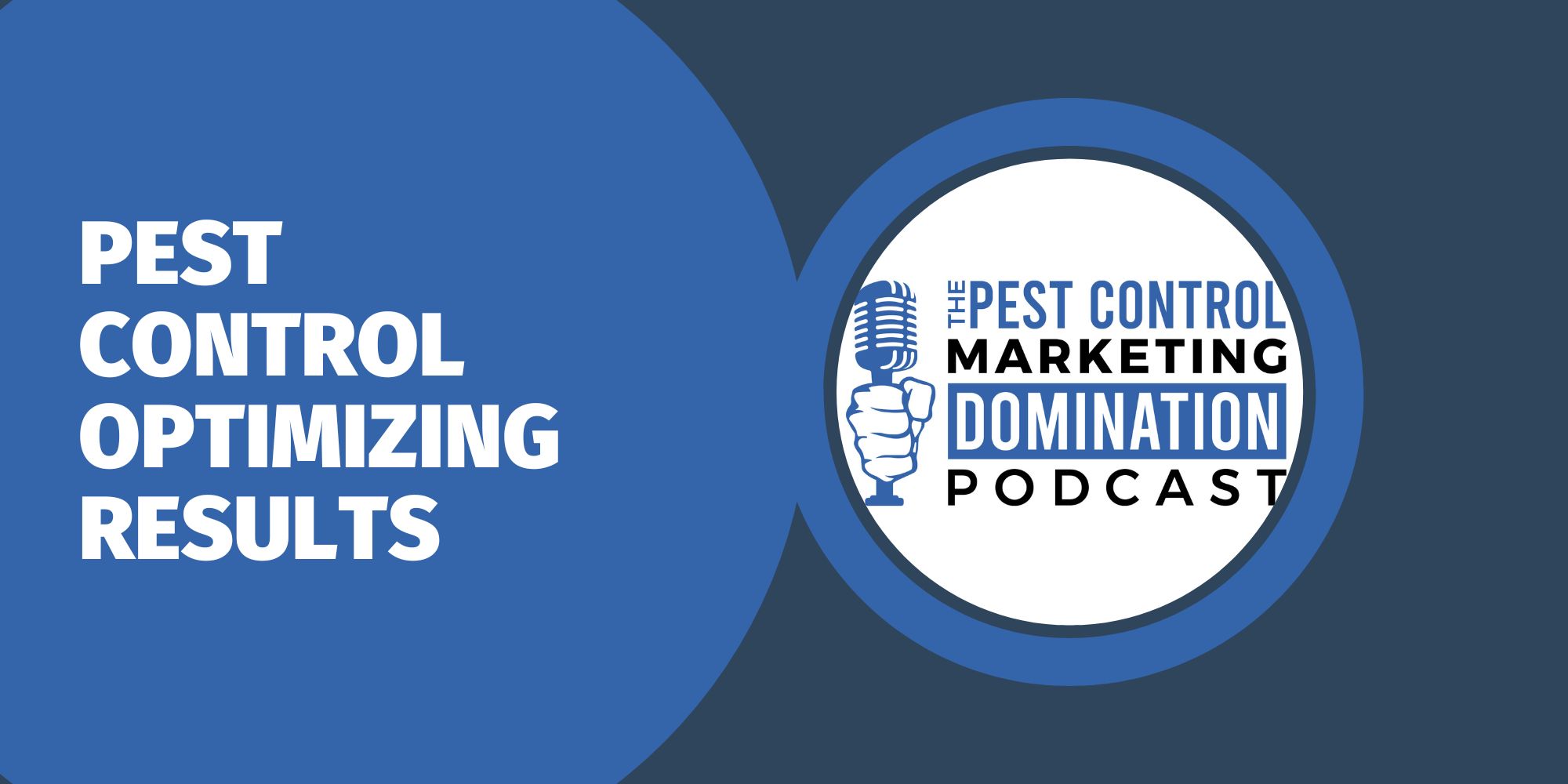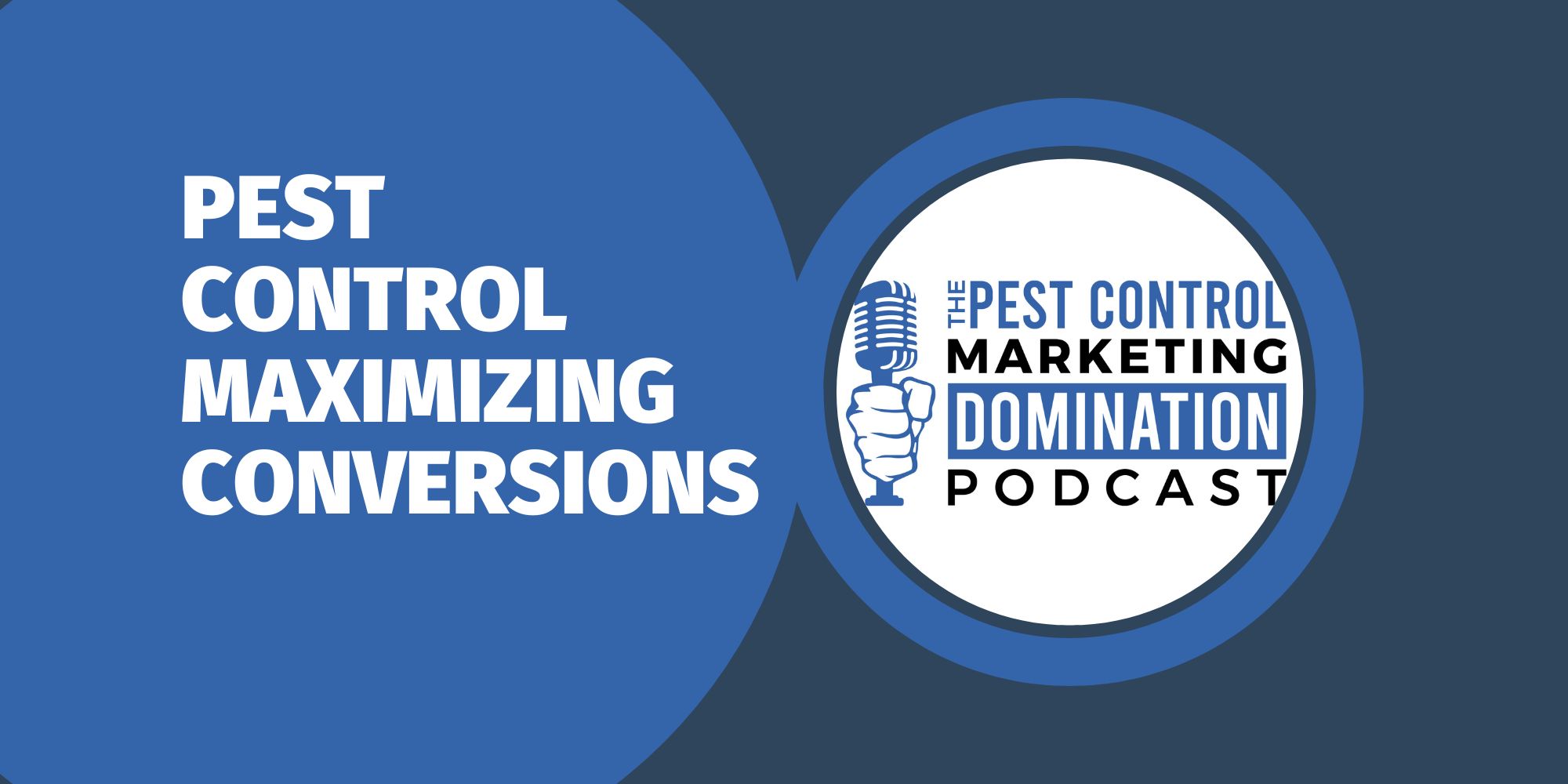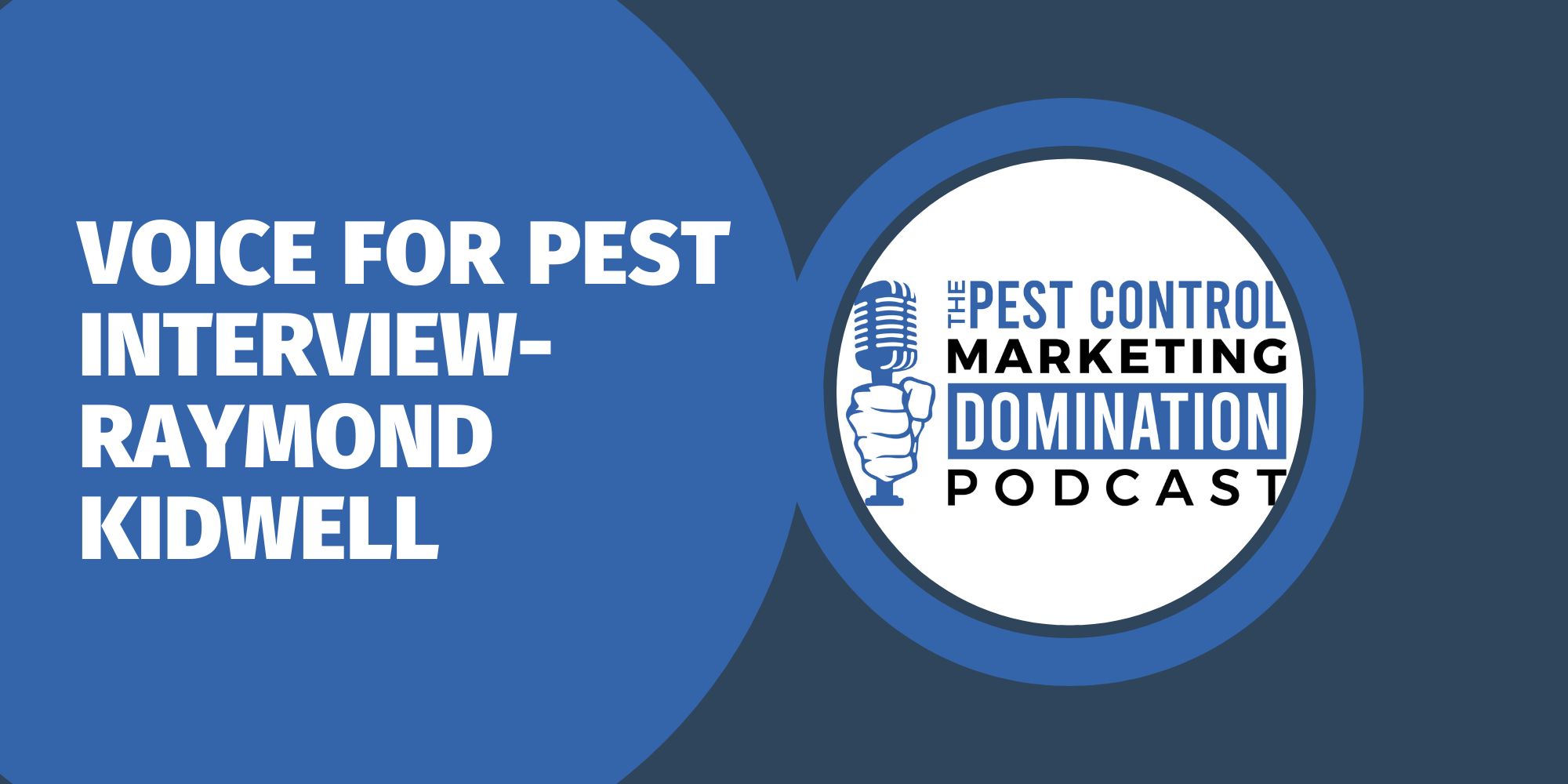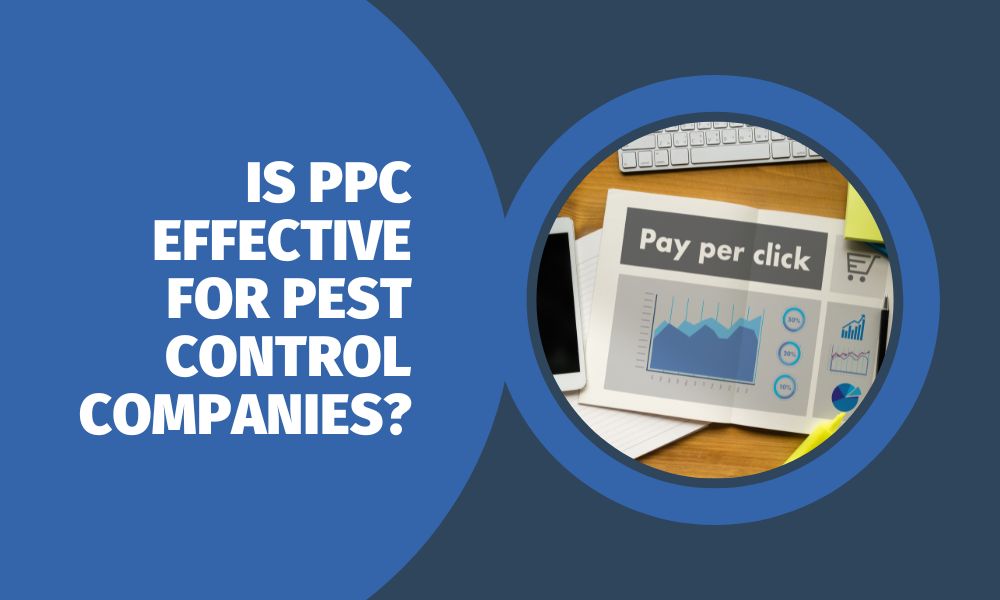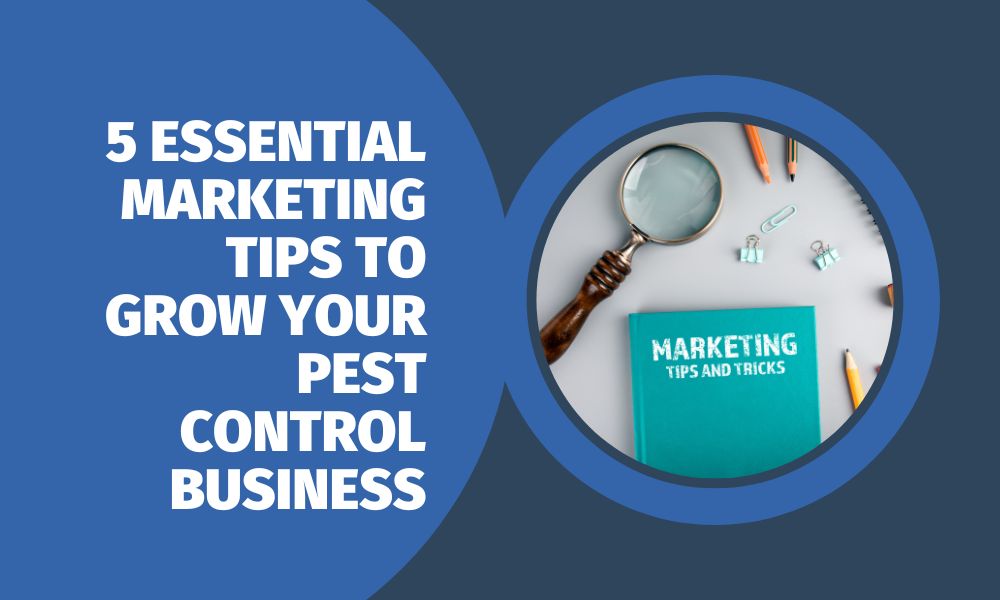A surprising number of pest control businesses are unknowingly leaving money on the table due to underperforming websites. These aren’t just technical hiccups—they’re missed opportunities to attract new clients and grow your company. Improving how people interact with your website can lead to dramatic increases in online bookings and long-term customer relationships.
Just because your site looks clean doesn’t mean it’s built to convert. Sometimes the design is solid, but the underlying strategy is broken—or nonexistent. If you’re wondering why your traffic isn’t turning into phone calls, service requests, or consultations, these are the digital blind spots you need to fix.
1. Your Calls-to-Action Are Underwhelming
One of the fastest ways to lose a lead is by making it unclear what you want them to do. Most pest control sites are filled with passive CTAs like “Learn More” or “Contact Us,” which barely scratch the surface of motivation.
Fix it with clarity and urgency:
- Use action-oriented phrases like “Book Your Inspection Today” or “Claim Your Free Quote.”
- Create multiple conversion opportunities—top banners, mid-content buttons, and footer prompts.
- Emphasize outcome over action: “Schedule now to eliminate pests in under 24 hours” works better than “Request Service.”
Your customers aren’t browsing—they’re looking for fast solutions to stressful problems. Make it easy for them.
2. Slow Page Speed is Killing Your Conversion Rates
You’ve got about three seconds to make a good impression. If your website loads slowly, you’ve already lost half your audience. Page speed isn’t just about convenience—it’s part of your user experience and your SEO health.
Fix it with speed optimization:
- Compress images with next-gen formats like WebP.
- Switch to faster hosting or use a CDN for global delivery.
- Remove outdated or bulky plugins that bog down performance.
- Conduct page speed audits regularly using tools like Google PageSpeed Insights or GTmetrix.
A fast website signals professionalism, reliability, and user respect—qualities your pest control brand must embody.
3. The Content Doesn’t Speak to Your Ideal Customer
If your website reads like a technical manual instead of a relatable guide, you’re probably losing leads. Visitors want reassurance, not jargon. They’re stressed about their pest problems and need to know you can solve them—fast and effectively.
Fix it with customer-focused storytelling:
- Replace industry buzzwords with emotion-driven language.
- Include before-and-after photos, testimonials, and brief case studies.
- Address seasonal or location-specific concerns like “Why termites surge during wet months in Florida.”
- Develop blog posts or service page content targeting long-tail keywords like “how to prepare for pest control treatment” or “best pest control service for apartments.”
When your content echoes what your customers care about most, they’re far more likely to stick around—and take action.
4. Your Site Navigation Is a Maze
Great websites feel effortless. Poor navigation makes potential customers feel like they’re solving a puzzle. That moment of confusion? It’s often where your bounce rate spikes.
Fix it with streamlined UX (user experience):
- Group services logically and keep menus simple.
- Include an FAQ or Help section for common concerns.
- Use breadcrumbs and intuitive headings so users know where they are at all times.
- Ensure contact options are never more than one click away.
Your goal: help users move from curiosity to conversion without friction.
5. The Website Isn’t Built for Conversions
A beautiful site that doesn’t convert is like a flashy brochure tossed in the trash. Design matters—but without persuasive strategy, you’re relying on luck.
Fix it by optimizing your landing pages:
- Test different versions of service pages to see what messaging works.
- Add real-time chat widgets or inquiry pop-ups for engagement.
- Use pest control online bookings that are mobile-friendly and simplified to 3 steps or less.
- Incorporate trust signals—local awards, verified reviews, Google ratings, and partnerships.
Conversion isn’t a guessing game. It’s a strategy built on psychology and testing.
6. Visitors Aren’t Staying Long Enough
If your bounce rate is creeping above 60%, it’s a red flag. Visitors are landing and leaving—fast. That means the page didn’t meet their needs, didn’t load quickly enough, or didn’t compel them to stay.
Fix it by reducing bounce rate through strategic content:
- Publish keyword-rich blogs that rank organically and match user intent.
- Add internal links to relevant service pages to keep visitors moving through your site.
- Embed quick intro videos or step-by-step process explainers.
- Use testimonials and review badges to build immediate trust.
High engagement leads to higher conversions. It’s that simple.
Unlock Your Site’s Potential with Rhino Pest Control Marketing
If you’re tired of wondering why your competitors seem to be winning online, it’s time for a smarter strategy. Rhino Pest Control Marketing takes a microscope to your site’s UX, speed, content, and conversion paths—then gives you the actionable improvements you need to succeed. From bounce rate optimization to tailored calls-to-action for exterminators, we make sure your site works as hard as you do.
Whether you’re just starting out or looking to revamp an established brand, Rhino offers an elite marketing team at your fingertips—minus the heavy payroll. We specialize in turning ordinary pest control websites into extraordinary tools for lead generation, online authority, and client acquisition. With our deep expertise in pest control website conversion, local SEO, content strategy, and digital tools, we help companies like yours rise above the noise.
Your next customer is just one optimized website away. Reach out to Rhino Pest Control Marketing and let our digital team do what they do best.


